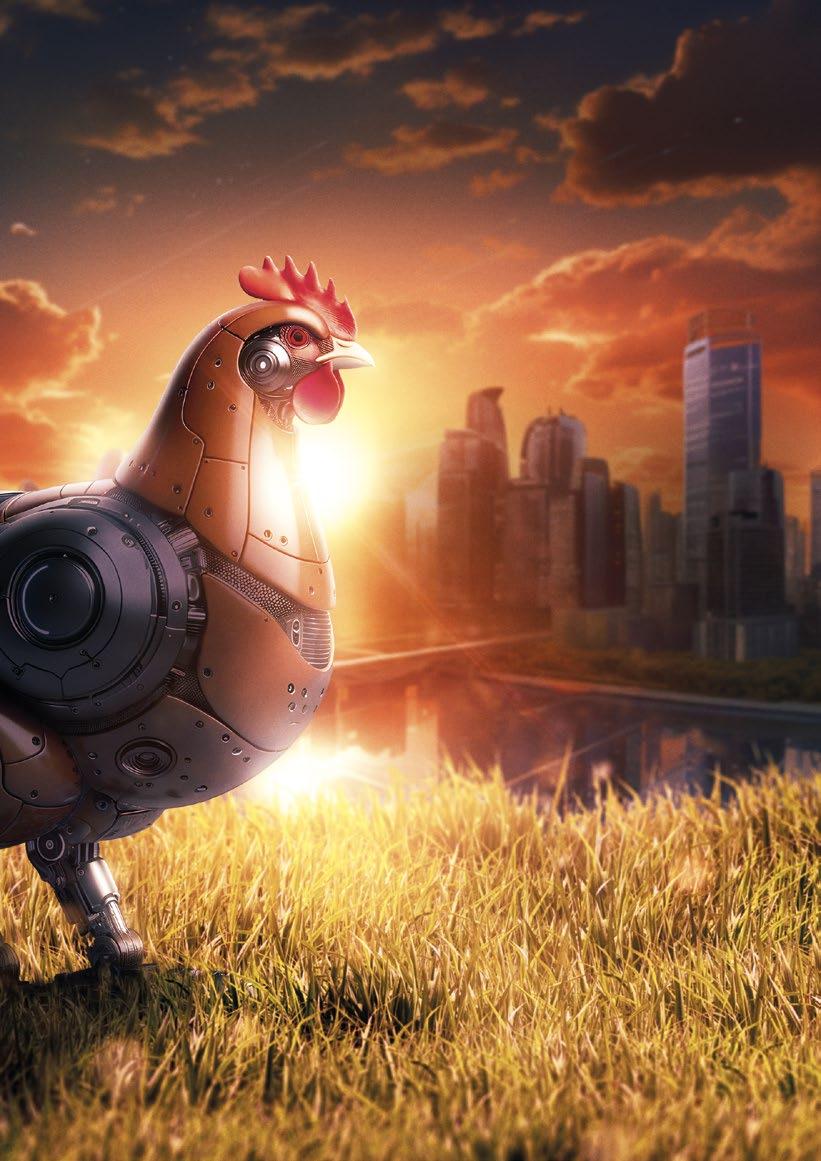
POULTRY FARMING 4.0 HOW TECHNOLOGIES CAN HELP p. 4
Galli MARCH 2024 Issue Nº 16
Rodrigo
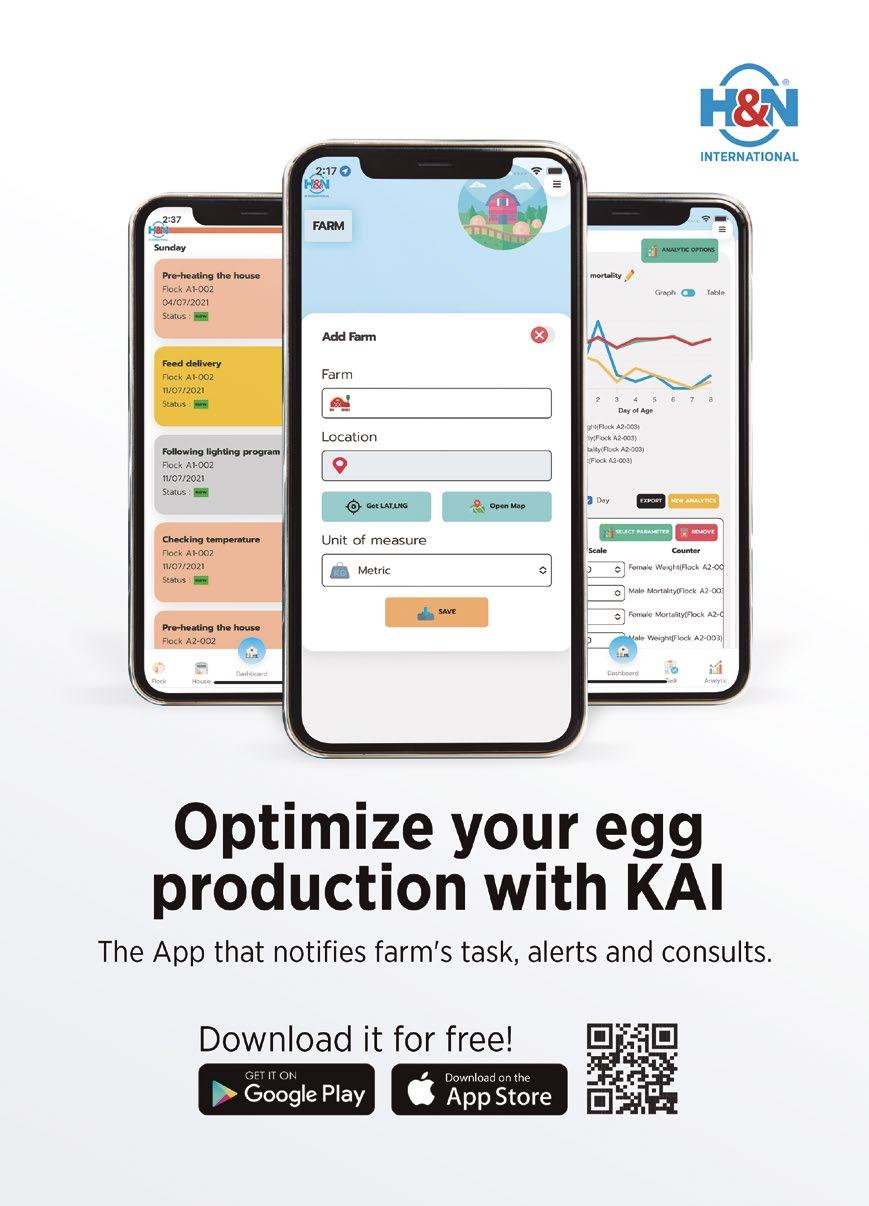
NEW TECHNOLOGIES, BIOSECURITY PRINCIPLES AND SPECIAL DIETARY ADDITIVES IN MODERN POULTRY FARMING

EDITOR
GRUPO DE COMUNICACIÓN AGRINEWS LLC
In this issue we will explore some of the most recent technological alternatives for poultry farm management, a few important principles of biosecurity in the poultry industry and some nutritional options to optimize poultry intestinal health.
Rodrigo Galli presents his vision of which technologies can and are being used to help production efficiency in traditional poultry and elevate it to farming 4.0, making it possible to monitor, prevent and even predict animal performance, based on technologies such as Artificial Intelligence (AI) and Big Data.
We will see in this opportunity a new perspective on some principles of biosecurity in poultry farming with emphasis on the control of enteric syndrome.
There is a need for an automatic tool to detect and analyze the behaviors of chickens and predict their welfare status. That’s why we will see a study for detect broiler chickens at different ages with advanced deep learning models, such as the YOLOv5- CBAM-broiler model and its performance for tracking broilers on litter floors.
Some bacteria affect hatchability; enterococcus infections reduce hatchability and increase early mortality. The average broiler hatchability rate has decreased in the USA in the past decade. This will be discussed further in an article by Dr. Edgar Oviedo.
Since the environment is a key factor in layer poultry farming, we will see that the heat waves occurs when, over an interval of at least 6 consecutive days, the
daily maximum temperature is 5°C higher than the daily average value of the reference period.
Continuing with the theme of the environment, in this edition we will also see an interesting article on the importance of perches, since perching is recognized as one of the natural behaviors of avian species. The importance of perches caused them to be included as a requirement in european regulation.
On the other hand, we present two nutrition articles, one on the importance of Probiotics, Prebiotics and Phytogenic Substances for optimizing gut health in poultry, and another reading about Condensed Tannins and Mycotoxins in Genotypically Brown Sorghums. Both show us advances in the understanding of poultry diets and the importance of ingredient selection.
We will also see in this edition a review of the Avian Influenza Virus (AIV) and its importance as a zoonosis.
For this edition, we had the opportunity to interview a prominent player in the world of poultry farming, Carlos Garcés, president of the European Poultry Conference (EPC) and professor at the University of Valencia (Spain), with whom we had a pleasant chat about the general panorama of European poultry farming and the upcoming XVI European Poultry Conference that AviNews International will attend next June.
ADVERTISING
Luis Carrasco
+34 605 09 05 13 lc@agrinews.es
Nicole Carletti Ramírez
+57 312 391 9330 avinewslatam@grupoagrinews.com
Adoración Guerrero Guzmán
+(34) 664 66 06 05 int@grupoagrinews.com
CUSTOMER SUPPORT
Mercé Soler
EDITORIAL STAFF
José Luis Valls
Osmayra Cabrera
María de los Angeles Gutiérrez
Nicole Carletti Ramírez
Héctor David Corredor Martínez
TECHNICAL DIRECTION
Edgar Oviedo

COLLABORATORS
Eduardo Cervantes

info@grupoagrinews.com
avinews.com
grupoagrinews.com
Free
Subscription
Enjoy and learn!
distribution magazine
AT VETERINARIANS AND TECHNICIANS
Legal Deposit B11597-2013
AIMED
aviNews
Project /
Images: Noun
Freepik/Dreamstime
price 125$
Poultry farming 4.0 How technologies can help 04

AviNews Br team and Rodrigo Galli
Rodrigo Galli presents his vision of which technologies can and are being used to help production efficiency in traditional poultry and elevate it to farming 4.0, making it possible to monitor, prevent and even predict animal performance.
10

Principles of biosecurity in poultry farming with emphasis on the control of enteric syndrome - a new perspective
Dra. Masaio Mizuno Ishizuka
Professor of Epidemiology of Infectious Diseases at the Faculty of Veterinary Medicine and Zootechnics of the University of São Paulo (FMVZ-USP)
In the context of animal health, the prophylaxis of infectious diseases in poultry populations, whether for prevention or control, is always directed at the population of a given geographical area (Animal Health) or at poultry facilities (Veterinary Preventive Medicine/Biosecurity).
Perching for broiler breeders 18

Edgar O. Oviedo-Rondón
Prestage Department Poultry Science, North Carolina State University, Raleigh, NC, USA
Perching is recognized as one of the natural behaviors of avian species. The importance of perches caused them to be included as a requirement in European regulation.
24

Management of breeder males for better performance understanding the physiology of males helps design the best management strategies

Gabriel Novaes1 and Luciano Keske 2
Veterinarian and Animal Reproduction Specialist at Cobb-Vantress Veterinarian and Associate Director of Technical Service at Cobb-Vantress for Latin America and Canada
The rearing phase of breeding males is extremely important to achieve good fertility and hatch from males later in production.
30

Enterococcus infections reduce hatchability and increase early mortality
Edgar O. Oviedo-Rondón
Prestage Department Poultry Science, North Carolina State University, Raleigh, NC, USA
Some bacteria affect hatchability; enterococcus infections reduce hatchability and increase early mortality. The average broiler hatchability rate has decreased in the USA in the past decade.
38

Detecting broiler chickens at different ages with advanced deep learning models
Lilong Chaii
Department of Poultry Science, University of Georgia, Athens
Daily evaluation of broiler well-being and growth, which is labor intensive and subject to human errors, is conducted manually. Therefore, there is a need for an automatic tool to detect and analyze the behaviors of chickens and predict their welfare status.
2 aviNews International March 2024


Heat waves and the importance of the environment in poultry farming posture
Alessandra Arno1 & Iran José Oliveira da Silva2
1Zootechnician - Researcher Nupea - Esalq 2Nupea Researcher - Esalq
Since the environment is a key factor in layer poultry farming, we will see that the heat waves occurs when, over an interval of at least six consecutive days, the daily maximum temperature is 5°C higher than the daily average value of the reference period.
H&N Technical Department
The genetic potential of the H&N layers is remarkable, and thanks to constant investments in our breeding program, will keep on improving.


Feeding management in layers 44 62 54
Probiotics, prebiotics, and phytogenic substances for optimizing gut health in poultry. Part 1


Juan D. Latorre1 , Sakine Yalçin2 , Guillermo TellezIsaias1 , Hafez M. Hafez 3 et al.
1Department of Poultry Science, University of Arkansas, USA.
2Department of Animal Nutrition and Nutritional Diseases, Faculty of Veterinary Medicine, Ankara University, Turkey.
3Institute of Poultry Diseases, Faculty of Veterinary Medicine, Free University of Berlin, Germany.
The permeability of the intestinal tract controls the uptake of nutrients and the transport of unwanted extracellular substances such as bacteria and xenobiotics, in addition to the nondigested substances. Therefore, gut health plays an essential role in the pathogenesis of various intestinal disorders.
72

Avian influenza zoonosis
MVZ, MC, DCV Gary García-Espinosa
Professor, Department of Avian Medicine and Zootechnics, School of Veterinary Medicine and Zootechnics, Universidad Nacional Autónoma de México
This article is a review of the Avian Influenza Virus (AIV) and its importance as a zoonosis. Let us remember that AIV belongs to the species influenza virus type A, family Orthomyxoviridae, genus Alphainfluenzavirus based on the International Committee of Viral Taxonomy.
80

Interview with Carlos Garcés Narro
PhD Carlos Garcés Narro
President of the European Poultry Conference (EPC) and professor at the University of Valencia (Spain)
We had a chat with Professor Carlos Garcés Narro about the general panorama of European poultry farming and the upcoming XVI European Poultry Conference that AviNews International will attend next June.
88

Condensed tannins and mycotoxins in genotypically brown sorghums: a new challenge to overcome in poultry production
Dr. Marta Jaramillo
DVM, MS, PhD in Agricultural Sciences
Mycotoxicology – Nutrition – Research Independent International Advisor
This report highlights relevant concepts related to the toxicology of genotypically brown sorghums (GBS), emphasizing aspects related to their intrinsic and extrinsic toxicities.
TECHNICAL direction


Edgar Oviedo Professor, Extension Poultry Specialist Technical Direction
Eduardo Cervantes International Poutry Processing Consultant Technical Direction
TECHNICAL partner avinews.com
3 aviNews International March 2024

POULTRY FARMING 4.0
HOW TECHNOLOGIES CAN HELP
Now that we understand how technologies can help producers and industry in poultry farming 4.0, Rodrigo Galli presents his vision of which technologies can and are being used to help production efficiency in traditional poultry and elevate it to farming 4.0.
In this issue he shows us how they are used in practice.

 AviNews Br team and Rodrigo Galli
AviNews Br team and Rodrigo Galli
aviNews International March 2024 | Poultry farming 4.0: how technologies can help Interview 4

Poultry 4.0 tools play a crucial role in the efficiency of poultry production, making it possible to monitor, prevent and even predict animal performance, based on technologies such as Artificial Intelligence (AI) and Big Data.
Computer vision, for example, using deep learning, is able to monitor birds' behavior, identifying signs of health, disease or stress, as well as evaluating the weight, volume of feed, number and egg quality.


The AI also makes possible to do precise production predictions, such as the ideal time for slaughter based on marketing targets, feed consumption, egg production and bird weight.
In addition, automation plays a fundamental role, enabling tasks such as feeding, weighing, temperature adjustment and egg collection in an automated way, which increases the efficiency of the operation.
The application of these technologies in a practical way is divided into: Technologies for feed mills.
Poultry houses.
Health. Management.
Let's start with the technologies that can be applied in the feed mill
aviNews International March 2024 | Poultry farming 4.0: how technologies can help Interview 5

FEED MILL PLANT
I mention three main types of NIR technologies (Near Infrared Spectroscopy) frequently used in feed mills. Bench (or Laboratory) NIR: This equipment is usually found in quality control laboratories. They are used for accurate analysis and detailed nutritional composition of ingredients and feed, and may some cases even analyze the impact of soybean processing and DDG. The samples are prepared and analyzed directly on the equipment, providing results in seconds.
Portable NIR: Portable NIR devices are compact and mobile that can be taken directly to suppliers of raw materials, feed mills or poultry farm installations With internet connection, they can send data in real-time for analysis and decision making.
NIR In-line (or On-line): These systems are designed to be installed directly on the production lines feed mills and analyze the ingredients in real time, allowing immediate adjustments to formulation and dosage, guaranteeing the consistency of feed batches .
We also have Process Automation, which consists of automated systems for dosing and mixing feed, reducing errors and increasing efficiency, as well as Data Traceability, which are systems for collecting and recording data in real time, making it possible to trace the origin of ingredients and control the quality.

The data generated can still compose big data and generate analyzes that encompass data from poultry production, finding areas to improve in the productive processes.
aviNews International March 2024 | Poultry farming 4.0: how technologies can help Interview 6

POULTRY HOUSES
In the case of 4.0 technologies for poultry houses, several have already been implemented. Their use makes the indicators more reliable for the poultry farmer. Consequently decision making while the birds are still inside the house is more efficient and accurate. These technologies include:
Automatic scales: Scales that monitor bird weight, making it possible through weight control to adjust feeding and identify health and welfare problems in a customized way related to weight variations.
Environmental sensors: Humidity, temperature and air quality sensors, guaranteeing an ideal environment for the birds. They can be isolated or even associated with scales. There are already autonomous robots that move around poultry houses measuring these parameters.
Cameras with computer vision: Cameras that monitor the birds' behavior, calculate their weight, count the animals, as well as the eggs, and classify them (dirty, cracked, etc.). The cameras can also be used to measure the volume of feed in the silos and thus estimate feed consumption/CA.
Autonomous robots: Robots that perform various functions, from moving the birds to stimulate consumption to identifying dead birds and collecting eggs. They can also check the litter and even collect images of droppings to identify the bird's health status (chickenboy). Robots are not used on a large scale in Brazil, but companies and universities such as ESALQ are developing prototypes.
Automation panels: Panels connected to sensors that automatically control systems such as ventilation, lighting and power.
Monitoring feed in the silo
Guided Wave Radar Sensor: This sensor uses radar waves to accurately measure the level of feed in the silo, allowing for more efficient control of feed supplies.
Silo feed monitoring with Laser Scanners: Laser scanners scan the level of feed in the silo, providing real-time information on available feed stocks. Can also be used in grain silos.
Monitoring feed in the silo with Load Cells: Load cells installed under the silos measure the weight of the remaining feed, providing accurate data for replenishment planning. The most modern cells connect to the internet and send data to an app available on a cell phone or computer.
Silo feed monitoring with tension sensor: This sensor measures the tension in the silo's suspension cable, indirectly indicating the feed level. Based on the tension, it is possible to determine how much feed has been consumed.
These additional examples highlight how Poultry Farming 4.0 incorporates a wide range of monitoring technologies to ensure adequate feed supply, optimizing bird feeding and improving production efficiency. It's also important to keep the following question in mind: are we training employees in these technologies?

aviNews International March 2024 | Poultry farming 4.0: how technologies can help Interview 7
HEALTH

Preventive flock health monitoring: Digital pathogen monitoring of poultry flocks through the collection of excreta and the use of qPCR, which allows poultry producers to continuously monitor and quantify gastrointestinal (GI) pathogens quickly, accurately and reliably, with early warning of pathogen levels - allowing them to take effective preventive action, fast, accurate and reliable, in a non-invasive way.
MANAGEMENT

1
Decision Support System (DSS) - The data collected generates reports and insights that help with management and decision-making. The data is unified on a single platform, allowing an overview of the entire chain, with traceability and transparency of the business enabling the company to work with Blockchain.


2
Blockchain (a distributed ledger technology that allows you to track and manage information securely and efficiently):
Improves supply chain transparency: the Blockchain can be used to improve the transparency of the poultry supply chain. This can help ensure that consumers have access to information about how poultry food has been produced.
3
Dynamic planning: The data makes it possible to plan for the short and long term dynamically, optimizing processes and maximizing production.
4
Through the alarms, technicians can see where there are problems and optimize their visits to the poultry houses that need support, searching for all the data stored on that batch to get to the root of the problem. This optimizes their time and the company's resources, as well as making their work more efficient.
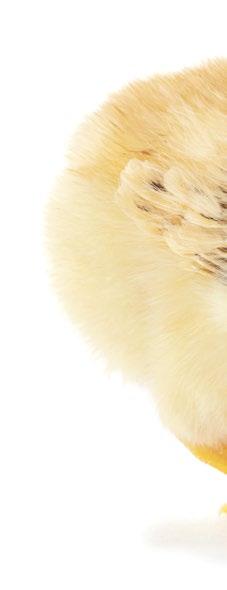
aviNews International March 2024 | Poultry farming 4.0: how technologies can help Interview 8

From these technologies Rodrigo also highlights the ability to control the farm environment intelligently. AI can regulate temperature, humidity and air quality, providing a more comfortable and productive environment for the birds.
These technologies, combined, enable more effective planning of production, optimizing processes, improving welfare and increasing overall productivity.
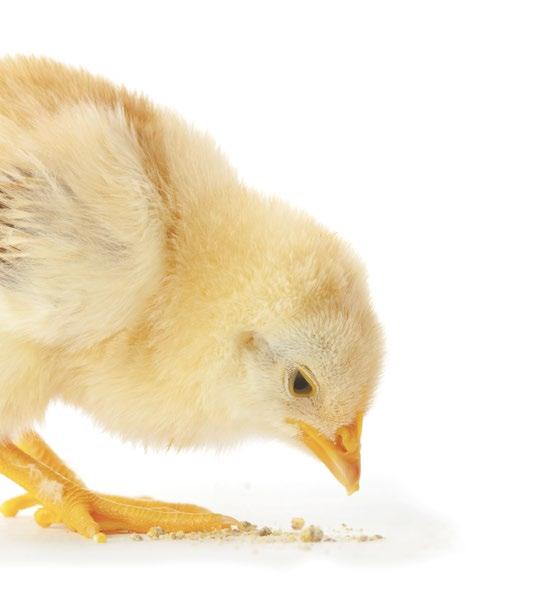
Poultry 4.0 tools go beyond monitoring and prediction . Variations in parameters outside acceptable limits, detected by sensors or data entered into cell phones, are quickly identified and generate alarms. These alarms notify the actuators, which can be automated systems, of the problem, allowing corrective action to be taken immediately.
In addition, AI plays a central role in generating performance predictions for each flock of birds.
These models can be adjusted according to new data, creating data, creating scenarios that guide the achievement of slaughter or egg production targets.
This continuous cycle of analysis, adjustment and action not only increases the production efficiency, but also improves the ability to anticipate and solve problems, resulting in more effective and successful operations.
Poultry farming 4.0: how technologies can help DOWNLOAD PDF
aviNews International March 2024 | Poultry farming 4.0: how technologies can help
9
Interview
PRINCIPLES OF BIOSECURITY IN POULTRY FARMING WITH EMPHASIS ON THE CONTROL OF ENTERIC SYNDROMEA NEW PERSPECTIVE
Dra. Masaio Mizuno Ishizuka
Professor of Epidemiology of Infectious Diseases at the Faculty of Veterinary Medicine and Zootechnics of the University of São Paulo (FMVZ-USP).
In the context of animal health, the prophylaxis of infectious diseases in poultry populations, whether for prevention or control, is always directed at the population of a given geographical area (Animal Health) or at poultry facilities (Veterinary Preventive Medicine/Biosecurity) and the fundamental requirement for its implementation is the knowledge of epidemiology of transmissible diseases.


aviNews International March 2024 | Principles of biosecurity in poultry with emphasis on the control of enteric syndrome - A new perspective Biosecurity 10
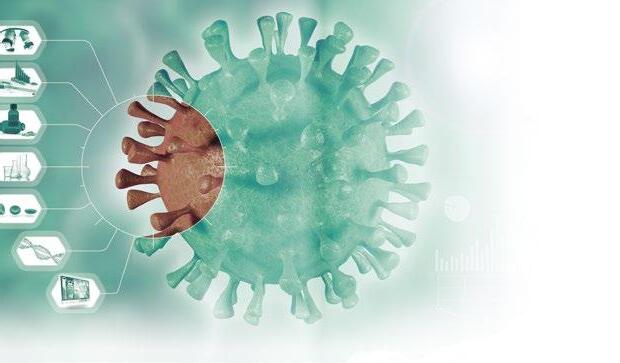
It is the science that studies the mechanisms of disease transmission in animal populations and the prophylaxis measures which, for their application, it is necessary to know the etiological agent involved, the host, and the environment.
It is the ability to solve problems with learning how to think and not what to think to outline a poultry health program.
Without epidemiology there is no scientific basis for the practice of Animal Health and Biosecurity.
The focus of the clinician is the sick animal, it is like looking at a sick tree. Its purpose is treatment.
The focus of pathology is a part of the animal (macroscopic and microscopic lesions, blood serum, organ fragments) with the objective of studying the path that a pathogenic agent travels in the organism of an infected or diseased animal. It is like looking at the wood of a diseased tree.
The focus of epidemiology is the environment where the animals live (farm) and the surroundings where the risk factors are present (freeranging wild and domestic animals) livestock farms, water sources (rivers, lakes, reservoirs), sanitary landfills, garbage dumps, rodents, insects, etc.
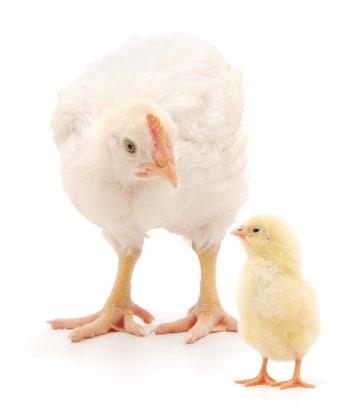 Figure 1. Representation of the pillars of clinical practice, pathology and epidemiology.
The clinic studies sick animals
Pathology studies dead animals and/or parts of these and of the sick ones
Figure 1. Representation of the pillars of clinical practice, pathology and epidemiology.
The clinic studies sick animals
Pathology studies dead animals and/or parts of these and of the sick ones
“FOREST” aviNews International March 2024 | Principles of biosecurity in poultry with emphasis on the control of enteric syndrome - A new perspective Biosecurity 11
Epidemiology studies sick animals + healthy
+
slaughtered
+
environment “SICK TREE” “BRANCH FROM THE SICK TREE”
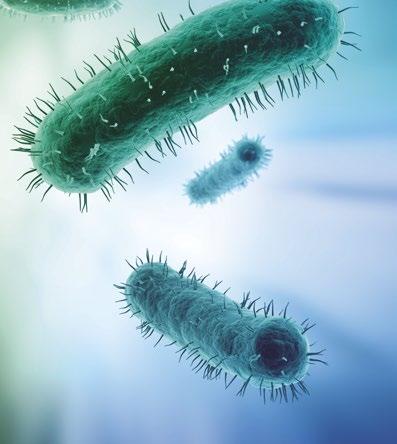
Therefore, biosecurity measurements refer to actions in different components of the environment.
A disease control program must be well designed both biologically (effectiveness) and economically (efficiency). It must also be dynamic in order to evolve according to changes in the situation as assessed by the frequency of occurrence of the disease/ infection, economic conditions (costbenefit), political or socio-climatic that require a change in the course of the program.
The subject matter of this document are the commercial poultry without specific emphasis in the different alternative modalities such as free-range broilers, commercial cage-free laying hens.
CONSIDERATIONS ON THE RELATIONSHIP BETWEEN ETIOLOGY, HOST AND ENVIRONMENT
Etiological agents
They will be mentioned simply as pathogens or agents of enteritis because in the epidemiological approach they will be treated as agents of enteric diseases, despite the fact that each agent is represented by innumerable species. They are characterized by being eliminated through the feces, being highly resistant to environmental conditions in which they remain viable for months, and entering the organism of a new host through the beak, hence the term fecal-oral transmission diseases.
Hosts
Enteritis agents lack host specificity. This knowledge gives us scientific authority to control the set of agents that cause enteric syndrome in a population and invalidates any control procedure directed at one or a few etiologic agents. Taking Salmonellae alone as an example, they have been found to infect more than 2,600 species of cold and warm-blooded hosts.
aviNews International March 2024 | Principles of biosecurity in poultry with emphasis on the control of enteric syndrome - A new perspective Biosecurity 12

Environment
The host-parasite relationship is modulated by the environment in its most diverse components, such as socioeconomic conditions (poverty and wealth; level of education), climate, nature of the soil, vegetation, forests (presence of predatory animals, wild birds, wild animals), nature of the animal exploitation (poultry breeding only or mixed with other animal species), presence of free range and backyard farms, etc. The balance of the host-parasite relationship is achieved when the environment favors poultry production that is the object of the program and when it is unfavorable, poultry farming faces an increase in the occurrence of diseases and the damages become evident.
It should be noted that in disease prophylaxis (eradication, prevention and control) measurements are applied to the different components of the environment. When prophylaxis measurements balance the defensive forces of the host and the offensive forces of the environment, disease manifests itself at a controlled level, as shown in the figure below, and productivity is not compromised. The balance between the plates illustrates the balance between the defensive forces of the host and the aggressive forces of the environment.
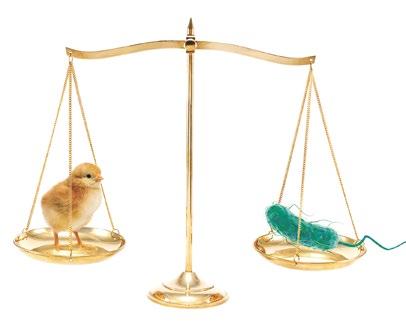
aviNews International March 2024 | Principles of biosecurity in poultry with emphasis on the control of enteric syndrome - A new perspective Biosecurity 13
Chain of transmission of the diseases that constitute enteric syndrome.
The chain of transmission or epidemiological chain consists of the following links:
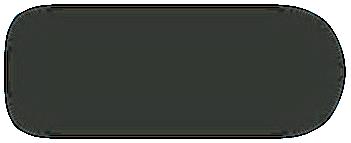
SOURCE OF INFECTION

DISPOSAL ROUTES
Domestic and free-living birds, including wild birds that harbor the parasite in their organism and release it into the environment. They can be sick, carriers (healthy, incubating or convalescents and reservoirs) -birds of other species and domestic and wild animals;
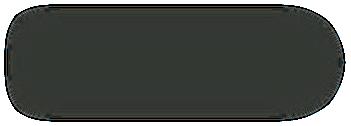
ROUTES OF TRANSMISSION
Ways or vehicle used by the parasit to reach the environment. It is the feces;

ENTRANCE DOOR
Means or vehicles used by the parasite to enter the new host. They are water, food, bedding, ies, beetles, boots, hands contaminated by the parasite;
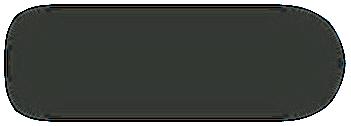
SUSCEPTIBLE Note
Access of the parasite to the new host, which is the mouth;
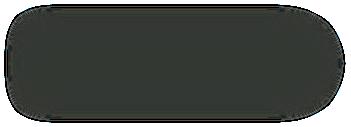
New host to be infected;
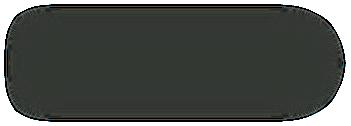
In the absence of e ective control measures, this cycle repeats itself inde nitely in the population, resulting in a gradual increase in prevalence.
Biosecurity aviNews International March 2024 | Principles of biosecurity in poultry with emphasis on the control of enteric syndrome - A new perspective 14
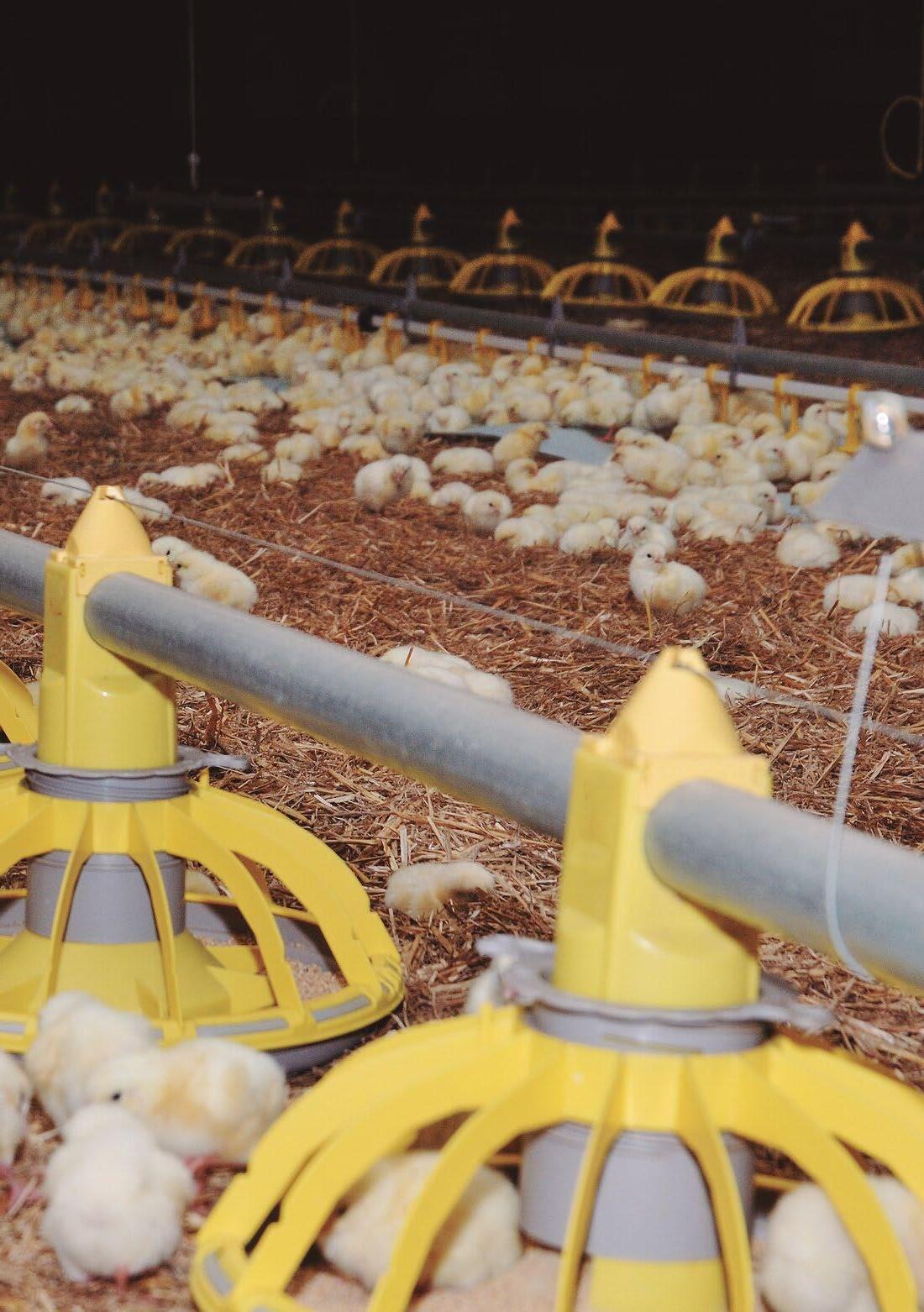
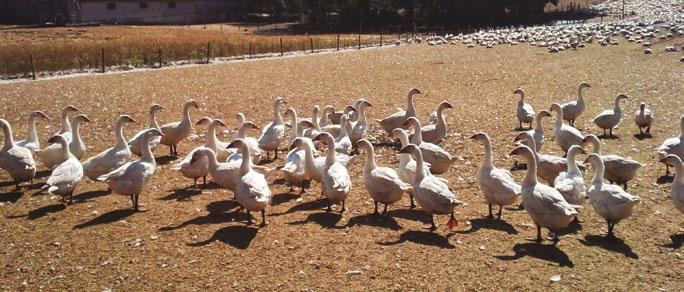
PROPHYLAXIS MEASURES
Measures relating to sources of infection
Treatment of poultry when appropriate and removal of lot when established by legislation (salmonella).
Measures related to transmission routes
Fences on the walls to prevent animals from entering outside the hatchery; sanitary barrier (sanitary gate) and hygiene of employees and visitors); cleaning of areas outside the shed (emphasis on rodents and flies); complete drinking water treatment, storage and distribution networks; proper waste collection and disposal and dead animals; cleaning and disinfection of the floor, feeders, drinking fountains, curtains in the sanitary void; beetle control in the sanitary vacuum; Prevention and control of pests (rodents, flies and beetles during lodging).
Measures relating to susceptible Vaccinations when available.
Biosecurity aviNews International March 2024 | Principles of biosecurity in poultry with emphasis on the control of enteric syndrome - A new perspective 15
OUTLINING AN ENTERIC SYNDROME CONTROL PROGRAM - BIOSECURITY:
1
2
GUIDELINE EXECUTION
Definition of initial, intermediate and final objectives. Drafting of the Procedures Manual and preparation of standard operating procedure (SOP) sheets;

Initial objective: introduce biosecurity measures;
Intermediate objective: reduce morbidity and/ or mortality and increase productivity;
Final objective or purpose: improve the health conditions of the birds.
Preparatory phase: gathering all the elements to achieve the objective such as cost estimation, employee selection, assignment of responsibilities, employee training, training of veterinarians in epidemiology (basic and special) and biostatistics. It is recommended that training should conform to modern quality principles, including self-monitoring.


Biosecurity aviNews International March 2024 | Principles of biosecurity in poultry with emphasis on the control of enteric syndrome - A new perspective 16
Attack phase: continuous and systematic application of procedures. It involves periodic evaluation to correct the course.
Consolidation phase: to reach the final objective, adjusting biosecurity measures to prevent the reoccurrence of infections or diseases.
Maintenance phase: continuation of the previous phase, but integrating it into the Animal Health Plan of the establishment or zone.
Evaluation: carry out periodic evaluations, not only by performing laboratory tests to assess the presence or absence of the pathogen, but mainly through statistical analysis of health indicators (morbidity, mortality); production indicators.
The statistical tests are quite simple, such as the test of difference between proportions for qualitative variables and the test of difference between averages for quantitative variables, always establishing, a priori, the level of rejection of the null hypothesis (α ou p).
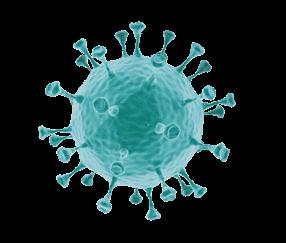
Components of biosecurity measures: conceptual biosecurity, operational biosecurity, and structural biosecurity.
Conceptual biosecurity: refers to the prevention or control measures against hazards in the environment to delimit the measures related to the fence and sanitary gate.
Structural biosecurity: refers to prevention or control measures against hazards present in facilities, objects, utensils, bedding, pests, etc.
Operational biosecurity: refers to hygiene measures to internal staff, visitors, subcontracted and permanent staff.
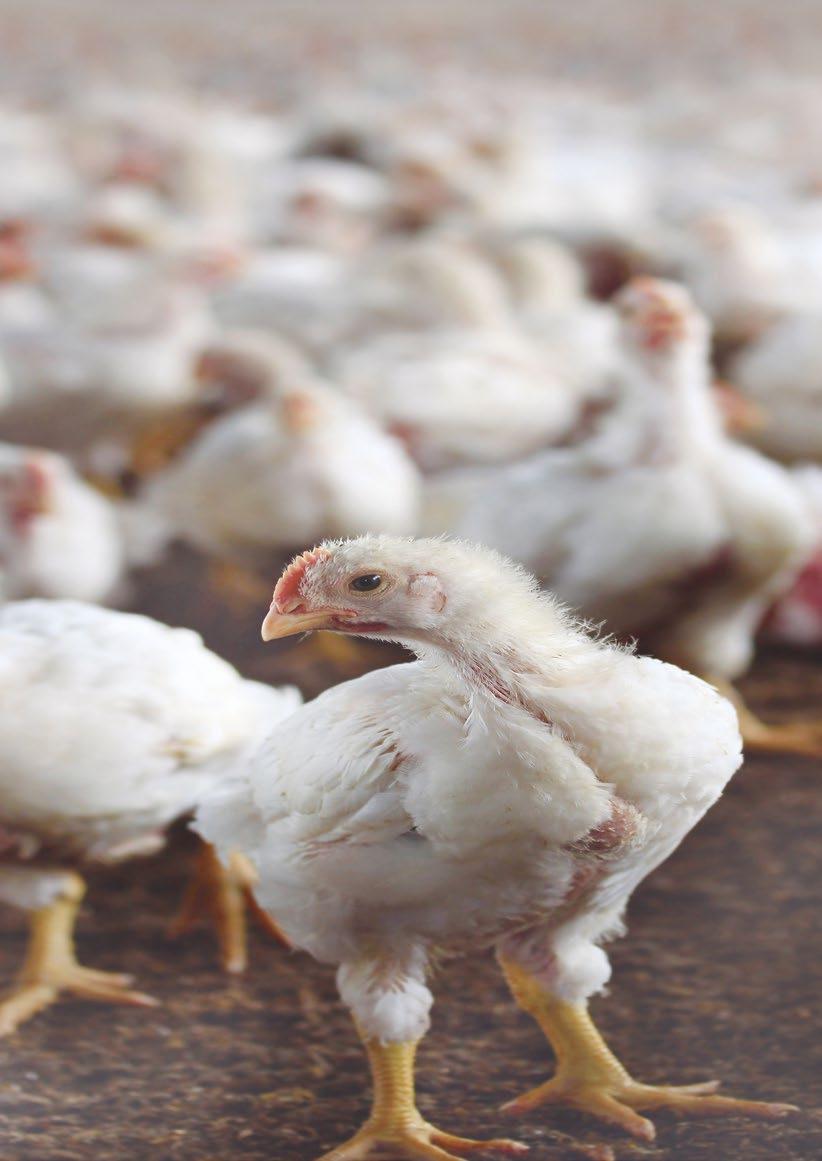
Principles of biosecurity in poultry with
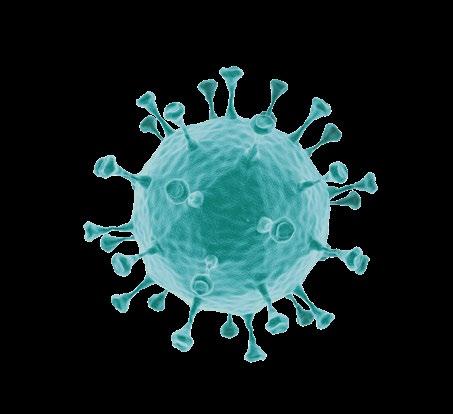
Biosecurity aviNews International March 2024 | Principles of biosecurity in poultry with emphasis on the control of enteric syndrome - A new perspective 17
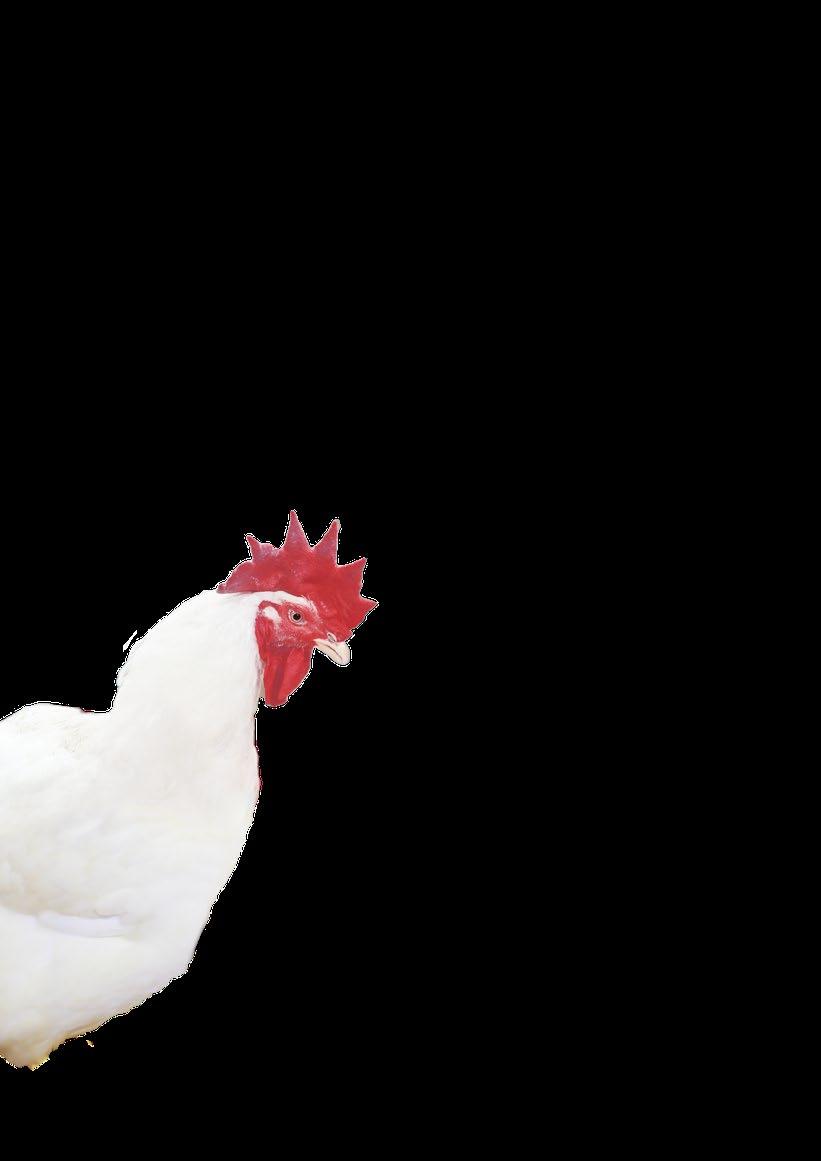
18 aviNews International March 2024 | Perching for broiler breeders
Breeders

In many countries, perches are used for laying hens but less frequently for breeder pullets
WELFARE CONSIDERATIONS
In the late 80s, several studies indicated that perches during rearing could reduce the incidence of floor laying in broiler breeders.
reported that breeder pullets reared with perched laid 3.6 % floor eggs compared to 8.6 % in the group without perches in one experiment, and in the second trial,
Appleby et al. (1986)
observed that at 30 weeks of age, floor laying was 5 % in breeders that had perches during rearing, while in those that did not have perches,
Due to welfare considerations, perching or roosting in perches has been reviewed in recent years. Still, other potential benefits in leg and footpad health are also of interest, such as:
Locomotion.
Reduction of aggression during the day.
Feather pecking.
Floor egg laying.
Floor eggs are prone to contamination and, consequently, an additional cause for losses in hatchability and chick quality.
A study conducted by Wolc et al. (2021) concluded that perching and the tendency to lay floor eggs are learned behaviors.

This indicates that the management and training of pullets and young hens are more relevant to controlling this issue.
However, this group also found a significant genetic component, confirming the possibility of improving nesting behavior for cage-free systems through genetic selection.
19
aviNews International March 2024 | Perching for broiler breeders
Breeders
Studies by Gehardt-Henrich et al. (2018) and Brandes et al. (2020) observed that broiler breeders perched more at night, independent of the genetic line.
Both studies compared fast-growing lines (Ross 308 and Ross 708) with slower growing (Sasso and Ross Ranger).
A FEW CONSIDERATIONS
This behavior in breeders increases from a few birds at five weeks of age, reaching a maximum of around 20 weeks, and reducing after 35 weeks.
The optimum perching space for breeders has been estimated at around 14 cm per bird.
Breeders of slower-growing strains roost in perches more during the day but have the same perching behavior at night.
Vasdal et al. (2022) also observed that Hubbard JA 757 breeder pullets perched more than Ross 308 pullets, and both perched more with age.
Many types of perches have been tested for pullet breeders, but no specific preference for perch type or height has been proven.
The only preference observed is that perches should have heights of at least 5.5 cm over slats or on the floor.
Pullet breeders can choose to roost on perches, slats, drinking lines and on top of nest boxes if the equipment allows it.
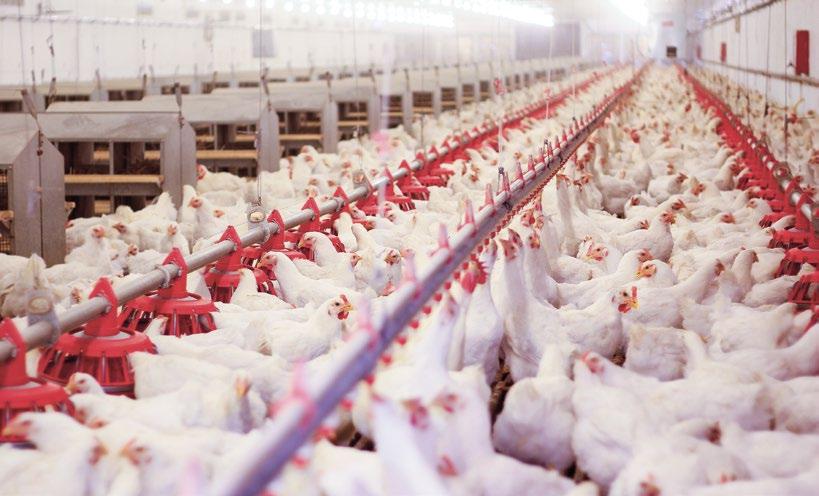
20 aviNews International March 2024 | Perching for broiler breeders
Breeders
PERCHES vs RAISED SLATS
In older hens, flat, broad surfaces are preferred for roosting.
When comparing perches with raised slats for breeder hens, more benefits have been observed for slats.
Van den Oever et al. (2021) observed that young Ross 308 hens (25 to 31-week-old) in pens with raised slats had lower mating behavior and fewer

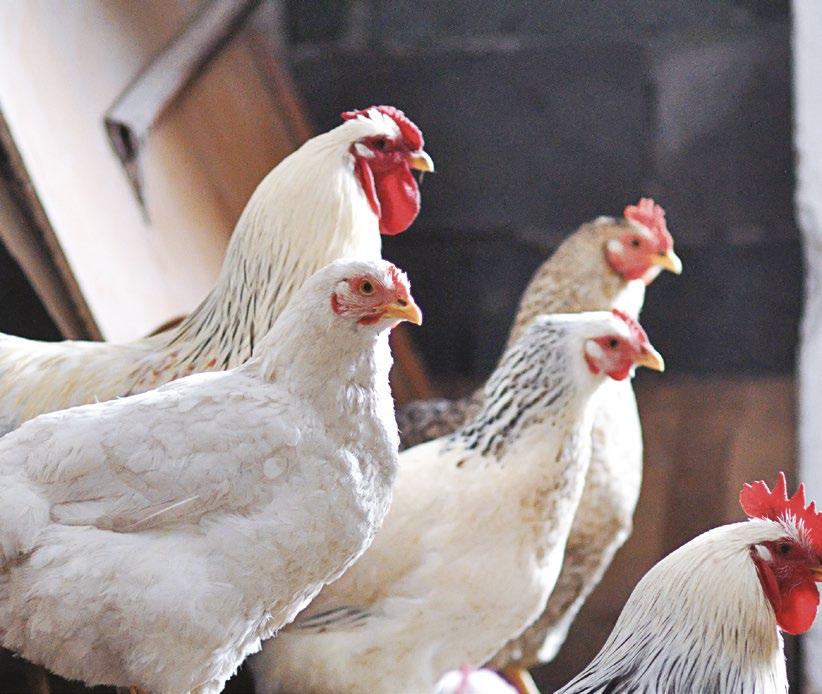

21 Breeders aviNews International March 2024 | Perching for broiler breeders
Perching benefits and issues
Perching is a natural behavior that should improve leg muscles, bone mineralization and strength, spatial cognition, and reduce fearfulness.
Nevertheless, more keel bone deformations and fractures are observed in table-egg-laying hens when perches are used in commercial conditions.
This issue in keel bones was also observed by Gehardt-Henrich et al. (2018) more in Sasso breeders (40%) than in Ross 308 breeders (15%).
Bigger breast muscles may protect the keel bones of high-yield breeders.
However, Vasdal et al. (2022) did not observe adverse effects on the bone keels of breeder pullets when using perches.
In contrast, Mens and van Emous (2022) reported that more severe breast blisters in 60-week-old Ross 308 hens were detected in birds roosting more in the drinking lines and perches than in the slats.
But the feather cover of hens roosting in the slats was worse than using perches.
Many studies have observed reductions in footpad dermatitis and bumble foot in breeder pullets and hens with perches. Gehardt-Henrich et al. (2017) noticed that hen mortality was lower in pens with perches during high temperatures.
However, studies using perches in hens during the laying period have not shown significant effects on floor eggs, egg production, hatchability, or progeny growth traits.
CONCLUSIONS
Providing perching for breeders may have the perceived welfare benefits.
The long-term positive impacts on health and reducing floor eggs can be obtained when using them during the rearing phase.
Yet, other factors, like the adaptation of pullets to the production housing,
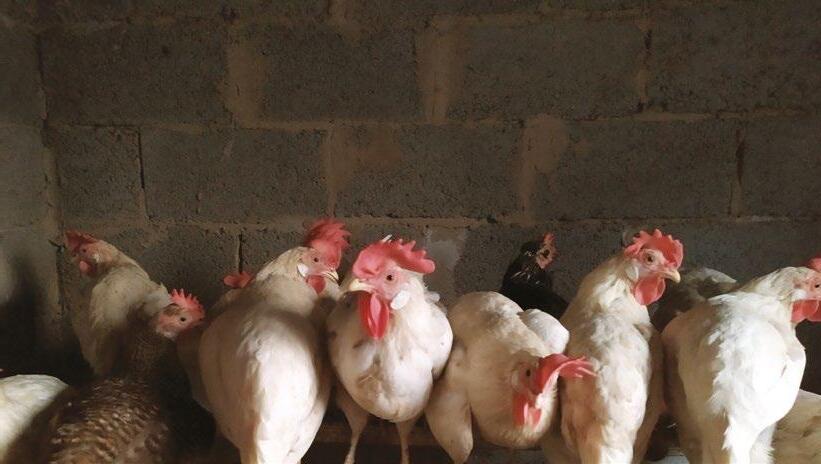
Perching
PDF 22 aviNews International March 2024 | Perching for broiler breeders
for broiler breeders
DOWNLOAD
Breeders
PVC evaporative cooling pad
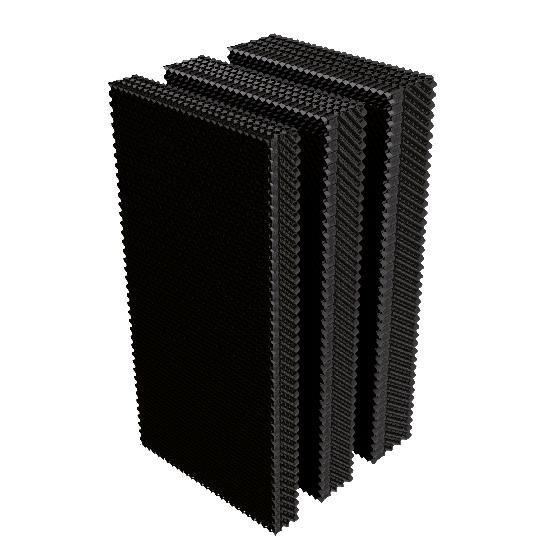
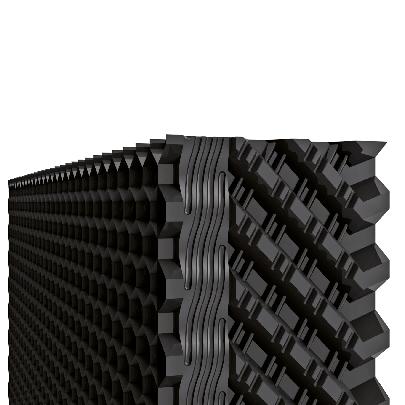
• Plastic panel with high cooling efficiency
• Available in the height range 1200, 1500, 1800, 2000mm
• Available thicknesses 100, 150 and 200mm
• Possibility of sending knocked-down “KD” in order to save on freight costs
• Designed and produced in Italy
pericoli.com
BREEDER MALES FOR MANAGEMENT OF BETTER PERFORMANCE UNDERSTANDING THE PHYSIOLOGY OF MALES HELPS DESIGN THE BEST MANAGEMENT STRATEGIES
Gabriel Novaes1 and Luciano Keske2
1Veterinarian and Animal Reproduction Specialist at Cobb-Vantress
2Veterinarian and Associate Director of Technical Service at Cobb-Vantress for Latin America and Canada
The rearing phase of breeding males is extremely important to achieve good fertility and hatch from males later in production.


Reproduction aviNews International March 2024 | Management of breeder males for better performance 24
The keyword for the rearing phase is uniformity.
In the rearing phase, the male reproductive tract begins developing. Good management will support this development and positively impact reproduction for life. Poor fertility can often be traced back poor management during rearing.
The first 10 weeks of life define the number of sperm producing cells (Sertoli cells) in the rooster.
A higher number of Sertoli cells equates to a greater sperm production capacity.
If males are not in good condition at transfer, production performance may suffer. Developmental delays will decrease total egg numbers and, in some cases, lead to infertile males.

In the first 10 weeks, cell proliferation occurs in the testicles.
Over the first 10 weeks of life, sperm producing cells (Sertoli cells) and testosterone secreting cells (Leydig) multiply rapidly. Good management and nutrition are essential during this time.
Once proliferation of these cells ends, the sperm production potential is determined.
The second phase, from 10 weeks to transfer, cellular proliferation ends and maturation and differentiation of the gondal cells begins.
Cells increase in size and functionality to begin spermatogenesis. 1 3 2
In the third phase, transfer to sexual maturity, photostimulation causes an increase in testosterone production that stimulate the formation of sperm.
This is the process that determines sexual maturity.
aviNews International March 2024 | Management of breeder males for better performance Reproduction 25
Considering that the mounting process in birds is extremely physical, it is worth highlighting the importance of the male having the correct body confirmation.
The breast should be V-shaped with more mass on top near the wings.
A flesh score between 2.5 and 3.0 is ideal. A male in good condition will have:
Good development and coloration of crest, wattles, cloaca, and pericloacal region.
A flesh score of 2.5 to 3.0.
No defects or injuries including arthritis, pododermatitis or bone deformities.
Sperm concentration may vary from male to male. The semen should be white and viscous. A watery appearance will indicate low sperm count which translates to low fertilization potential.
Therefore, visual inspection of semen is a useful tool to quickly and non-invasively determine the fertilizing potential of the breeding male.
Egg fertility and hatchability are the first production factors impacted by semen quality. The oocyte requires a number of penetrations by sperm in order to fertilize the egg.
As the bird ages, semen quality decreases. A drop in semen production can be overcome with good weight management and body conditioning, antioxidant supplements (vitamins, fatty acids, and amino acids), and spiking or artificial insemination.

aviNews International March 2024 | Management of breeder males for better performance Reproduction 26
MANAGEMENT
Uniformity in the breeding phase is key.
At transfer, all males should have a V-shaped breast with a flesh score between 2.5 and 3.0. It can be difficult to achieve this level of uniformity, but it will pay off in production.
The amount of feed consumed is also important.
To achieve good uniformity, keep weights as close to standard as possible. The most challenging time will be between 13 and 20 weeks, as puberty begins and uniformity tends to deviate at this point.
At transfer, it is important to assess males for flesh scoring and confirmation. Handle males and assess the confirmation and flesh scoring. Likewise, assess behavior. The birds should be well distributed and no piling or crowding.
When males are transferred to the production house, take special care when handling males. Given testicular development continues through 28 weeks, any stress can impact reproductive function negatively.
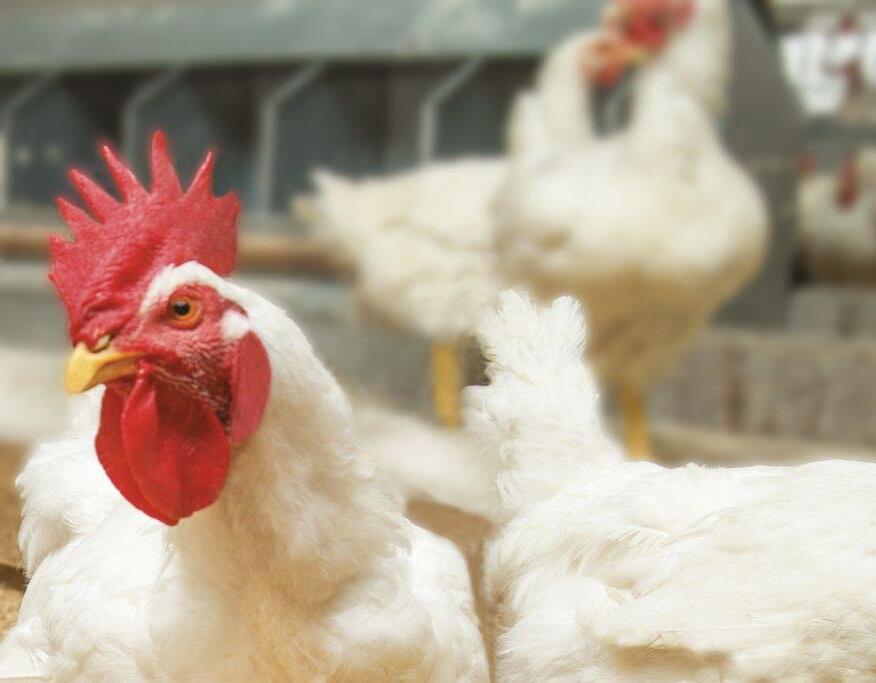
Be aware of any males eating from female feeders. Prevent males from eating female feed by having the correct feeding space per bird, the correct feeder height, and even distribution of feed. Males can become overweight very quickly by eating female feed.
Reproduction aviNews International March 2024 | Management of breeder males for better performance 27
8 WEEKS
Among the milestones in the first 8 weeks is good weight gain and development at 7 days. Carry out selection at day 7 and separate them into 3 groups (light, normal, heavy). For birds in light and heavy group, feed them back to standard. By week 4, males should weigh around 690 grams.
PRODUCTION
Body weight, uniformity and male condition are among the most frequent deviations in production. A good way to help keep these factors at standard is to observe male feeding.
If males are stealing feed from the female feeders, check feeders and ensure the exclusions are correct and not broken. Also check feed distribution and feeding space for males.
12 TO 16 WEEKS
Between week 12 and 16, the weight curve can be adjusted to recover the underweight birds. Gains of 3 to 4 grams per week from 12 weeks on should be expected.
For correct testicular development, achieve a flesh score of 2.5 to 3 by 20 weeks. Likewise, aim for a uniformity of 93%.

Management of breeder males for better performance
DOWNLOAD PDF
SPIKING AND INTRASPIKING
From 40 weeks on, there is a natural decrease in male libido. Overweight males may have a decrease in libido earlier than 40 weeks.
Trade out at least 20% of males.
Lower spiking ratios will cause the older males to dominate younger ones. Spike males should be at least 25 weeks and weigh more than 4.1 kg. Intra-spiking can be done every four weeks. Conduct a selection and put males with similar weights in the same pens.
aviNews International March 2024 | Management of breeder males for better performance Reproduction 28
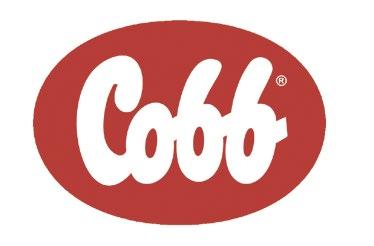
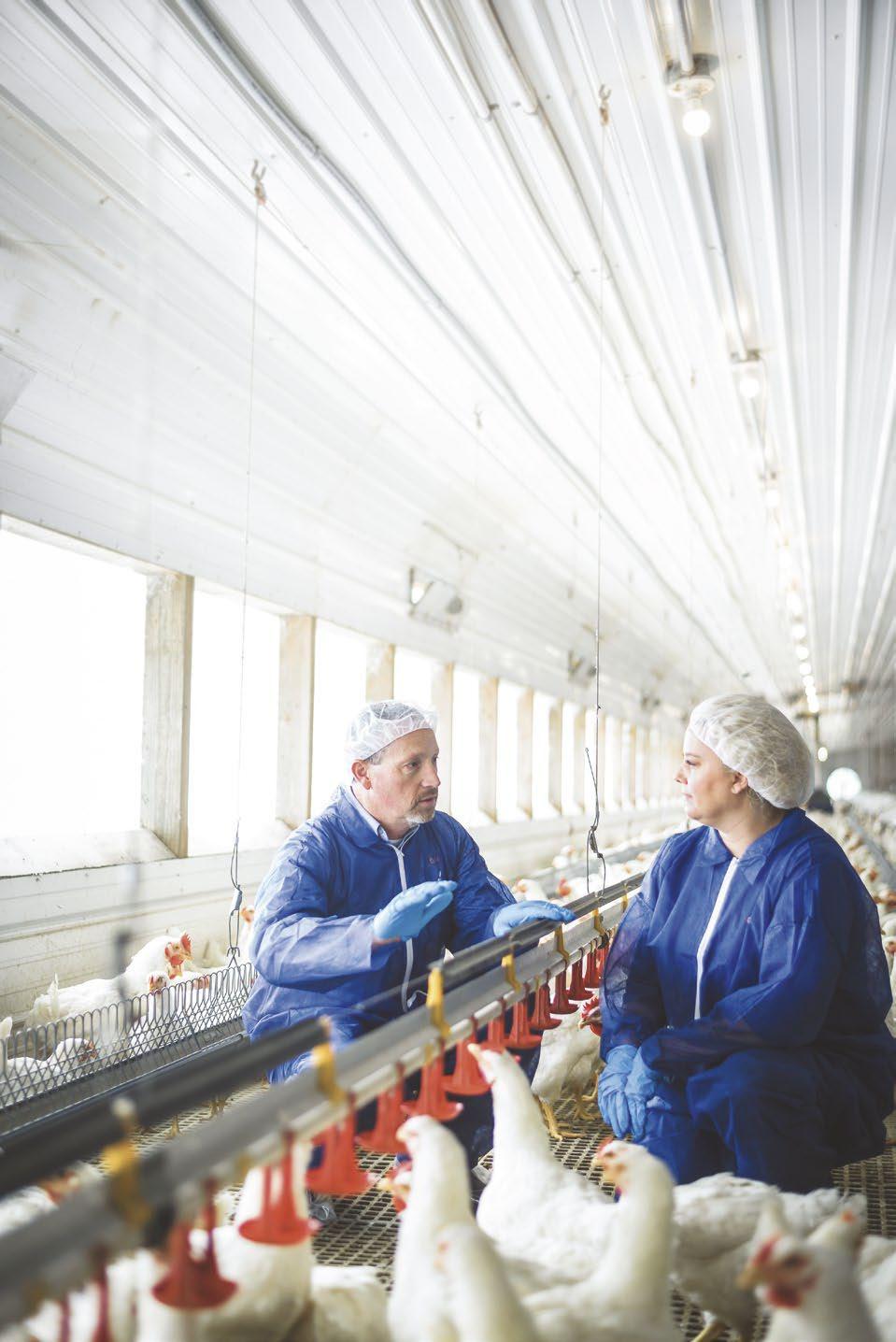
The expertise and support you trust. cobbvantress.com
INFECTIONS REDUCE HATCHABILITY AND INCREASE EARLY MORTALITY
The average broiler hatchability rate has decreased in the USA in the past decade.

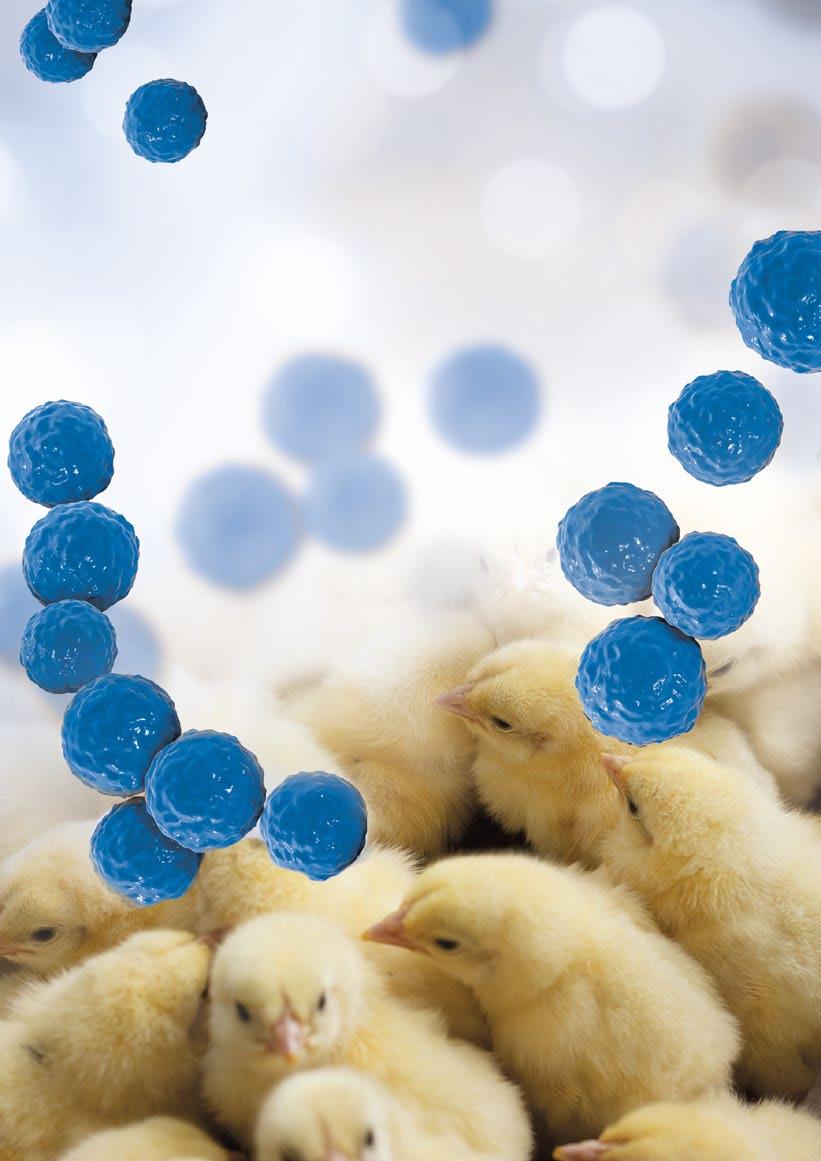
 Edgar O. Oviedo-Rondón Prestage Department of Poultry Science, North Carolina State University
Edgar O. Oviedo-Rondón Prestage Department of Poultry Science, North Carolina State University
ENTEROCOCCUS
Incubation 30 aviNews International March 2024 | Enterococcus infections reduce hatchability and increase early mortality
Figure 1. Average hatchability of the broiler US industry between 2012 and 2022 according to hatchery egg set capacity from 650,000 to 1.5 million eggs per week. Source: AgriStats (Fort Wayne, IN)
Figure 1 shows data from AgriStats (Fort Wayne, IN), the biggest USA benchmarking company, showing the decline in hatchability between 2012 and 2022 by hatchery egg set capacity per week.
Currently, average hatchability could be close to 80%, which is five percentage points lower than it used to be in 2012.
AgriStats data indicates that between 2020 and 2023, the average broiler hatchability reduced by at least three percentage points.
Potential causes for hatchability losses
There are several potential causes for hatchability losses.
Fertility is frequently a challenge in many breeder flocks; hen mortality has increased, and eggshell quality tends to be an issue. Nutrition and feeding management can attenuate some of the issues.
However, several reports and scientific publications have recently indicated that Enterococcus faecalis, Enterococcus cecorum, and Escherichia coli are often recovered from non-viable embryos in several countries.
But, the relative importance of each bacteria has not been clarified.
However, Enterococcus faecalis is also associated with first-week mortality of chickens.


90 88 86 84 82 80 78 76 74 12 Jan 12 Apr 12 Jul 12 Oct 13 Jan 13 Apr 13 Jul 13 Oct 14 Jan 14 Apr 14 Jul 14 Oct 15 Jan 15 Apr 15 Jul 15 Oct 16Jan 16 Apr 16 Jul 16 Oct 17 Jan 17 Apr 17 Jul 17 Oct 18 Jan 18 Apr 18 Jul 18 Oct 19 Jan 19 Apr 19 Jul 19 Oct 20 Jan 20 Apr 20 Jul 20 Oct 21 Jan 21 Apr 21 Jul 21 Oct 22 Jan Hatchability (%) Date Hatchery egg set capacity (000) per week <650 650 to 1000 1000 to 1500 >1500 31 Incubation aviNews International March 2024 | Enterococcus infections reduce hatchability and increase early mortality
Enterococcus faecalis
These microorganisms are ubiquitous in the poultry production environments and commensals in the avian gastrointestinal tract. They can become opportunistic pathogens but are also part of healthy hatchlings’ normal gut microbiota.
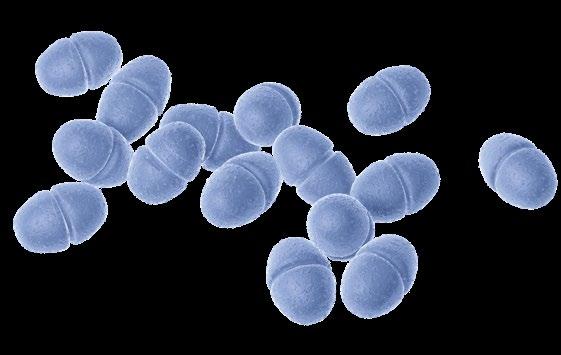
Dr. Jodi Delago recently reported results from a field survey conducted in six USA hatcheries at the International Poultry Scientific Forum (IPSF) in Atlanta, Georgia.
They used eggs from 405 hatch residues with evidence of early embryonic mortality.
Aseptic sample swabs were obtained from the yolk sac area.
In this project, Enterococcus faecalis and Escherichia coli were isolated.
The coinfection of both bacteria was much more frequent (43 %) than the prevalence of each bacteria alone.
Enterococcus faecalis alone was 13 %, similar to the prevalence of Escherichia coli (13 %).
However, 31 % of the samples were negative for both bacterium.
Other research reports indicated that Enterococcus faecalis can penetrate the eggshell, evade immune barriers in the egg, and colonize systemically.
The coinfection with both bacterium enhanced pathogenicity, resulting in increased mortality of embryos and neonatal chickens.
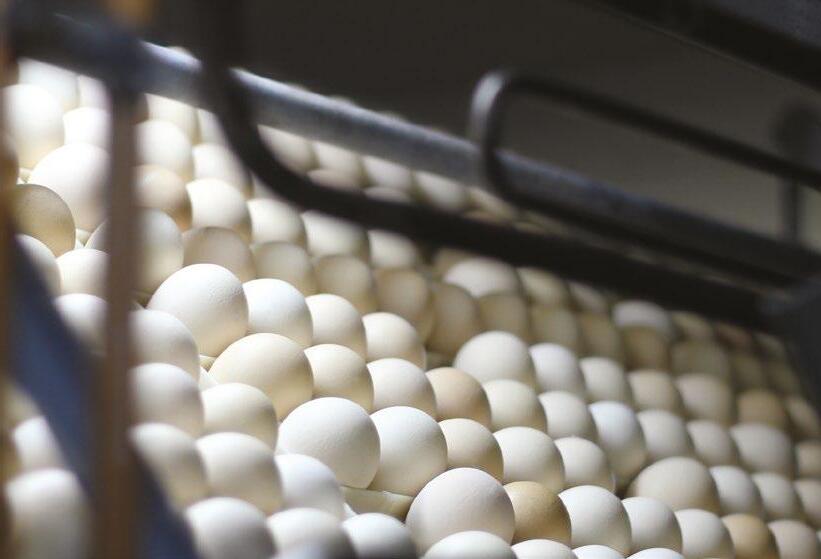

Incubation 32 aviNews International March 2024 | Enterococcus infections reduce hatchability and increase early mortality
Enterococcus faecalis is most pathogenic
However, some experiences show Enterococcus faecalis has a more relevant role in embryo and young chick and pullet pathogenicity.
These advanced modern lab analyses provide great credibility to bacteria identification.
Dr. Hugo Ramirez from Mississippi State University also presented at IPSF a compilation of diagnostic cases between January and October 2023, indicating the impact of Enterococcus faecalis on broiler and pullet breeder mortality cases. Information from 93 cases of 1- to 7-day-old broiler and pullet breeder cases and 45 hatchery cases were used.
In this study, the bacterial identification was performed by matrix-assisted laser desorption ionization time-of-flight mass spectrometry (MALDITOF MS) - Vitek® MS instrument (bioMerieux, Inc).
The results indicated that Enterococcus spp. was isolated from all evaluated yolk sac samples.
Enterococcus faecalis was isolated from most of the analyzed samples (n=90; 96.77 %), and only 7 cases corresponded to other Enterococcus spp.
The association with E. coli was observed in 61.11 % of the cases.


Salmonella spp was genotyped by Intergenic Sequence Ribotyping (ISR).
Salmonella enteritidis was isolated only once.

In the hatchery samples, Enterococcus faecalis was isolated from 87% of the hatchery cases.
Only six cases (13 %) were mixed with E. coli and Salmonella spp.
33 Incubation aviNews International March 2024 | Enterococcus infections reduce hatchability and increase early mortality
Enterococcus cecorum
Enterococcus cecorum is another gut commensal microorganism that causes considerable broiler industry losses due to sepsis and osteomyelitis.
Effective treatment and control methods like vaccination have been challenging to develop since commensal and pathogenic strains only differ in genomic features, including alterations in capsular polysaccharides.
This study demonstrates that two specific deletions of the bacterium genome eliminate the pathogenicity of E. cecorum. This information could be helpful to understand better the pathogenesis of E. cecorum and the development of control strategies.
Mitsu Suyemoto from the College of Veterinary Medicine at North Carolina State University presented at the IPSF a study where pathogenic Enterococcus cecorum strains were genetically modified for genes that encode capsular biosynthesis (cpsC and cpsO).
The mutant groups caused lower embryo mortality when eggs were inoculated at 12 days of incubation.
When chicks were orally gavaged with 107 cfu of pathogenic Enterococcus cecorum strains, the sepsis or presence of bacteria in the spleen at 35 days of age was 55%, and the prevalence of infection in the free thoracic vertebrae (FTV) was 33%.
In contrast, neither sepsis nor bone infection was observed in the mutant strains.
Enterococcus cecorum could infect embryos during in ovo vaccination or the hatching period.
James Higuita from the University of Arkansas presented a study demonstrating that embryos can be infected by virulent strains of E. cecorum by in ovo injection into the amnion with 104 cfu/embryo at 19 days of incubation.
When the infected embryos commingled with non-infected embryos, these also became infected.
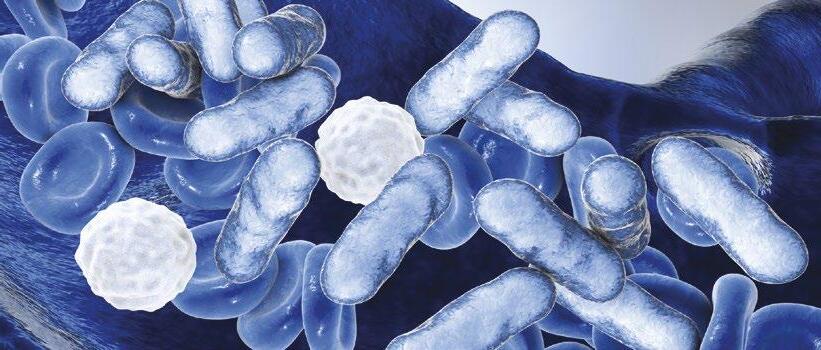

Incubation 34 aviNews International March 2024 | Enterococcus infections reduce hatchability and increase early mortality
The infection affected performance as early as seven days post-hatch. The E. cecorum was recovered from all chickens’ guts, spleens, and FTV after day 26. Lesions were also observed as:
Focal heart necrosis.
Splenomegaly.
Hepatomegaly.
The heart was the organ most affected.
Dr. Marcela Arango from the same research group at Mississippi State University presented another summary of 299 cases received at Mississippi State University’s Poultry Research and Diagnostic Laboratory (PRDL) from January to October 2023.
This study analyzed the distribution of Enterococcus spp. and the pathogenicity of the isolated strains by determining mannitol metabolism or detecting the cpsO gene.
This study demonstrated how this infection can occur and disseminate and the potential negative impact on broiler growth performance.
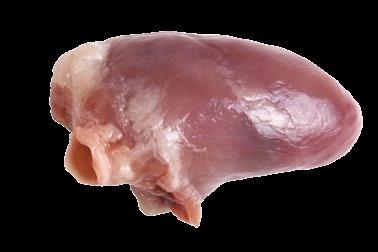
The results indicated that Enterococcus spp. were observed in 127 broiler cases, 85 breeder pullets, 50 hatchery samples, 29 broiler breeders, 85 commercial layers, and five other cases of poultry samples.
Enterococcus spp. are ubiquitous and present in all poultry categories.
Nevertheless, E. cecorum accounted for 62% of all Enterococcus spp. isolates from broilers. These were mainly collected from heart and femoral head samples.
The E. cecorum was identified in 90% of broiler breeder samples from intestines.

These results indicated the high prevalence of pathogenic E. cecorum in broilers and commensal E. cecorum in breeders. These results confirmed that mannitol metabolism could be a tool to detect E. cecorum pathogenicity.
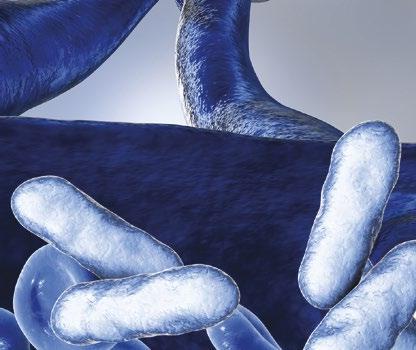
From the broiler isolates, 82% were PCRpositive for the cpsO gene, indicating pathogenicity, while 100% of the breeder isolates recovered from the intestine were cpsO negative, suggesting a commensal status.
The pathogenic isolates in the majority of cases (96 %) could not metabolize mannitol.
Incubation 35 aviNews International March 2024 | Enterococcus infections reduce hatchability and increase early mortality
Control of Enterococcus is still a difficult task
Hatchery biosecurity, cleanliness, and sanitation of the in ovo vaccination systems are critical.
However, more effective tools to minimize its pathogenicity are needed.
Direct fed microbials or probiotics could potentially reduce the translocation of E. cecorum into blood circulation, minimizing osteomyelitis and culling.
The in ovo administration of commensal non-pathogenic E. cecorum could also cause competitive exclusion of pathogenic E. cecorum.
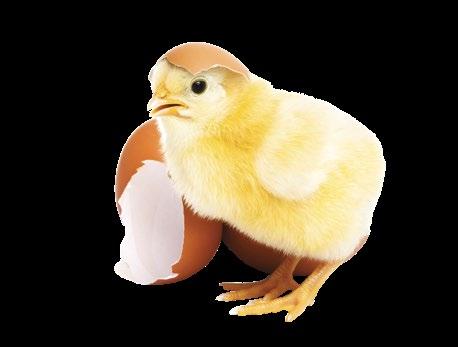
The high incidence of this pathogen in embryo losses and early mortality warrants more attention for future research.
The control is highly related to the holistic management of breeder gut health.
Enterococcus infections reduce hatchability and increase early mortality
DOWNLOAD PDF
Still, dose, frequency, and route of administration require further investigation, as demonstrated by Grayson Walker from NC State University during the IPSF.
Specific bacteriophages have also shown potential to control Enterococcus spp.
Phages have high specificity and probably must be combined to control the associated pathogens observed in previously reported cases.


36 aviNews International March 2024 | Enterococcus infections reduce hatchability and increase early mortality Incubation

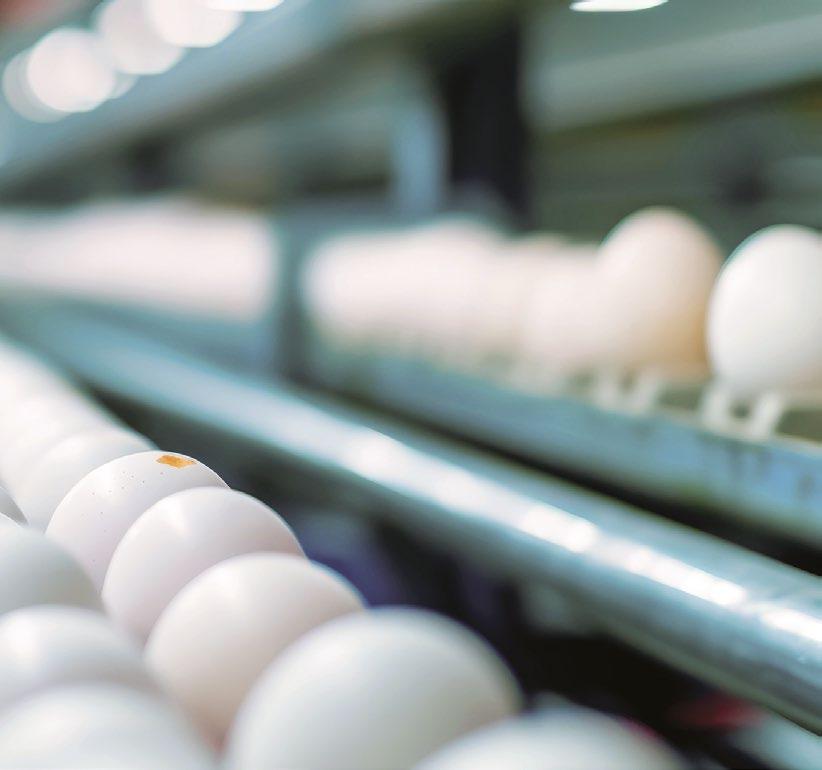

Don’t settle for less Online Launch Event
March,
UP! SetCare® Boost your incubation performance
21
2024 SIGN
DETECTING BROILER CHICKENS AT DIFFERENT AGES WITH ADVANCED DEEP LEARNING MODELS
Lilong Chaii Department of Poultry Science, University of Georgia, Athens, GA 30602
INTRODUCTION
About 20,000-30,000 birds are raised in commercial broiler houses in the US today, and it has caused growing public concerns about animal welfare.
Daily evaluation of broiler well-being and growth, which is labor intensive and subject to human errors, is conducted manually. Therefore, there is a need for an automatic tool to detect and analyze the behaviors of chickens and predict their welfare status.
Deep learning technology has powerful feature representation capabilities, fast processing speed, and can resolve problems associated with external interferences.
Thus, deep learning algorithms are appropriate models for developing an automatic, efficient, intelligent tool for precision animal farming.
However, the size of the chicken and the sheer numbers raised in a single house pose challenges in applying deep learning techniques in monitoring individual chickens.
In the current study, we integrated the convolutional block attention module (CBAM) into YOLOv5 to enhance the algorithm’s ability to extract image features.
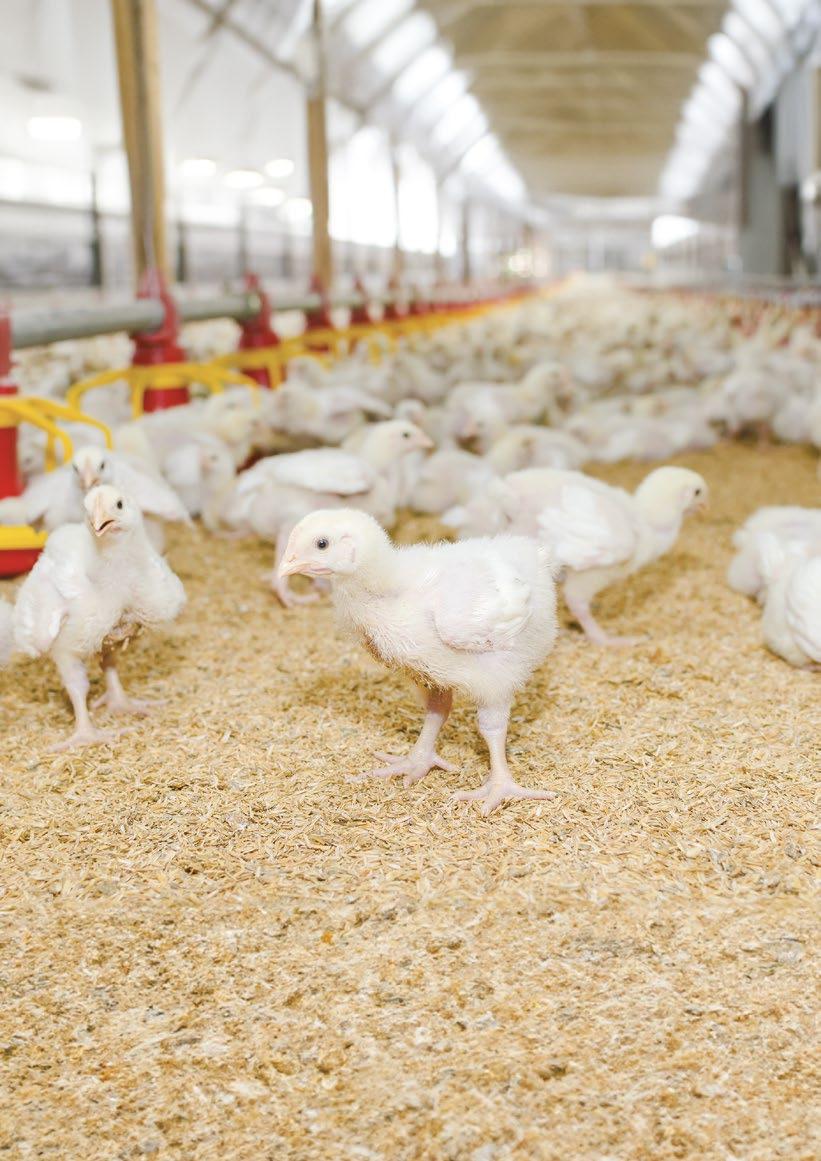
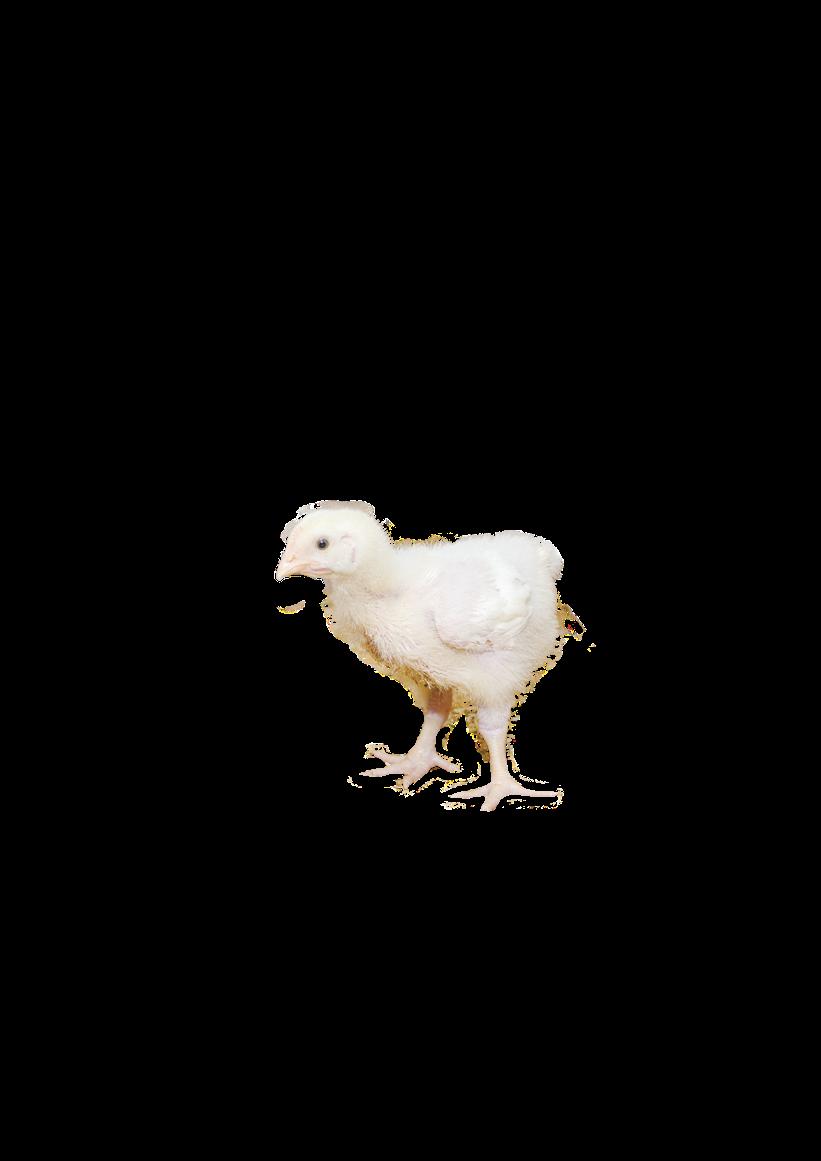

Broilers 38 aviNews International March 2024 | Detecting broiler chickens at different ages with advanced deep learning models
METHODS
This study was conducted in an experimental broiler house at the Poultry Research Center of the University of Georgia, Athens, USA.
High-definition cameras (PRO-1080MSFB, Swann Communications, Santa Fe Springs, CA) were mounted on the ceiling (2.5 m above floor) to capture video (15 frame/s, 1440 pixels × 1080 pixels).
Two different litter types (fresh pine shavings and reused litter previously used to raise three flocks of broilers) were selected as application scenes for broiler detection. For the two litter scenes, 70 images were selected from d2, d9, d16, and d23, respectively, for 560 images.

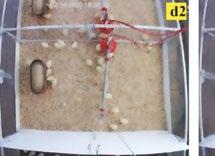
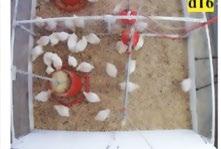
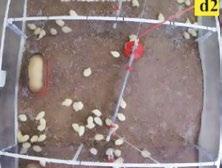
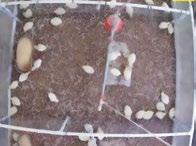
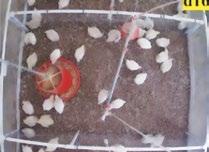

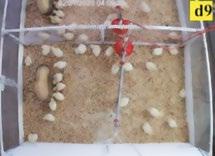
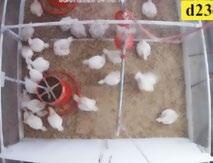
In addition, to evaluate the detection performance of the model under multiple pens scenes, the image samples shown in Fig.1c were constructed, in which 70 images were selected for d16 and d23.
Finally, 700 images were obtained and randomly divided into training and testing sets at a ratio of 5:2.
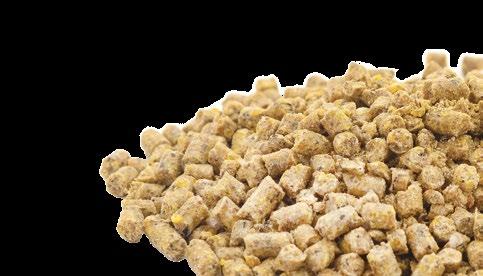 Figure 1. Examples of broiler images from different scenes. b. Broiler images from reused litter floor.
Figure 1. Examples of broiler images from different scenes. a. Broiler images from fresh pine shavings floor.
Figure 1. Examples of broiler images from different scenes. b. Broiler images from reused litter floor.
Figure 1. Examples of broiler images from different scenes. a. Broiler images from fresh pine shavings floor.
d2 d2 d9 d23 d23 d16 d16 d9 39 Broilers aviNews International March 2024 | Detecting broiler chickens at different ages with advanced deep learning models
Figure 1 shows examples of broiler images from different scenes.
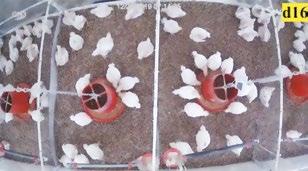
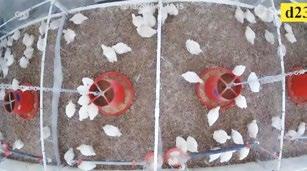
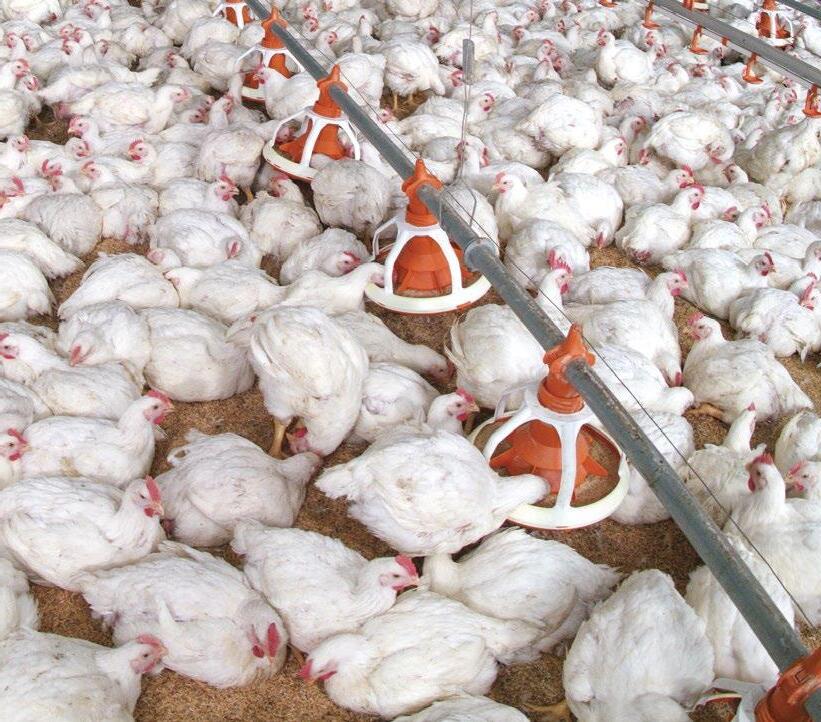




FINDINGS
Figures 2 and 3 show the detection results of broilers with YOLOv5 and YOLOv5-CBAM on fresh pine shaving and reused litter floors, respectively.
The first column is the detection results of YOLOv5, the second column is the original images, and the third column is the detection results of YOLOv5-CBAM. i is the actual number of broilers, and j is the number of broilers detected broilers.
The YOLOv5-CBAM detected broilers with higher precision than YOLOv5, and in the case of crowded or small targets, it could still provide better detection results. We used datasets consisting of broiler images of different ages, raised on two types of litter and multiple pens to test the applicability and effectiveness of YOLOv5-CBAM.







 Figure 1. Examples of broiler images from different scene. c. Broiler images from multiple pens floor.
Figure 1. Examples of broiler images from different scene. c. Broiler images from multiple pens floor.
d2 d9 d23 d16 3 - 4 Results of YOLO v5 4 - 5 Results of YOLO v5 3 Original image 4 Original image 3 - 3 Results of YOLO vs 5 - CBAM 4 - 4 Results of YOLO vs 5 - CBAM 40 aviNews International March 2024 | Detecting broiler chickens at different ages with advanced deep learning models Broilers 40
Fig. 2. Detection results using YOLOv5 and YOLOv5-CBAM in fresh pine shavings. (a) Birds at day 2. (b) Birds at day 9.



Results










The precision, recall, F1, and mAP@0.5 of YOLOv5CBAM were 97.3%, 92.3%, 94.7%, and 96.5%, which was higher than that of YOLOv5 (96.6%, 92.1%, 94.3% and 96.3%), Faster R-CNN (79.7%, 95.4%, 86.8% and 90.6%) and SSD (60.8%, 94.0%, 73.8% and 88.5%).
The results show that the overall performance of the proposed YOLOv5-CBAM was the best.
Adding the CBAM module to the YOLOv5 network improved the performance of the broiler detection model.









It also showed that the model YOLOv5-CBAM was suitable for detecting broilers at different growth stages, in different litter types, and in multiple pens.
In addition, the FPS of YOLOv5-CBAM was 55 Frame/s, which was lower than YOLOv5 (62 Frame/s) but higher than Faster R-CNN (2.6 Frame/s) and SSD (3.1 Frame/s).





 Fig. 3. Detection results using YOLOv5 and YOLOv5-CBAM in reused litter. (a) Birds at day 2.
Fig. 2. Detection results using YOLOv5 and YOLOv5-CBAM in fresh pine shavings. (c) Birds at day 16. (d) Birds at day 23.
Fig. 3. Detection results using YOLOv5 and YOLOv5-CBAM in reused litter. (a) Birds at day 2.
Fig. 2. Detection results using YOLOv5 and YOLOv5-CBAM in fresh pine shavings. (c) Birds at day 16. (d) Birds at day 23.
d16 d2 d23
3-4 13-11 13 13-13 4-3 4 4-4 3-3 3 2 2 2-3 2-2 2-3 2-2 Original image Original image Results of YOLO vs 5 - CBAM Results of YOLO vs 5 - CBAM 3 - 4 Results of YOLO v5 3 Original image 3 - 3 Results of YOLO vs 5 - CBAM 41 Broilers aviNews International March 2024 | Detecting broiler chickens at different ages with advanced deep learning models
of YOLO v5 Results of YOLO v5
d9


d16





Results of YOLO v5
d 23



Results of YOLO v5







Original image




Original image







Results of YOLO vs 5 - CBAM



Results of YOLO vs 5 - CBAM

SUMMARY
In this study, we developed a YOLOv5CBAM-broiler model and tested its performance for tracking broilers on litter floors.
A complex dataset of broiler chicken images at different ages, multiple pens, and scenes (fresh litter versus reused litter) was constructed to evaluate the effectiveness of the new model.
Detecting Broiler Chickens at Different Ages with Advanced Deep Learning Models
DOWNLOAD PDF
The results demonstrate that the proposed approach achieved a precision of 97.3%, which outperformed Faster R-CNN, SSD, and YOLOv5.
Overall, the proposed deep learning-based broiler detection approach can achieve accurate and fast real-time target detection and provide technical support for managing and monitoring birds in commercial broiler houses.
Further reading: Guo, Y., S. E. Aggrey, X. Yang, A. Oladeinde, Y. Qiao, L. Chai. (2023) Detecting broiler chickens on litter floor with the YOLOv5CBAM deep learning model. Artificial Intelligence in Agriculture,9: 36-45. https://doi.org/10.1016/j.aiia.2023.08.002.
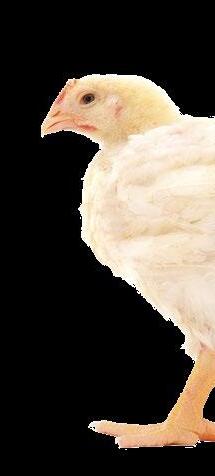 Fig. 3. Detection results using YOLOv5 and YOLOv5-CBAM in reused litter. (b) Birds at day 9. (c) Birds at day 16. (d) Birds at day 23.
Fig. 3. Detection results using YOLOv5 and YOLOv5-CBAM in reused litter. (b) Birds at day 9. (c) Birds at day 16. (d) Birds at day 23.
4-3 4 4-4 2-2 2 2-3 2-1 2 2-2 2-3 2 2-2 7-8 7 7-8 2-3 2 2-2 2-2 2 2-3
7-7 Results of YOLO v5 8 Original image 7-8 Results of YOLO
42 aviNews International March 2024 | Detecting broiler chickens at different ages with advanced deep learning models
vs 5 - CBAM Broilers


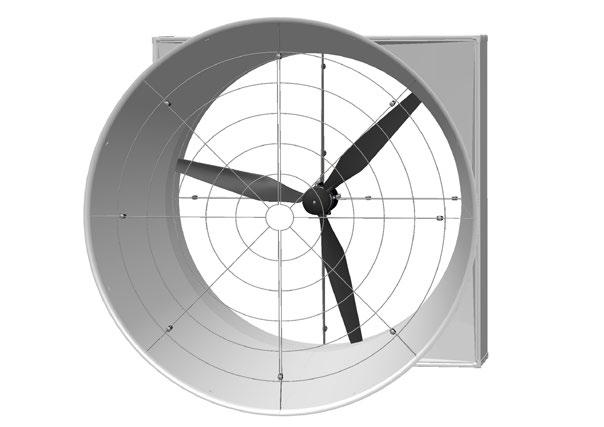


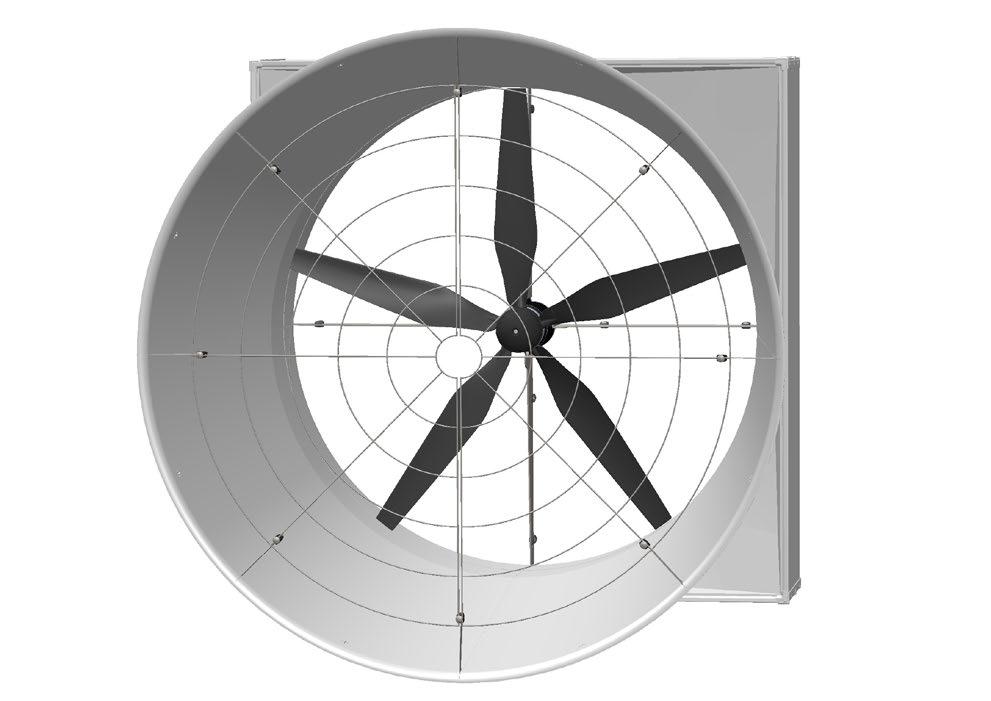
MagFan World leader in fan e ciency - by a wide margin! +45 75 77 19 22 | mail@dacs.dk | www.dacs.dk MagFan World leader in fan e ciency - by a wide margin! +45 75 77 19 22 | mail@dacs.dk | www.dacs.dk
HEAT WAVES AND THE IMPORTANCE OF THE ENVIRONMENT IN
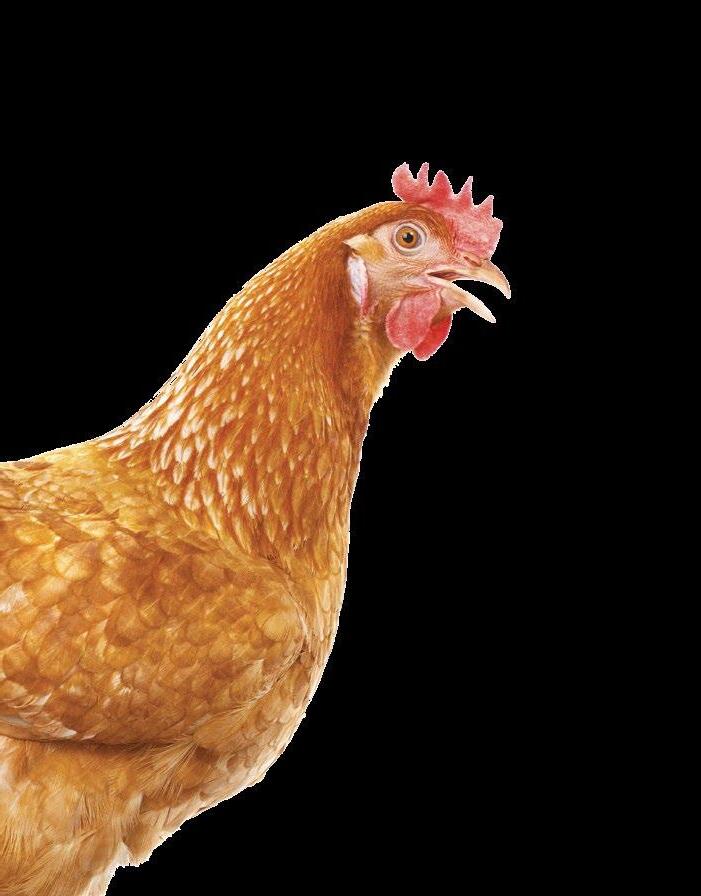

Layers 44 aviNews International March 2024 | Heat waves and the importance of the environment in layer poultry
If we evaluate what is happening lately, we perceive that the occurrences of heat waves are more and more present in our reality.
In this context, it can be said that heat stress is related to the result of the negative balance between:
The amount of heat dissipated from the animal to the surrounding environment and,
The amount of heat produced by the animal itself.
If we consider that the best condition would be the maintenance of thermal equilibrium, stress is precisely the imbalance that leads the animal organism to use different ways to maintain itself.
Birds are homeothermic animals, that is, they keep their body temperature relatively constant (approximately 41°C), but their characteristic is the absence of sweat glands, which makes heat exchange with the environment difficult
Because of this, birds can exchange heat with the environment by four means in order to keep their body temperature in equilibrium:
Convection.
Conduction.
Radiation. Respiration.
Respecting the limits of the thermoneutrality zone for laying hens under “normal conditions” is no longer an easy task and it is not adopted by everyone. Under heat wave conditions, the losses incurred are very significant from an economic point of view due to high mortality rates, as has occurred in Brazil in the spring and summer period.

45 aviNews International March 2024 | Heat waves and the importance of the environment in layer poultry
Layers
Considering the ideal temperature ranges for a rearing system, the following figure shows the recommended limits for the different phases during rearing and production.
Ideal temperature ranges for the different phases of layer rearing
Rearing 1 week
Rearing from 2 to 6 weeks
Rerearing from 7 to 18 weeks Production starting at 18 weeks
Environmental temperature, ºC
In a simple direct analysis it is possible to conclude that in case of heat waves the production conditions will be well above the recommended ideal temperatures.
In addition to the conditions related to temperature, the relative humidity values of the air must be associated in the complete interpretation of the physical environment. The production environment is not evaluated only with temperature values.
Temperature and relative humidity air values should be considered together in the evaluation of the microclimate of an aviary.
Even so, considering:
Genetic requirements.
Breeding phase.
At the present time, it must be taken into account the production system, that is, whether the laying hens are kept in conventional systems (cage) or cage-free systems.
This fact, which is no longer simple, cannot be treated in the same way from the point of view of the environment and comfort of the birds, since are very different conditions, even though the birds have the same thermoneutral zone.
The thermal behavior of the facilities is very different. Thus, it is necessary to differentiate the environmental traits, considering that the environment of hens in cages is totally different from the environment of cage-free hens.
Figure 1. Recommended ideal temperature ranges for laying hens in the rearing, rerearing and production phases (Silva et al., 2020).
Layers 46 aviNews International March 2024 | Heat waves and the importance of the environment in layer poultry
ENVIRONMENT: CAGED HENS VS. CAGE-FREE HENS
In addition to the heat coming from direct solar radiation, the facility already has the internal heat production associated with the birds themselves and their droppings. Additionally, indirect solar radiation reflected from the outside to the inside of the facility, mainly in the Californian or similar models that do not have curtains or other protection against radiation.
Removing internal heat from the facility is essential to maintain environmental control for the laying hens, in this case there are two ways:
1. Prevent heat entry – Insulation (ceilings, coverings, curtains, tunnel systems, materials of low thermal conductivity – good insulators).
2. Remove internal heat – Ventilation (positive, negative, crossed, which will depend on the dimensions of the sheds and the temperature gradient between the internal and external environment, which will define the necessary air flow for the chickens).
The two considerations mentioned above are crucial for the good performance of an environmental control project for laying hens.
Even so, there are situations in the field where control is not effective. It is not enough to have air conditioning equipment if it is operating at maximum performance.
Figure 2 below shows a climate controlled shed for laying hens, however, the wind flow is not sufficient to remove the internal heat from the structure.
In these situations, it is important to consider the amount of water vapor in the production environment (relative humidity) and the temperature difference between the inlet (start) and outlet (end) of the shed.
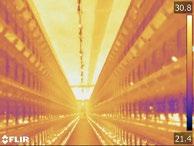
 Figure 2. Thermal variation in conventional and climate-controlled aviaries (Guerra, 2020).
Figure 2. Thermal variation in conventional and climate-controlled aviaries (Guerra, 2020).
Layers 47 aviNews International March 2024 | Heat waves and the importance of the environment in layer poultry
For conditions of high temperatures (>30 ºC)
The need for an efficient cooling system must still be linked to heat wave management. This management will depend on external conditions where the shed is located.
A didactic protocol, which should be considered and applied as a starting point in air conditioning projects, is associated with the psychrometric characteristics of the air and can be seen in Figure 3
The local relative humidity is fundamental in making decisions on the management of the cooling system to be adopted.
What reduces the internal temperature of the aviary is the evaporation capacity of the dry air mass. And in this process there is an energy consumption that reduces the temperature. The cooling potential as a function of temperature and humidity variation in an environment can be seen in the classic work of Jin Donald (1999) in Table 1.
Figure 3 should be used as a practical and conceptual reference, showing that in environments with relative humidity above 80%, misting programs or activation of evaporative panels should not be activated. Unfortunately, in the countryside it is very common to see the opposite.
Table 1 - Cooling potential of external air at different temperature and relative humidity conditions.
Temperature Relative Humidity (C) 80% 80% 80% 80% 80% 80% 40,5 3,8 5,5 7,7 10 12,2 15 37,7 3,3 5 7,2 9,4 11,6 13,8 35 3,3 6,6 8,8 8,8 11,1 13,3 32,2 2,7 5 6,1 7,7 9,4 11,6 29,4 2,7 4,4 6,1 7,7 9,4 11,6 26,6 2,2 3,8 5,5 7,2 8,8 11,1
Figure 3. Management strategies for psychrometric aviary air conditioning systems (Silva, 2020).
ONLY VENTILATION NEBULIZATION VENTILATION INTERMITENT VENTILATION AND NEBULIZATION
Layers 48 aviNews International March 2024 | Heat waves and the importance of the environment in layer poultry
HOW EGGCITING!

Get more sellable eggs, egg mass and productive life span.
Built on BioZyme’s 70 years of Aspergillus oryzae (AO) fermentation expertise, AO-Biotics EQE® is the first-and-only AO postbiotic developed specifically for layers.
Made in the USA. Not available in all countries.
We are AO experts. We are Anything but Ordinary.
Care that comes full circle. BioZymeInc.com TM
HOW TO SOLVE?
A number of simple measures can mitigate the effects of heat stress in birds, mainly related to the environment. We highlight here the measures mainly related to open systems, where we with open systems, where we have a more difficult control of environmental conditions due to the absence of mechanisms to do so:
1 2
The roof is one of the most important structures of the facility, since it prevents direct solar radiation on the birds. Thus, the roofing material must have high solar reflectivity, low thermal emissivity and low solar absorptivity. This means, it must reflect as much solar radiation and absorb as little as possible, emitting the least amount of heat into the facility.
Paint the ceiling white, regardless of the roofing material, greatly helps to reduce the temperature inside the shed, as this color facilitates solar reflectivity.
Ventilation: In open systems, curtain management already provides great support for natural ventilation. But in situations of extreme heat, artificial ventilation is essential. This does not promote a reduction in ambient temperature, but helps reduce the temperature that birds feel (modifies the thermal sensation), given that acts by renewing the nearby air to them, helping the process of convection.

3

4
Ventilation associated with misting has an even better effect, since it promotes the reduction of temperature, as mentioned above, even taking the necessary care according to the variability of local humidity.
Microclimate around the farm: The surrounding area plays an important role. The soil should also be covered with vegetation, as evapotranspiration contributes to temperature reduction. In addition, the bare soil ends up reflecting more heat in the installation. Natural shade helps to maintain a more comfortable temperature inside the shed
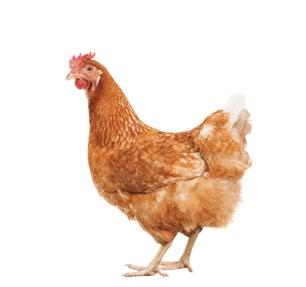
Layers 50 aviNews International March 2024 | Heat waves and the importance of the environment in layer poultry

5
5. Drinking water temperature can also improve the birds’ response to heat. Studies have shown better performance (feed intake and egg production) for birds with access to cold water compared to birds with access to room temperature water. Cooling drinking water may not be feasible due to the high cost, but simpler measures such as insulating water tanks and distribution systems can improve the situation.
Unlike in the the past, today there are a number of products that allow for excellent insulation even in heat wave conditions
6
Adoption of an adequate housing density: according to the construction and climatic characteristics of each region.
7
Correct nutritional management: providing a feed ration that allows a lower production of caloric increase.
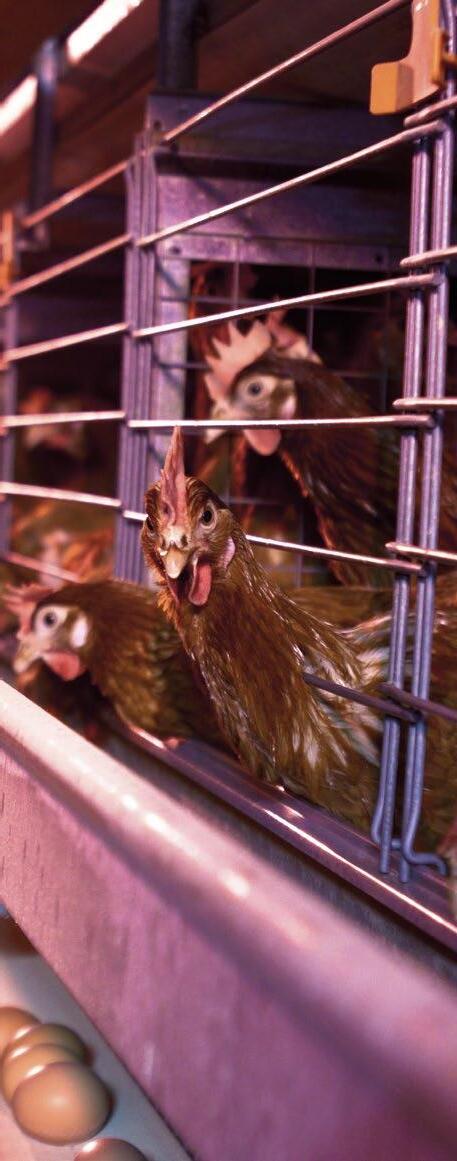

Layers 51 aviNews International March 2024 | Heat waves and the importance of the environment in layer poultry
WHAT ABOUT THE FUTURE?
There is no room for amateurism when it comes to the animal environment. It is no longer selling equipment, or air-conditioning a facility at any price, without even thinking about the energy costs.
Strategic environmental planning is the future of poultry farming and, in this sense, there are environmental protocols that have been implemented with the perception of treating each shed individually within the poultry organization.
There are no spaces for the treatment of one owner’s environmental conditions in the form of a technological package that can be used by everyone. Each aviary must be evaluated, adapted and modified in a unique way, only then will we have the conditions to be able to deal technically with problems such as heat waves.
FINAL CONSIDERATIONS
Heat waves and extreme heat, especially in the summer, are very common in practically all regions of Brazil. Proper production management, especially in terms of installation, should always be the first option as a barrier against heat waves.
Understanding the management, how to manage the variables of temperature, relative humidity, air speed and cooling systems are essential to improve the condition of the poultry environment.

Heat waves and the importance of the environment in layer poultry DOWNLOAD PDF
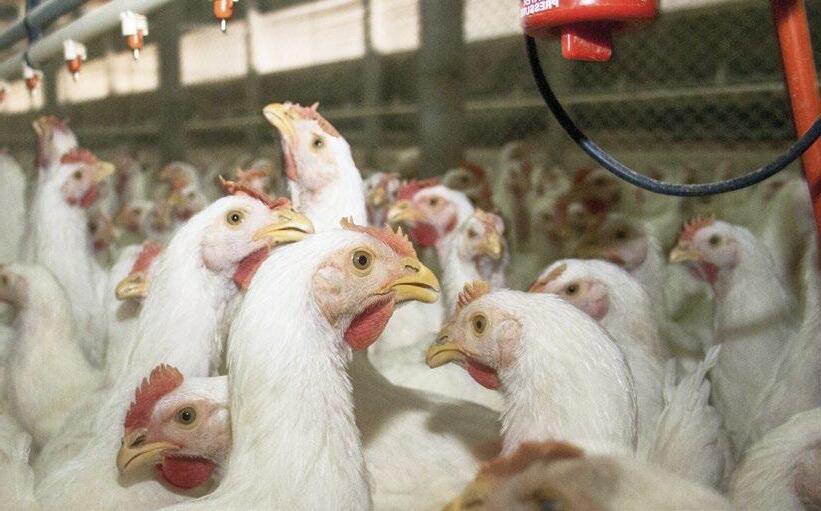
52 aviNews International March 2024 | Heat waves and the importance of the environment in layer poultry
Layers
Hit the Target
Achieve more eggs in the pro table egg weight categories at the best feed e ciency.
Contact your Hy-Line representative to learn more.




FEEDING MANAGEMENT IN LAYERS

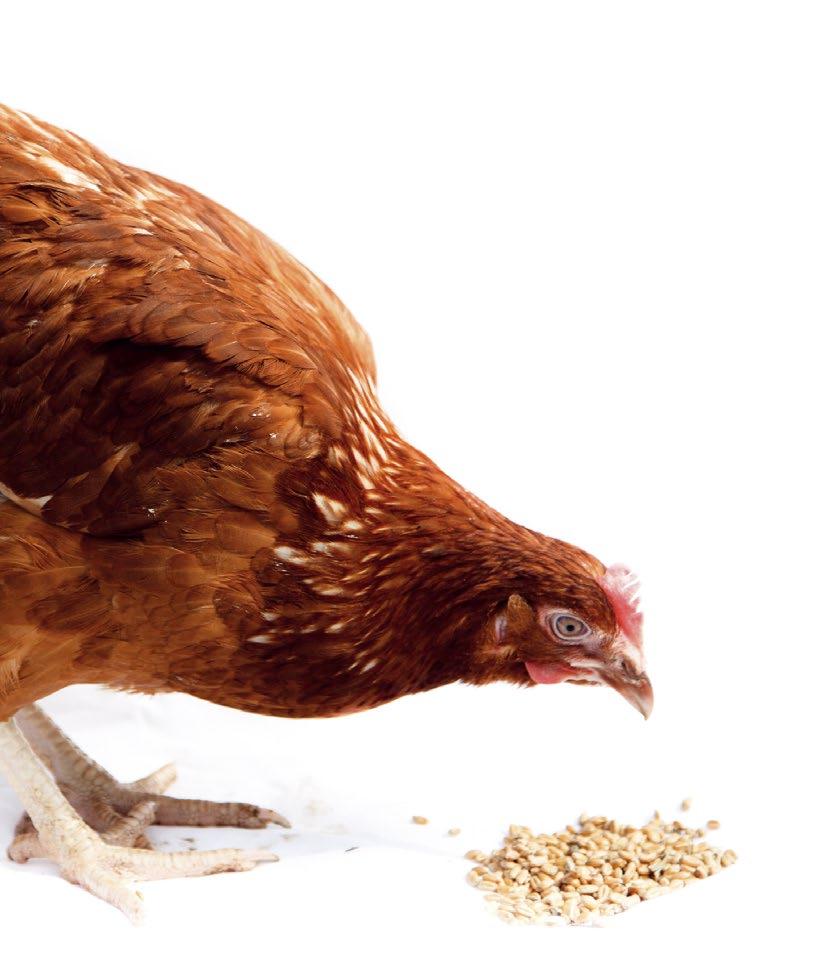

The genetic potential of the H&N layers is remarkable, and thanks to constant investments in our breeding program, will keep on improving.
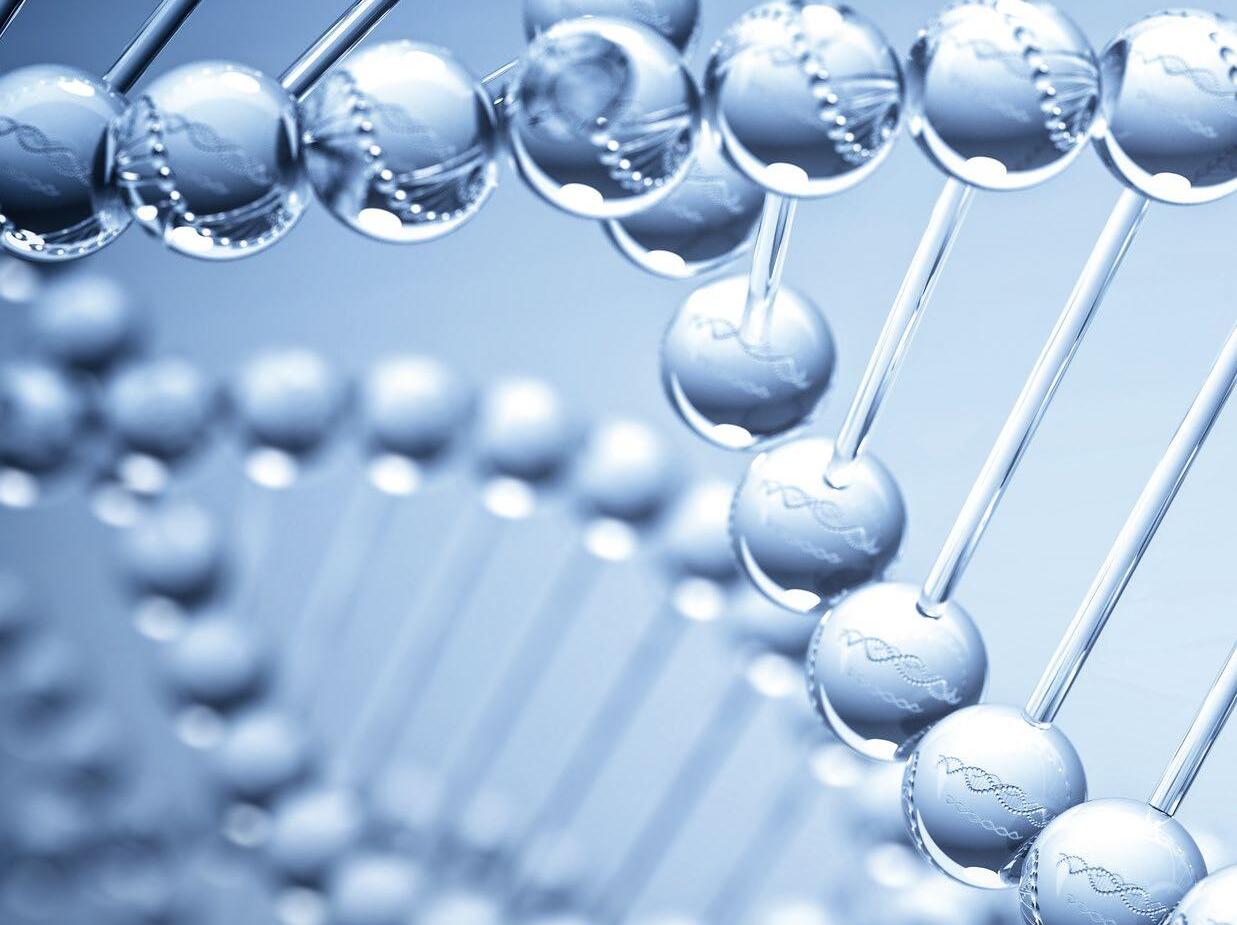
To make the most of this genetic potential, we need to ensure that all factors related to management, feed, the environment, and overall health status is always operating at the optimum level.
H&N Technical Department
54 Nutrition aviNews International March 2024 | Feeding management in production
It is well known that feed plays a major role in achieving this goal, while also having a great impact on the production cost.
The feed will often have a different composition in terms of nutrients and raw materials, often influenced by the raw ingredients available locally as well as the target feed intake and egg mass production that the diet is designed for.
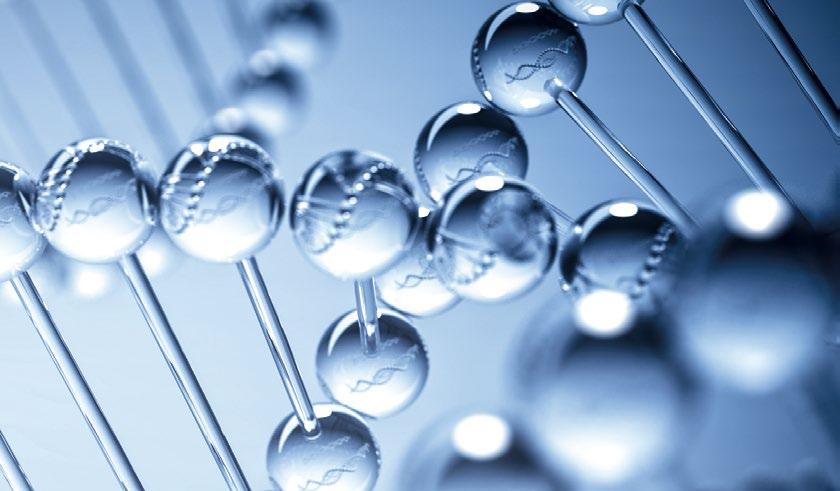
We must also remember that the layer hens have a selective feed intake, meaning she will only eat all the nutrients of the feed if the structure is attractive.
Therefore, the feed mill has an important job to do and a big challenge if a balanced nutrient intake is to be guaranteed.

The feed mill receives raw materials all with a different size and density so they need to be well processed, mixed, and combined in a homogeneous structure so that layer hens will eat the full nutrient package and cannot selectively eat.
A homogeneous structure of feed is the path to provide the nutrients for the best performance. Unfortunately, under commercial conditions it is not always possible to produce the ideal feed structure.
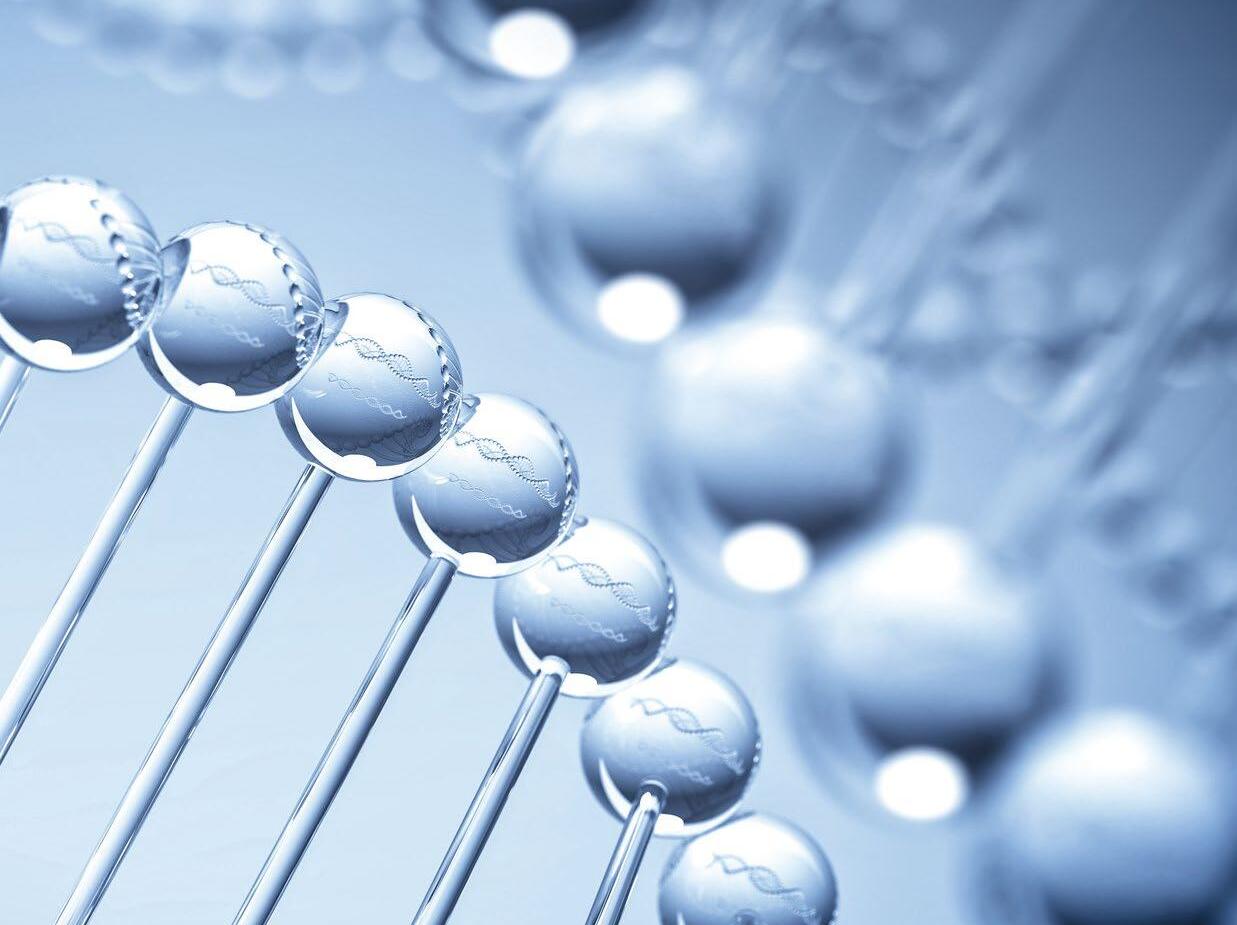
The layer hens have a selective feed intake, meaning she will only eat all the nutrients of the feed if the structure is attractive.
Selective feed intake
Selective feed intake is an innate behaviour, so to help us overcome these challenges, we would like to highlight some of the farm management techniques that can be applied for achieving the optimum feed intake with the correct nutrient profile that the layer hen needs for a performance according to its genetic potential.
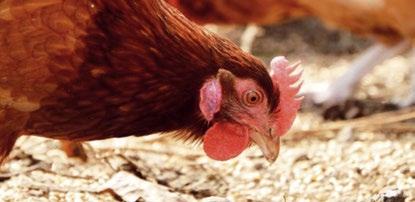
In this article the different aspects related to feed management during production will be covered.
It is assumed that a good rearing has been done and the flock has a good uniformity and a good body weight development. Furthermore, it is taken for granted that an adequate feed intake training has been applied, especially from week 10-11 onwards, that guarantees a good development of the bird’s digestive tract.
1
55 Nutrition aviNews International March 2024 | Feeding management in production
2 3
Eating behavior
The main driver of feed intake in layer hens is to supply and match their energy needs.
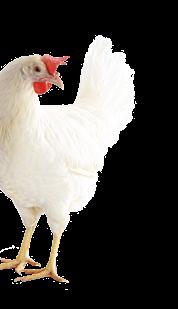
The energy needs are determined by the hen’s requirements for maintenance, growth, and egg mass production.
The main driver for the daily energy need is the body weight, therefore it is important to permanently know the average body weight and uniformity of each flock and understand how it impacts the behavior of the birds within the flock.
Daily energy needs
As the bird grows, the daily energy needs will increase (see Graphic 1). This will impact the feed intake of each bird.






Feed formulation is normally calculated for an average bird, but those above average will be the ones struggling to get what they need.
The larger birds, normally with a higher hierarchy within the flock, will have the opportunity of selecting and eating what they want (mainly big particles high in energy), and the less dominant hens generally get what is left (small particles high in amino acids and vitamins).
Consequently, if the feed structure is not homogeneous, both groups will then get an unbalanced intake of nutrients. To minimize this problem maintaining a good flock uniformity combined with adequate feeding space per bird is essential. (This will be discussed later in further detail).
a constant egg mass production 350 300 250 200 150 100 50 0 Energy Needs (kcal/d) 1600 1700 1800 Body weight (g) Maintenance Egg mass production 1900 2000 120 178 120 186 120 194 120 202 120 210
Graphic 1. Effect of body weight on daily energy need maintaining
1600 1400 1200 1000 800 Geometric mean Diameter (μm) 1000 GMD 1250 GMD 1400 GMD 6 am 8 am 10 am 12 pm 2 pm
Graphic 2. Evolution of the geometric mean of the feed with time (Adapted from Herrera et al., 2018)
25 20 15 10 5 0 Feed intake (% daily intaje) Daylight hours (am/pm) 6-8 8-10 10-12 Morning (40% feed intake) 12-14 14-16 16-18 18-20 20-22 13,2 8,6 8,0 9,3 10,8 12,4 18,6 19,1 Afternoon (60% feed intake) 56 Nutrition aviNews International March 2024 | Feeding management in production
Graphic 3. Eating behaviour of the birds (adapted from Keshavarz, 1998)
Another factor that can impact feed intake behaviour is the temperature of the barn. The layer hen’s energy intake increases as the temperature drops and reduces as the temperature increases.
At temperatures above 27º C, the overall performance of the hen can be compromised due to the reduced energy intake alongside the additional energy required by the activation of the response mechanisms such as panting that is used to expel excess heat.
At temperatures below 20º C feed intake will increase and there will be a higher requirement to utilise energy to maintain body temperature. While this will affect feed efficiency, performance is often not affected.
To avoid the challenge caused by temperatures out of the layer comfort zone, it is recommended to invest in a good ventilation/ heating system and ensure the building has efficient insulation.
Looking further into selective feed intake, research shows that the limiting factor for the selection of what they eat is the particle size and not one specific nutrient.

To avoid the challenge caused by temperatures out of the layer comfort zone, it is recommended to invest in a good ventilation/ heating system and ensure the building has efficient insulation.
Hens will naturally select the larger particles over the smaller nutrients you generally find at the bottom of the feeders. If we don’t control this behavior, then the average geometric mean of the feed will be reduced. (Graphic 2, Adapted from Herrera et al., 2018).
Therefore, we must ensure that the fine particles have been eaten before we deliver another feed distribution to prevent further selection of the largest particles. An imbalanced distribution will allow the birds to meet their intake requirement but fail to supply a balanced nutrient profile.
Furthermore, we need to consider that the feed intake will increase based on the needs of the layer hen during the day.
In production, the layer hen will increase the feed intake in the afternoon as the requirements for egg production increase.
Generally, 60-70% of the daily feed intake is taken in the afternoon (Graphic 3).
Feed deliveries should be adjusted to meet this demand.
Pay especial attention to free range production since the birds might stay outside for long periods of time.
They should get a full meal before they go to the range.
57 Nutrition aviNews International March 2024 | Feeding management in production

Overcoming feeding challenges
In the next bullet points, we would like to provide some practical recommendations that can help to achieve the balance between feed and nutrient intake on the farm.
1CORRECT FEED DELIVERY
From the age of 5 weeks onwards it is advised to train the animals to empty the feeders once a day (Picture 1).


Picture 1. An example of an empty feeder chain (first picture) taken in an area of high activity and an example of a low level of feed (second picture) in a normal area. This low feed level should be achieved once a day.
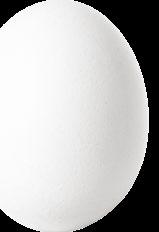
By doing this, the birds are encouraged to eat the finer particles of the feed. During this training period, it is IMPORTANT to have somebody present to monitor the behaviour of the animals, especially in cagefree systems to ensure the feed is not restricted and undue stress is placed on the flock.
Once the feeders are empty, the next feed delivery should be offered.
This should be done by block feeding.
Block feeding is simply running two feeds in quick succession. The aim is to offer all birds a complete feed with a balanced nutrient content.
The empty trough will have made the birds hungry; the dominant birds will be the first ones to the feeders where they will eat and become satiated. When the second feed runs the less dominant birds will find it easier to access the feeders and allow them to get a complete feed and not the leftovers of the dominant birds.
It is highly advisable to continue this practice of feeding to an empty trough in the production house after transfer. To prevent any impact on egg production cycles it is advisable to implement the empty trough method around noon.
Furthermore, at this time the farm staff will be working around and can react in case of unexpected events. Also bear in mind that 40% of the feed will be consumed in the morning and 60% in the afternoon. So, plan your feeding program accordingly.
Make sure that there is always feed available at the latter part of the day. This is to ensure there is enough feed available during egg production in the afternoon period. The last feed should be run around two hours before lights out.
58 Nutrition aviNews International March 2024 | Feeding management in production
TRAINING FEED INTAKE CAPACITY DURING
WEEK 10 TO 17
3 4 2
During this period, we need to promote a good feed intake to aid the development of the digestive organs as well as to promote feed intake capacity prior to the beginning of the production cycle.
The limiting factor for feed intake is the gut size, stimulating, and therefore increasing the size of the crop, proventriculum, gizzard and intestine during this period will allow the bird to have a larger feed storage capacity. This is essential to allow the hens to ingest and digest a complete balanced feed.
A mature hen eats 100-120 grams depending on several factors such as breed, feed nutrient density and production environment.
A hen that has been trained in rear for a larger intake capacity will not only transition easier into the production cycle but will also be in a better position to adapt to the challenges in the egg production phase.
UNIFORMITY OF THE FLOCK
Good uniformity within the flock will reduce the competition among the layer hens.
This will allow all the birds the opportunity to eat a fully balanced meal therefore improving the nutrient balance within the flock.
Furthermore, the actual requirements of the individual hens within the flock will be more closely aligned to the calculated average flock nutrient needs.
A mature hen eats 100-120 grams depending on several factors such as breed, feed nutrient density and production environment.
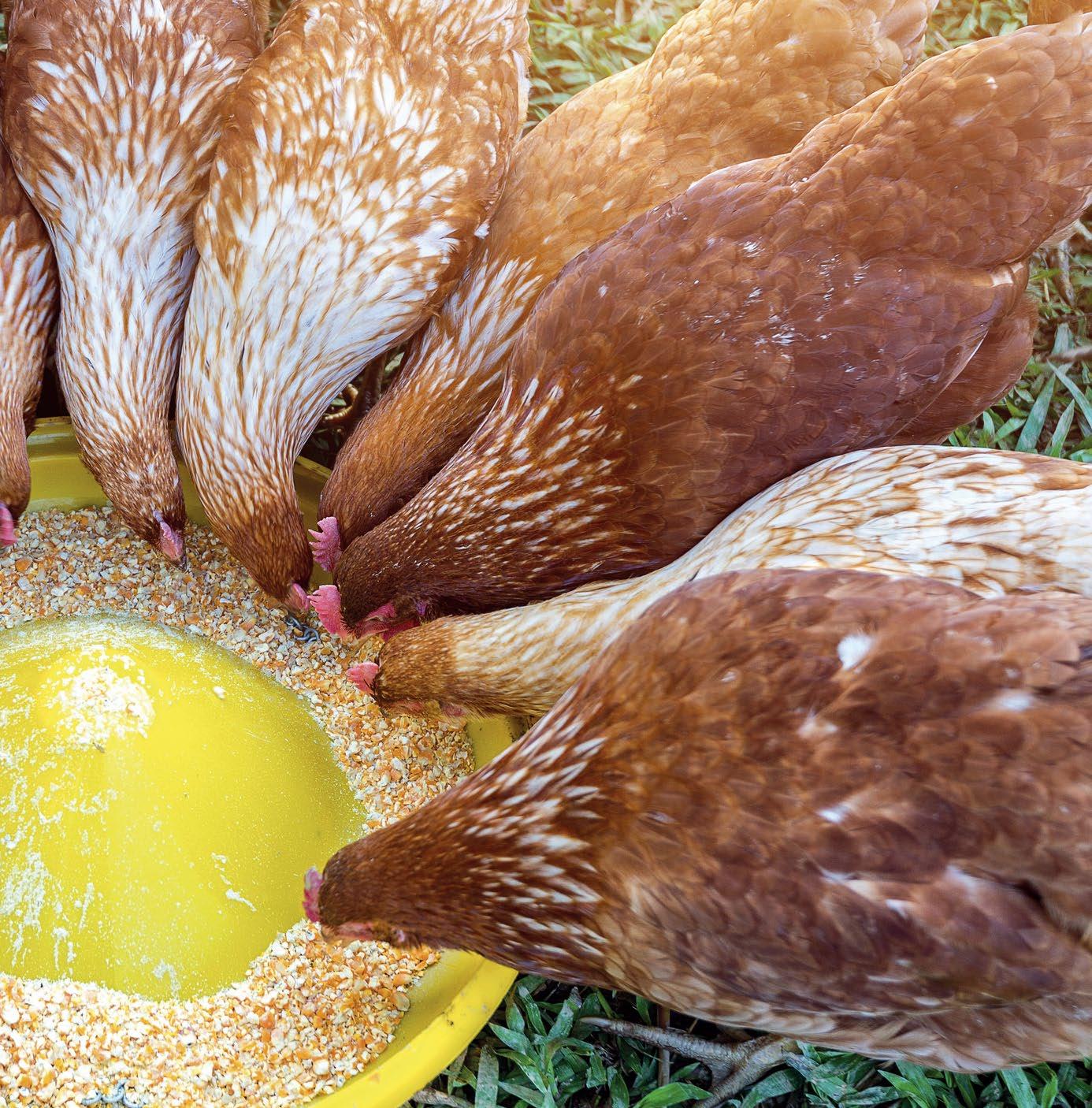
Block feeding is simply running two feeds in quick succession. The aim is to offer all birds a complete feed with a balanced nutrient content after managing the feeding times for the birds empty the feeders.
EQUAL DELIVERY OF THE FEED
This has a direct impact on the uniformity of the flock.
Feeder space:
In cage production, this is a limiting factor for achieving good flock uniformity in both rearing and production.
It will also limit dramatically the growth of the pullets (see Table 1).
0-3 WEEKS
4-16 WEEKS
>17 WEEKS
2.5 cm/bird
5 cm/bird
≥10 cm
Table 1. Feeder space recommendation
59 Nutrition aviNews International March 2024 | Feeding management in production
FAST DELIVERY OF THE FEED 5
This is an important factor especially for cage free production. In this kind of production system, birds are free to choose where and often what to eat.
It is key to deliver the feed as fast as possible so that the feeders along the barn are quickly filled and the birds don’t have the option of selection during the feed delivery.
In practice this is not so easy to achieve, and it can often be seen how a group of birds are congregated at the beginning of the feeders trying to select the big particles while at the end of the feeding line there is only fine particles available for the hens in this area (see Picture 2), this problem is exacerbated when the feed delivery system runs slowly.

It is key to deliver the feed as fast as possible so that the feeders along the barn are quickly filled and the birds don’t have the option of selection during the feed delivery.
Before building a barn especially in alternative systems it is important to pay special attention to the feeding system:
Feeding chain is preferred to feeding pans: feed chains tend to help maintain better uniformity within the flock and hold the structure of the feed better than other systems during the feed delivery.
Use fast running feed chains >18 m/min: with a fast running chain, the layer hens cannot selectively eat during the running times.
Consider the possibility of controlling chains separately at different levels: if the distribution of the layer hens in an aviary isn’t homogenous, we might need to feed more often at certain levels than others.
Ensure enough supply and/or storage capacity: using the block feeding technique requires you to have enough feed stock or feed supply capacity in the barn (see Picture 3).
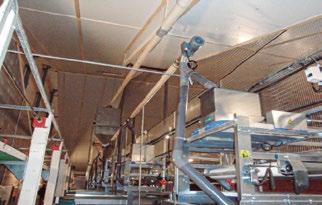 Picture 2. Example of feed collected at the beginning (left) and at the end (right) of the feeding line.
Picture 3. Example of a good dimensioned feed delivery
Picture 2. Example of feed collected at the beginning (left) and at the end (right) of the feeding line.
Picture 3. Example of a good dimensioned feed delivery
60 Nutrition aviNews International March 2024 | Feeding management in production
MONITOR WATER CONSUMPTION 6
Clean water of good quality and adequate temperature must always be available. Birds must have access to a sufficient number of evenly distributed drinkers. Extra attention is necessary in hot climates.
The water system must be checked and cleaned regularly to ensure functionality.
Water consumption must be closely monitored as birds that are not drinking appropriately will often have a lower feed intake which can impact on body development and production.
The water system must be checked and cleaned regularly to ensure functionality.

Present and future challenges
Currently, beak treatment is still allowed in many countries, however some north European countries have already banned this practice while others have chosen not to implement it themselves.
Hens with full beaks have more difficulties eating fine particles; therefore, the practices described above can have a reduced effect and so the structure of the feed produced in the feed mill is key.
Feed with very coarse structure or the use of pellets or crumbles could help under these circumstances, always with an additional system to supply coarse calcium.
The layer hens eat to satisfy energy needs and they eat depending on body weight, temperature in the barn and particle size.
The feeding practices help the layer hen to have a complete balanced nutrient intake.
The timings of the delivery of the feed can help teach the layer hens to eat the fine particles that they don’t find attractive and otherwise would avoid.
Feed intake capacity allows the layer hen to get more feed per each feeding time and overcome the feed intake challenge at the start of production.
High uniformity flocks will have less competition for eating.
Make sure that not only is the feed mill producing a good homogenous feed structure but also and no less important that the feed in your facility is delivered effectively and efficiently.
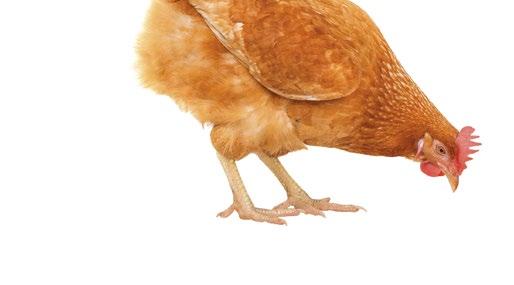
Feeding management in production DOWNLOAD PDF
SUMMARY 61 Nutrition aviNews International March 2024 | Feeding management in production
IN
PROBIOTICS, PREBIOTICS, IN POULTRY. PART 1 AND PHYTOGENIC SUBSTANCES FOR OPTIMIZING GUT HEALTH
1Department of Poultry Science, University of Arkansas, USA.
2Department of Animal Nutrition and Nutritional Diseases, Faculty of Veterinary Medicine, Ankara University, Turkey.
3Institute of Poultry Diseases, Faculty of Veterinary Medicine, Free University of Berlin, Germany.

The permeability of the intestinal tract controls the uptake of nutrients and the transport of unwanted extracellular substances such as bacteria and xenobiotics, in addition to the nondigested substances. Therefore, gut health plays an essential role in the pathogenesis of various intestinal disorders.
The permeability of the intestine is controlled by gut microbiota, digestive secretions, physical barriers (mucin, intestinal epithelial cells lining and tight junctions), and chemicals such as cytokines.
Juan D. Latorre1, Sakine Yalçin2, Guillermo Tellez-Isaias1, Hafez M. Hafez3 et al.
Nutrition 62 aviNews International March 2024 | Probiotics, prebiotics, and phytogenic substances for optimizing gut health in poultry. Part 1
ALTERATION IN THE INTESTINAL MICROBIOTA
Under normal conditions, the symbiotic relationship between the gut microbiota and the host crucially determines intestinal health. However, a disturbance in the gut microbiota can lead to an imbalanced host–microbe relationship, which is called “dysbiosis”.
Several factors, such as antinutritional factors in feed, heavy metals, toxic substances, bacterial toxins, herbicides, and antibiotics, can disrupt the gut microbiota.
These impacts can lead to localized inflammation, extensive infection, or even intoxication.
Additionally, the intestinal epithelium forms tight connections, acting as a biological barrier that controls the paracellular transit of different materials across the intestinal epithelium, including ions, solutes, and water.
It also functions as a barrier of extracellular bacteria, antigens, and xenobiotics.
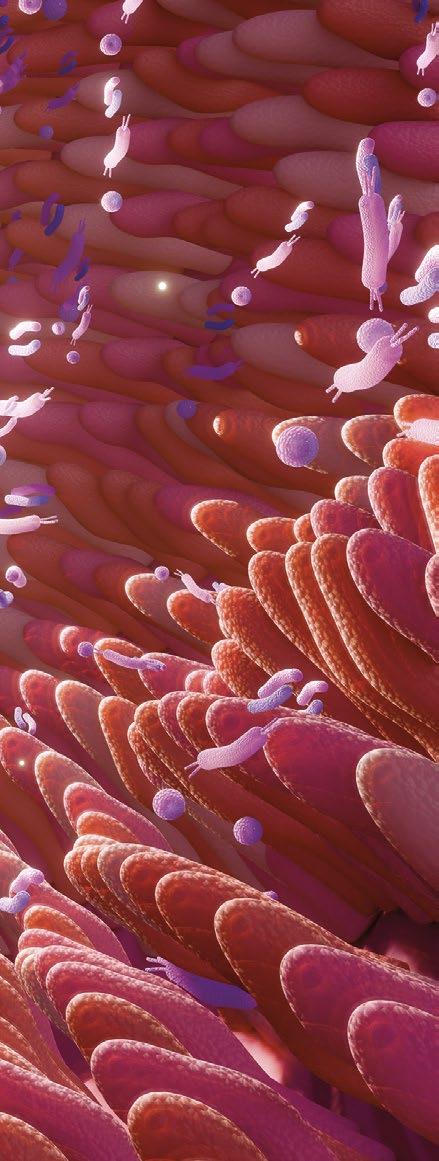
IMPAIRED INTESTINAL BARRIER
The impaired intestinal barrier function, commonly known as “leaky gut”, is a condition in which the small intestine lining becomes damaged, leading to infiltration of luminal contents such as bacteria and their associated components including toxins to pass between epithelial cells.
These conditions subsequently lead to cell damage and/or inflammation of the intestine, characterized by increased levels of bacteria-derived endotoxins in blood.
This inflammatory process consumes significant amounts of nutrients, and, subsequently, has negative effects on metabolic responses, in particular on immunometabolic and endocrine responses.
As a result, animal performances are severely reduced.
Additionally, field observations in Europe showed that the poultry industry faced several problems after the ban of antibiotic growth promoters (AGPs), including negative impacts on performance, animal welfare aspects, and general health issues.
Nutrition 63 aviNews International March 2024 | Probiotics, prebiotics, and phytogenic substances for optimizing gut health in poultry. Part 1
In response to the AGP ban, several alternatives to antibiotics, such as probiotics, prebiotics, and phytogenic substances, have been developed, tested, evaluated, and used for chicken and turkey production at an increasing frequency.
In this review, we discuss the role of these alternatives in maintaining gut function through modulation of the gut microbiota and the related effects benefitting health and quality of poultry.
INTESTINAL MICROBIOTA IN POULTRY
Microorganisms that live in animals’ gastrointestinal tracts (GITs) are a prime example of beneficial bacteria. Indeed, the GIT is the home of a diverse and plentiful microbial community providing essential functions to their host animals.
Impact on development and function
Although the intestine is exposed to microflora components from birth or hatching, little is known about their impact on healthy development and function.
Microorganisms are more densely populated in the GIT than in any other organ.
Animals have evolved the ability to host complex and dynamic consortia of microbes over their life cycle during millions of years of evolution.
As a result, a detailed understanding of the contributions of these indigenous microbial communities to host development and adult physiology is required for a thorough comprehension of vertebrate biology.

Animal species, breed, age, nutrition, environment, rearing forms, stocking density, stress, and medicine can all have an impact on the delicate composition of the gut microbiota. Factors affecting the composition in gut microbiota are shown in Figure 1.

Most of these intestinal microflora’s species cannot be cultured when they are removed from their niches, as is the case with most complex ecosystems.
Nutrition 64 aviNews International March 2024 | Probiotics, prebiotics, and phytogenic substances for optimizing gut health in poultry. Part 1
Colonization of avian guts could already start during embryogenesis and progresses to the formation of a complex and dynamic microbial society.
Based on principles established during animal history, extensive and combinatorial microbial–microbial and host–microbial interactions are likely to govern the microbiota assembly.
Comparing germ-free rodents that were raised without exposure to microorganisms to those that built up a microbiota since birth, or those that were colonized with microbiota components during or after postnatal development, a variety of host functions influenced by indigenous microbial communities were identified.
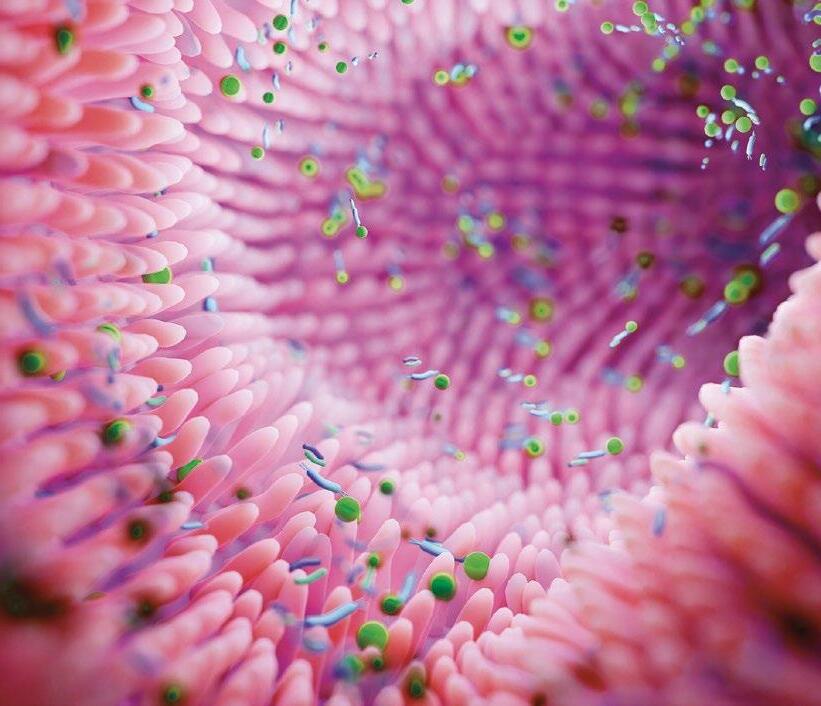
The microbiota, for example:
Directs the formation of gut-associated lymphoid tissue.
Aids immune system education.
Affects the integrity of the intestinal mucosal barrier.
Modulates proliferation and differentiation of epithelial lineages.
Regulates angiogenesis.
Modifies enteric nervous system activity.
Plays a critical role in extracting and processing the nutrients consumed.
Environmental Factors
Farm management
Husbandry
Stocking density
Temperature
Photoperiod
Ventilation
Feed management
Feed and water access
Feed quality
Litter management
Litter type
Litter humidity
Nutrition
Feed composition
Feed ingredients
Particle size
Micronutrients
Enzyme

Health interventions
Antibiotic growth promoters
Vaccination
Probiotics/Prebiotics
Plant bioactives
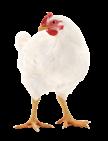

Productive performance
Gut microbiota
Functional output
Production of SCFA
Added metabolic potential
Competitive exclusion of pathogens
Composition
Richness species
Population structure and complexily
Balance between commensal and detrimental microorganisms
Host factors
Genetic background
Bird species
Type (i.e. broilers, layer)
Breed Sex
Gut development and maturation lmmune system
Gut morpholoqy
Microbiota acquisition
Gut health
Nutrient assimilation
lntestinal barrier integrity
lmmune response e ciency
ln arnmatory balance
Susptíbíllty to enteric pathogens
(E.coli, Salmonella, Campylobacter. C.per fringens)
Figure 1. Factors affecting the gut
composition modified according to Carrasco et al. (figure was created with BioRender.com, accessed on 15 December 2021).
microbiota
Nutrition 65 aviNews International March 2024 | Probiotics, prebiotics, and phytogenic substances for optimizing gut health in poultry. Part 1
Besides, Proteins and protein breakdown products, sulfur-containing substances, and endogenous or foreign glycoproteins can all be metabolized by the microflora.
Some bacteria even feed on bacterial fermentation products or intermediates including H2, lactate, succinate, formate, and ethanol and convert them to end products which are again secreted to the gut lumen, such as short-chain fatty acids (SCFA), a process that has a direct impact on gut physiology.
Nutraceuticals
It is also assumed that the molecular principles that aid in the modification and maintenance of normal physiological functioning of the gut microbiota are mainly derived from food and its supplements, such as nutraceuticals.
Nutraceuticals can include everything:
Isolated nutrients (vitamins, minerals, amino acids, fatty acids);
Herbal goods (polyphenols, herbs, spices);
More than 90% of all gut microbiota species in humans and animals belong to the phyla Bacteroidetes, Firmicutes and Actinobacteria, others are Fusobacteria, Proteobacteria, Verrucomicrobia, and Cyanobacteria.
In chickens, the phyla Bacteroidetes and Firmicutes are the most predominant representatives in the gut. In human and several animals, the ratio between Firmicutes and Bacteroidetes is a health/metabolism-associated marker.
Firmicutes species decompose polysaccharides and produce butyrate.
Bacteroidetes species degrade complex carbohydrates and synthesize mainly propionate.
The mechanisms by which bacteria exert effects on the gastrointestinal tract are largely unknown, but manipulation of these triggers is considered to be a promising mean to achieve optimal health and performance.
Dietary supplements (probiotics, prebiotics, synbiotics, organic acids, antioxidants, enzymes); and
Genetically modified foods.
These nutraceuticals also aid in the prevention of infectious diseases of the host.

Additionally, several multidrug resistance bacteria have emerged making this crisis global. Nutraceuticals will be required to reduce the use of antibiotics.

Nutrition 66 aviNews International March 2024 | Probiotics, prebiotics, and phytogenic substances for optimizing gut health in poultry. Part 1
Lactic acid bacteria
Lactic acid bacteria supplements since pre-Christian times when humans ingested fermented milk.
This subject was not analyzed scientifically until the last century, when (1845–1916), working at the Pasteur Institute in Paris, discovered a link between human longevity and the importance of maintaining a healthy mix of beneficial and pathogenic microbes in the gut.

and eventually included in probiotic formulations.
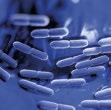
Metchnikoff and his co-workers identified the ‘Bulgarian bacillus’, most likely Lactobacillus bulgaricus, which was employed in later trials.

Today, this microorganism is known as Lactobacillus delbrueckii subsp. bulgaricus, which is one of the bacteria that is used to ferment milk and make yogurt. Following Metchnikoff’s death in 1916, the focus of work in this field shifted to the United States.
In the late 1940s it was discovered that antibiotics added to farm animals’ feed aided their growth. The need to understand the mechanisms behind this impact prompted more research into the composition of the gut microflora and how it can affect the host animal health.
The main representatives in gut microbiota of chickens are summarized in Figure 2. Understanding how the intestine matures and develops in chickens and how feed supplements benefit the gut performance will increase feed efficiency, growth, and overall health.
Crop (108 -109/g)
Firmicutes
Actinobacteria
Proteobacteria
Gizzard (101- 108/g)
Firmicutes
Caec a (10 10 - 1011/g)
Mathanogenic Archaea
Firmicutes/ Low G+C, Gram + bac.
Bacteroides/ Cytophaga/ Flexibacter/ High G+C, Gram + bac.
Actinobacteria
Proteobacteria
Large lntestine Firmicutes
Proteobacteria
Small lntestine (108 - 109/g)
Firmicutes / Low G+C, Gram + bac
Cytophaga/ Flexibacter/ Bac teroides/High G+C, Gram + bac
Actinobacteria/ Cyanobacteria
Figure 2. Microbiota in chickens, summarized from Shang et al. (figure was created with BioRender.com, accessed on 15 December 2021).
Nutrition 67 aviNews International March 2024 | Probiotics, prebiotics, and phytogenic substances for optimizing gut health in poultry. Part 1
INTESTINAL BARRIER AND TIGHT JUNCTIONS
Enterocytes are the cornerstone of the intestinal mucosal monolayer that protects the host from the external environment. A scheme of the intestinal epithelial barrier and some interactions with intestinal microbiota is shown in Figure 3.
Enterocytes are connected by the so-called tight junctions (TJs), which constitute a continuous belt of intimate contacts formed during the assembly process of integral transmembranes (occludin, claudins, junctional adhesion molecules (JAMs), and tricellulin) and peripheral membranes (zonula occludens-1 (ZO-1), ZO-2, and ZO-3).
The TJ proteins are located between adjacent enterocytes, sealing the paracellular space and regulating the permeability of the intestinal barrier.
Therefore, these proteins prevent the transit of microorganisms, toxins and other antigens from the intestinal lumen to the systemic circulation.
Bacteria
Intestinal Lumen (Microbiological barrier)
Mucus layer
Intestinal epithelium layer
Immunological barrier
Systemic circulation
The formation and function of tight junctions are controlled by intracellular signal transduction pathways:
Protein kinase C (PKC), A (PKA), and G (PKG) signaling, Phosphatase-Rho, myosin light chain (MLC) kinase (MLCK), MAPK signaling, and
The PI3K/Akt pathway.
The disruption of tight junctions by bacterial factors can occur in the following steps:
Bacterial lipopolysaccharide (LPS) activates the intestinal epithelial cells and macrophages;
These cells secrete proinflammatory cytokines such as IL-1ß; and
IL-1ß further activates these cells and triggers intracellular signaling, such as p38 MAP kinase, which subsequently activates MLCK. Finally, these processes lead to an increase in intestinal permeability.
Finally, these processes lead to an increase in intestinal permeability. Thus, leaky gut syndrome develops as a response to pathogens, feed deprivation, and stress.
Gut microbiota
Tight junction proteins
B cell Macrophages

Intestinal epithelial proteins
Plasma proteins
Dendritic cells
LPS, biomarkers, bacterial metabolites
Bacterial translocation
Nutrition 68 aviNews International March 2024 | Probiotics, prebiotics, and phytogenic substances for optimizing gut health in poultry. Part 1
Figure 3. Intestinal epithelial barrier and intestinal microbiota interaction.


BIOMARKERS RELATED TO INTESTINAL HEALTH OF ANIMALS
The interactions between the epithelial barrier function, intestinal inflammation, and the microbial environment influence gut health. Therefore, the discovery of reliable, widespread biomarkers to measure intestinal inflammation and barrier function is an important ongoing area of research. A summary of some of the known biomarkers related to intestinal health is presented in Table 1.
To study intestinal health, it is also important to develop inflammatory gut models with different challenge conditions (anti-nutritional factors, pathogens, toxins, and environmental triggers).
Inflammation can also be associated with oxidative stress and changes in the expression of genes related to oxidative stress, indicating that oxidative stress may have a critical role in the physiological intestinal function.
One quantitative technique that is used to evaluate the integrity of tight junction proteins in epithelial cell monolayers is the measurement of transepithelial electrical resistance (TEER). Mitochondrial respiration is required to maintain TEER, implying that oxidation plays a critical role in Caco-2 cell tight junction stability.
Biomarkers of oxidative stress
Often, oxidative stress is quantified by examining metabolites formed during or after an oxidative process.
An antioxidant enzyme that detoxifies harmful metabolic byproducts and that is usually measured as a biomarker is superoxide dismutase (SOD).
Other biomarkers that could be used to measure antioxidant activity include thiobarbituric acid reactive substances (TBARS), which are metabolites formed during peroxidation; total antioxidant capacity; and the Griess assay, which utilizes nitrite and nitrate breakdown to determine the concentration of nitric oxide within the cell.
Measurement/Function
Antioxidant activity
Gene expression of host protein biomarkers and tight junction
Immune activity
According to Janssen-Duijghuijsen et al., reduced mitochondrial ATP production resulted in a decrease of intestinal permeability and an increase in occludin and claudin-1 gene expression, but a decrease in claudin-2 and claudin-7 gene expression.
Consequently, a direct connection between mitochondrial function, cellular energy status, and intestinal integrity was established.
Intestinal permeability
Enterocyte function
Biomarker Type
Superoxide dismutase (SOD), Thiobarbituric acid reactive substances (TBARS), total antioxidant capacity
Fatty acid binding protein (FABP), Fibronectin, Occludin, Zonula occludens, Claudins
Acute phase proteins, Calprotectin, Lipocalin, Immunoglobulins (IgA), Interferon gamma (INF-γ)
Fluorescein isothiocyanate
dextran (FITC-d), Trans epithelial electrical resistance (TEER), Bacterial translocation
Extracellular signal-regulated kinase (ERK), Citrulline
Table 1. Potential biomarkers to evaluate intestinal health.
Adapted from Chen et al.and Baxter et al.
Nutrition 69 aviNews International March 2024 | Probiotics, prebiotics, and phytogenic substances for optimizing gut health in poultry. Part 1
Biomarkers of intestinal health
Biomarkers for the evaluation of intestinal health can also be related to monitoring intestinal function.
Citrulline is a nitrogen-containing byproduct of glutamine metabolism that can be converted to arginine and is produced mainly by enterocytes of the small intestine.
Plasma citrulline levels have been associated with intestinal absorption of markers such as mannitol in pre-weaned piglets, indicating that citrulline may be utilized to monitor intestinal function.
The extracellular signal-regulated kinase (ERK) is another biomarker that can be considered to be an option because it serves as a critical signaling pathway for intestinal epithelial proliferation and tissue healing.
Thus, serum ERK activity can reflect intestinal disruption caused by a stressor.
Biomarkers related to the immune activity
In the case of biomarkers related to immune activity that can influence intestinal health.
Secretory IgA (SIgA) is a critical component of the humoral immune system and the leading immunoglobulin that interacts with pathogens on the mucosa surface. Consequently, it has a close relationship with the homeostasis of the intestinal environment.
A proinflammatory cytokine with immunostimulatory and immunomodulatory properties is interferon-gamma (INF-γ).
This cytokine has been related to the endocytosis of tight junction proteins. Hence, it has a feasible impact on intestinal permeability.

Ultimately, both innate and adaptive immune responses are likely to provide viable biomarkers for assessing intestinal health.
Histomorphological analysis
The histomorphological analysis is another type of evaluation closely influenced by an adequate balance of the intestinal environment.
Villus height, crypt depth, and the villus height to crypt depth ratio are parameters that can be used to calculate the area of absorption in the different sections of the intestine, and at the same time be indicative of the epithelial cell turnover in the intestinal barrier.
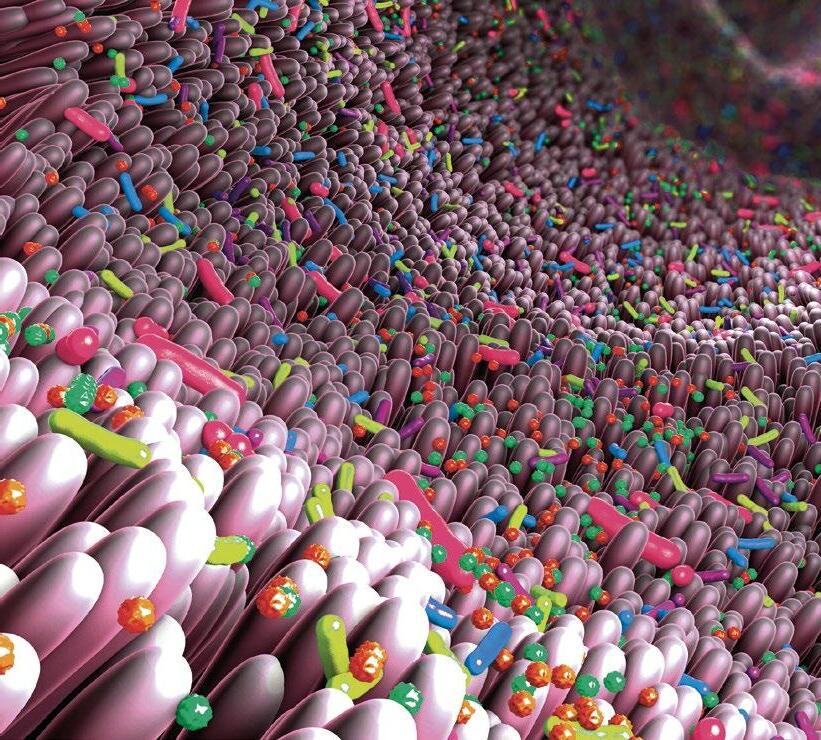
Nutrition 70 aviNews International March 2024 | Probiotics, prebiotics, and phytogenic substances for optimizing gut health in poultry. Part 1
Biomarkers of intestinal permeability
Bacterial translocation and gene expression of TJ such as claudins, occludins, and zonula occludens (ZO-1) are intestinal permeability biomarkers used to evaluate gut health.
Bacterial translocation has been related to diseases such as chondronecrosis with osteomyelitis in broiler and broiler breeders, suggesting the migration of enteric pathogens to the thoracic vertebrae.
Another well-known biomarker that has been utilized in poultry to evaluate intestinal permeability is the measurement of fluorescein isothiocyanate dextran (FITC-d) in the serum.
During intestinal inflammation, the disruption of the TJ proteins allows the FITC-d molecule to diffuse into systemic circulation, allowing measurement of this biomarker under different challenging conditions, including 24 h of fasting in broiler chickens.
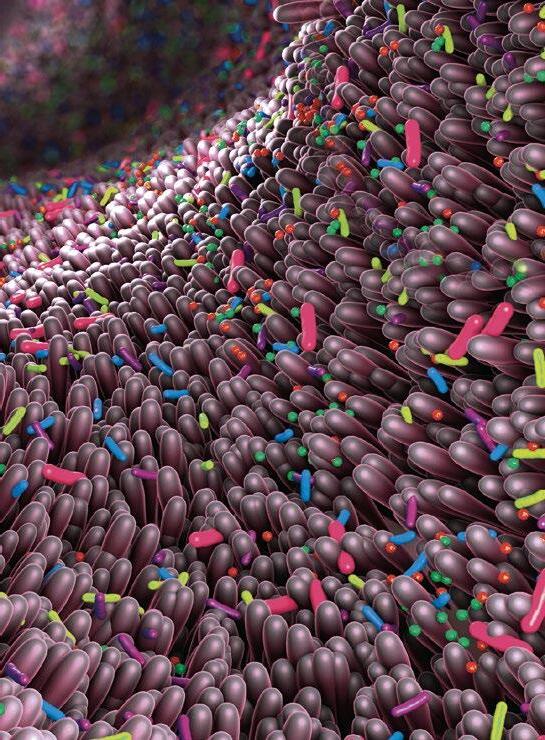
TJs such as occludin have shown to be downregulated in human patients with inflammatory bowel diseases (Crohn’s disease), and in chickens under nutritional gut health challenge condition models, therefore revealing the fundamental role of TJs such as occludin in maintaining intestinal barrier integrity.
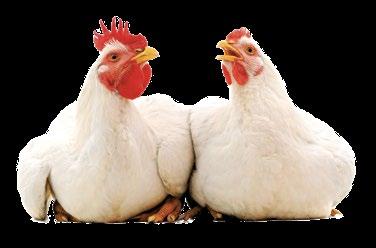
A different set of biomarkers candidates include the fatty acid binding proteins (FABP), which are intracellular lipid chaperones in charge of orchestrating lipid metabolism and critical lipid-sensitive pathways in macrophages and adipocytes.
FABP2 has been studied in humans and in chickens, showing a downregulation response when there is intestinal barrier injury.
Probiotics, prebiotics, and phytogenic substances for optimizing gut health in poultry. Part 1
DOWNLOAD PDF
Some non-invasive biomarkers that are currently being studied in fecal samples by different research groups are fibronectin, calprotectin, and lipocalin. These biomarker candidates have shown promising results in chickens; nevertheless, there have been also inconsistencies between studies.
Ultimately, the objective is to continue searching for intestinal health biomarkers that can be easily measured from samples that do not require an extensive preparation time or cost.
Nutrition 71 aviNews International March 2024 | Probiotics, prebiotics, and phytogenic substances for optimizing gut health in poultry. Part 1
ZOONOSIS AVIAN INFLUENZA
MVZ, MC, DCV Gary García-Espinosa Professor, Department of Avian Medicine and Zootechnics, School of Veterinary Medicine and Zootechnics, Universidad Nacional Autónoma de México.
The Avian Influenza disease Virus (AIV) belongs to the species influenza virus type A, family Orthomyxoviridae, genus Alphainfluenzavirus based on the International Committee of Viral Taxonomy.

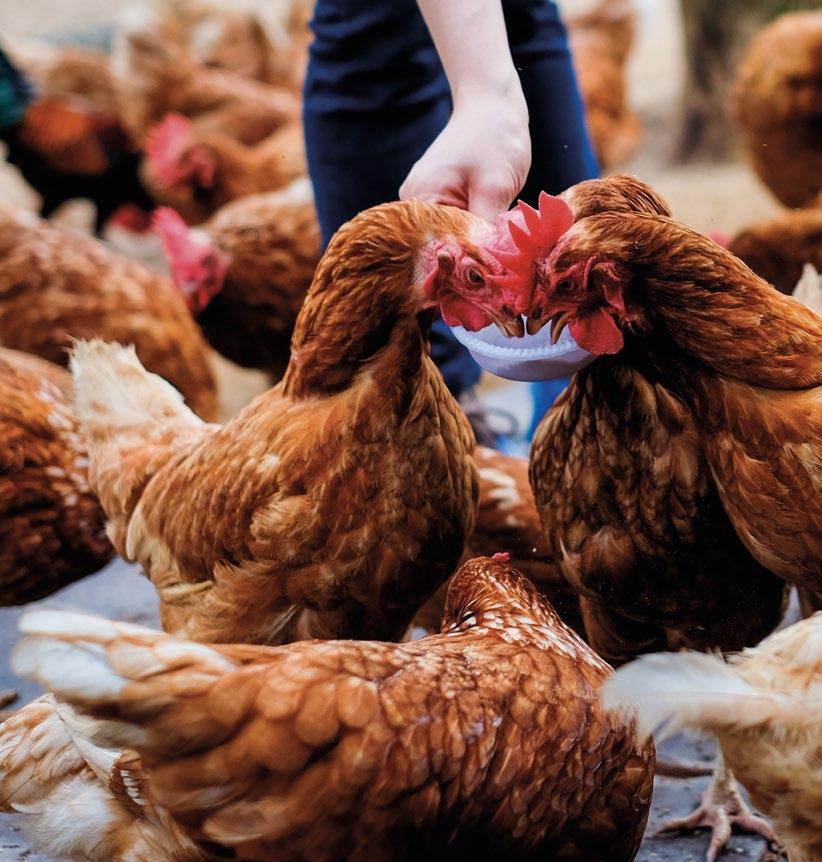
Pathology 72 aviNews International March 2024 | Avian influenza zoonosis
Matrix protein (M1)
Iconic channel (M2)
Nucleoprotein (NP)
Lipidic membrane
Hemagglutin (HA)

Polymerases (PB2, PB1, PA)
Neuraminidase (NA)
The RNA genome codes for 11 proteins, nine of which are structural (PB2, PB1, PB1-F2, PA, HA, NA, M1 and M2) and two non-structural (NS1 and NS2).
The segments are:
Segment one codes for the polymerase enzyme PB2;
Segment two codes for the polymerase enzyme PB1 or PB1-F2;
Segment three codes for the enzyme acid polymerase PA.
The fourth segment codes for the adhesion glycoprotein called hemoagglutinin (HA), which is involved in the binding of the virus to the cell, determines the degree of virulence, and is the antigen that allows the classification of influenza A viruses into 18 different HAs (16 HAs in birds and 2HAs in bats).
The AIV is characterized by being surrounded by a phospholipid membrane and having a spherical or filamentous shape with a size of approximately 80-120nm.
It contains a genome composed of 8 segments of linear single-stranded RNA with a 3-5’ sense (negative).
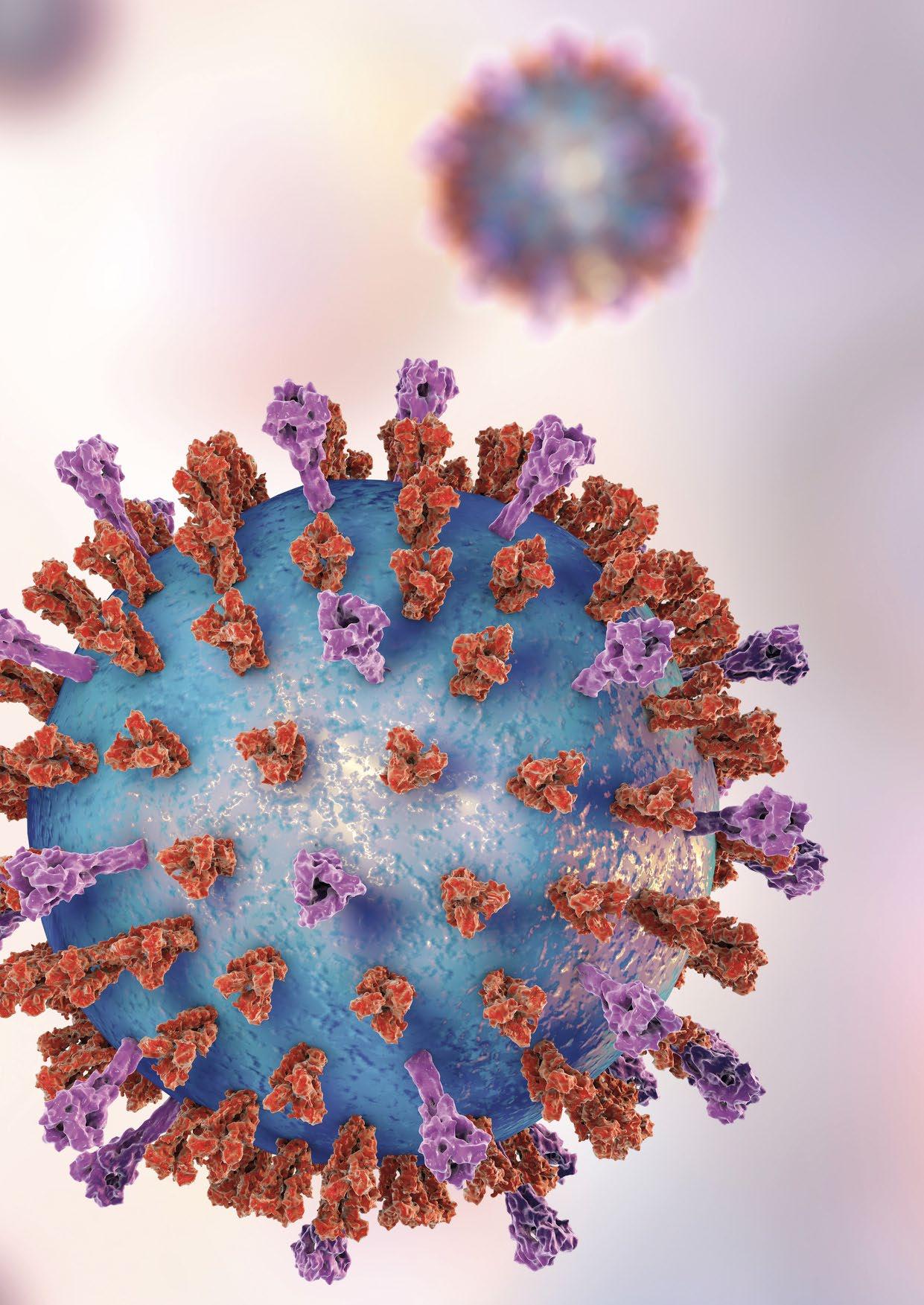
The fifth segment codes for the nucleoprotein (N) and is the antigen that allows classification of influenza viruses by genus into A, B, C and D.
Segment six codes for neuroaminidase (NA), which is a glycoprotein present on the surface of the virus that is involved in the release of viral particles from host cell receptors and is the antigen that allows the classification of influenza virus type A into 11 distinct NA (9 NA in birds and 2 NA in bats).
Segment seven codes for the matrix (M1 and M2).
Finally, segment eight codes for the nonstructural protein NS1 and NS2.
Figure 1. Structure of the Avian Influenza virus.
Pathology 73 aviNews International March 2024 | Avian influenza zoonosis
The AIVs found in the bird class can express on their surface one of the 16 HA and one of the 9 NA that can theoretically give rise to 144 viral subtypes. These two proteins have antigenic variations through two mechanisms:
The first is antigenic drift consisting of base mutations (substitution, insertion, deletion or reversal) due to the lack of correction of the RNA polymerase enzyme during viral genome synthesis.
The second is by recombination of its segmented genes when a cell is infected by two different subtypes. The latter mechanism allows the virus to acquire genomic segments from other species such as pig and human.
NATURAL HOST OF AIV
Currently, the 16 HA and 9 NA are found in nature in coexistence with about 225 species of wild waterfowl distributed worldwide and belonging mainly to the order Anseriforme (ducks, geese and swans) and order Charadriiforme (gulls, terns and shorebirds).
These viruses are also found in wetlands which are the aquatic habitat and where water is considered a way of transmission, but the few isolates in water suggest that it is limited.
Domestic birds

H1_H15
N1_N9
Migratory birds
Human
In North America, Germany and Switzerland, the subtypes with the highest frequency in ducks are H4N6 and H6N2, while H13-H16 subtypes have been reported in shorebirds.
Viruses present in wild birds are considered low pathogenic (LPA) and have limited intercontinental genetic exchange.
However, some subtypes related to hemoagglutinin H5, H6, H7 and H9 that come from wild waterfowl as low pathogenic viruses and have constant contact with domestic poultry production systems such as ducks, chickens and turkeys;
they begin a process of adaptation characterized by an increase in virulence and capacity to cause fatal disease.
 virus Avian virus New reordered virus
Figure 2. Rapidly detecting the introduction of new viruses.
virus Avian virus New reordered virus
Figure 2. Rapidly detecting the introduction of new viruses.
Pathology 74 aviNews International March 2024 | Avian influenza zoonosis

PATHOGENESIS OF AVIAN INFLUENZA VIRUS H5N2 OF MEXICAN LINEAGE
An example of this is the emergence and and current presence of the highly pathogenic H5N1 subtype in poultry in China, which has shown its capacity to kill domestic birds, some wild birds, mammals and, on rare occasions, humans when in close contact with poultry.
Where the virus has been detected in cases of pneumonia in humans in Asia, the genome has an avian origin, but the virus has not evolved to transmit directly from human to human.
Another example of zoonosis has been the H7N9 subtype that was detected in 14 fatal cases of 63 humans in China.
The genome of this subtype is genetically related to poultry viruses in live bird and pigeon markets.
Although the H5N1 and H7N9 subtypes have been phylogenetically associated with poultry, close contact is a key factor, as well as other humanspecific health factors.
The World Health Organization also considers H9N2 to a lesser extent, which is of low pathogenicity in chickens, but has been detected in humans.
The pathogenesis of the first Mexican AIVs of low and high pathogenicity were performed in vivo experiments.
In these studies, it has been evidenced that:
AIV H5N2BP/1994 inoculated into 4-week-old domestic chickens causes low mortality with moderate respiratory signs.
The virus spreads to the lung, lymphoid organs and visceral organs, causing tissue necrosis and lymphocyte depletion in lymphoid organs;
AIV H5N2AP also spreads to other organs such as the heart, brain, trachea and cecal tonsils causing necrosis, hemorrhages and loss of cilia in tracheal epithelium.
The cause of death of chickens experimentally infected with AIV H5N2AP is associated with damage to the capillary endothelium and thrombocytopenia leading to widespread vascular damage.
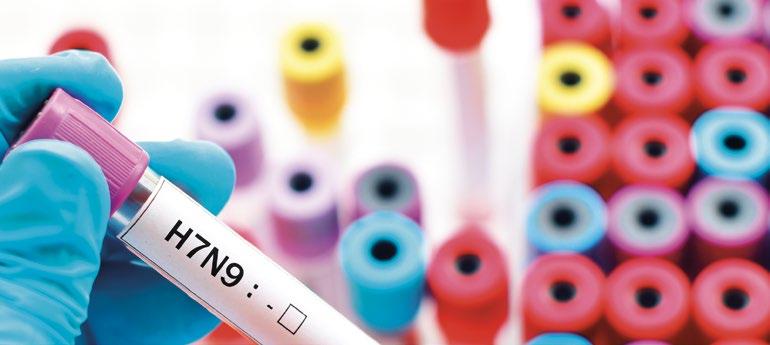
Experimentally, it was also shown that the H5N2AP virus is present in the peripheral blood 28 hours after inoculation and up to 72 hours after the end of the experiment.
Pathology 75 aviNews International March 2024 | Avian influenza zoonosis
Pathogeny study
The study of pathogenesis of AIVH5N2 in other avian species such as duck, plover, turkey, pheasant and quail inoculated with the virus by the intravenous route do not become ill and do not infect to chickens free of specific pathogens that coexisted with the infected wild birds
In another study, the pathogenesis of AIV H5N2BP/2007 in domestic ducks experimentally infected by intranasal and intratracheal routes, showed that this virus does not cause clinical signs in the duck but can be isolated from turbinates, larynx, trachea and lungs in the first 48 hours after inoculation and cause inflammation with mild to moderate lymphocytic infiltration.
Excretion kinetics studies
Excretion kinetics studies of Mexican lineage AIV H5N2BP/2007 were detected by virus excretion in the oropharynx and cloaca at least 21 days after inoculation in chickens and ducks.
While other authors have reported that inoculation of the H5N2BP subtype of Mexican lineage in ducks is excreted between two to fourteen days after inoculation by the respiratory route and from zero to seven days after inoculation by the cloaca.
It was also observed that AIV H5N2BP/2007 with mexican lineage inoculated in domestic duck can be excreted initially digestive and subsequently
Nucleotide mutations
Most of the nucleotide mutations studied in AIV have been concentrated in the HA gene cleavage region because the difference between the amino acid sequence of the HA of an outbreak virus and the vaccine virus
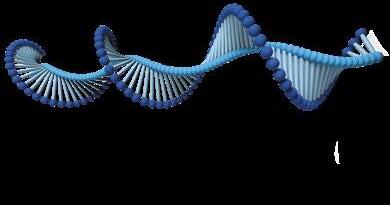
observed in chickens and ducks inoculated with H7N3BP, H7N2BP, H7N3BP and H7N9BP from wild ducks, chickens and domestic turkeys. The explanation for the change in tropism can be associated with:
Nucleotide mutations occurring in the HA gene and in the NA gene during viral replication and transmission in the animal as has been observed in the H11N9 subtype of wild duck.
Or because it has genes from other virus subtypes with which there has been recombination between chicken and duck viruses; as is the case of subtype H9N2BP in domestic duck from South Korea and subtype H5N2BP in wild geese in Africa.

Pathology 76 aviNews International March 2024 | Avian influenza zoonosis

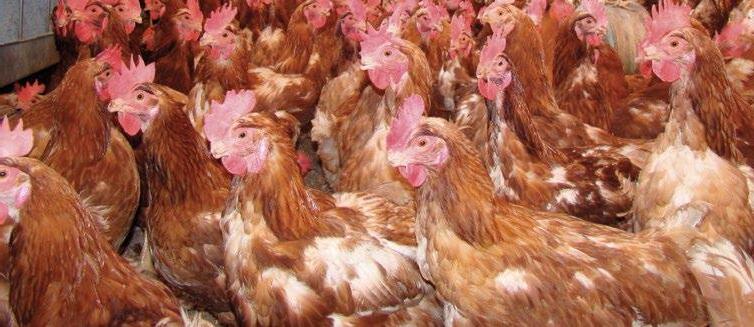
Accumulation of basic amino acids
The accumulation of basic amino acids in the HA cleavage region that is associated with high virus virulence in chickens is also analyzed, but the presence or lack of this basic amino acid region in some cases corresponds to viruses of low pathogenicity, suggesting the involvement of other genes in virulence, such as PB1-F2, PB2 and NS1 where mutations have been found by puric or pyrimidic base associated with virulence.
SITUATION OF AVIAN INFLUENZA VIRUSES (AIV) IN MEXICO
AIV H5N2
On May 23, 1994, the first isolation of low pathogenicity AIV H5N2 was reported, and in December of that year the first isolation of AIV H5N2AP in commercial poultry by the Laboratory of the U.S.-Mexico Commission for the Prevention of Foot-and-Mouth Disease and Other Animal Diseases (CPA). The AIV H5N2AP was eradicated in June 1995.
Direct contact
Wing apping Scratching Shaking the head
Contaminated surfaces
Touching the virus and then touching your eyes, nose or mouth. Birds that look healthy can still spread avian in uenza Avian in uenza virus in the air
The virus enters through the eyes, nose or mouth
However, to date, AIV H5N2BP is prevalent in commercial farms and backyard hens, but because of its low pathogenicity it can go clinically undetected as birds can recover.
Figure 3. Human infections by avian influenza viruses, rare but possible.
In 24 years of presence of the H5N2BP subtype, there are no reports showing that the virus has mutated to the highly pathogenic presentation, and its genome is of avian origin.
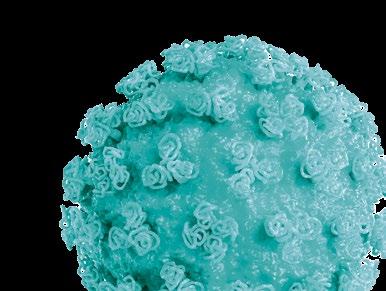
Pathology 77 aviNews International March 2024 | Avian influenza zoonosis
AIV H7N3
In June 2012, AIV subtype H7N3 with highly pathogenic molecular and biological characteristics appeared for the first time in poultry production units producing eggs for consumption in the State of Jalisco. After being controlled, it was epidemiologically absent for 17 weeks, appearing in January 2013, and present to date in some regions where there is technified poultry or backyard poultry farming.
The complete genome of AIV subtype H7N3 has phylogenetic origin with AIV from wild ducks of the United States and not with humans or pigs.
The highly pathogenic AIV subtype H7N3 present in hens from the State of Jalisco was identified antigenically and molecularly in the conjunctivae of two poultry workers from this region who presented conjunctivitis without fever or respiratory disease.
Experimentally, this unadapted viral isolate causes fatal disease in mice and is easily transmitted directly between ferrets, as well as easily replicating in human bronchial cells.
At present, subtypes H5 and H7 are avian influenza viruses that must be reported to SENASICA and OMSA. With respect to AIVs isolated or detected in wild birds in Mexico, low pathogenic type A influenza viruses H7N3, H6N2, H4N2 and H5NX subtypes have been reported in migratory wild ducks.
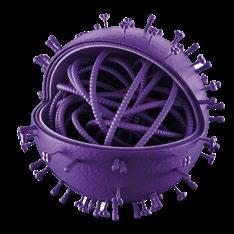
Currently, the H5N1 and H7N9 avian influenza viruses of asian lineage are the subtypes with the greatest impact on people’s health and their origin is due to the close contact between different species of production birds, wild ducks and the people who raise and trade them.
Avian Influenza Zoonosis
DOWNLOAD PDF

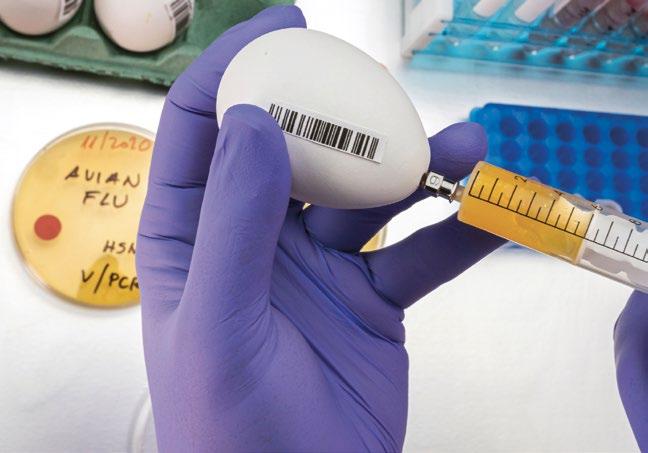






Pathology 78 aviNews International March 2024 | Avian influenza zoonosis
Figure 4. Avian influenza virus H5N1, impact on human health.


Your trusted acidif ying additive

Decreases the PH of water

Improves nutrient absorption


T



Acidifies the digestive system
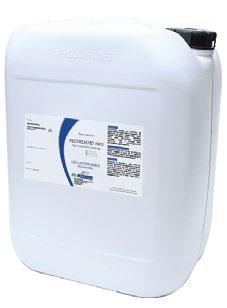
Sanitizes water consumption



Reduction of production costs (food and medication)


Presentations:
Saves on feed consumption
1, 5, 20, 200 and 1000 liters jar.

e most reliable bran d i
animal healt h





www.pecuar i u s. co m | Co nt ac t : p l e x por t@ pec u ar ius. co m
h
n
CARLOS GARCÉS NARRO
INTERVIEW

QUESTIONS FOR THE PRESIDENT OF THE EUROPEAN POULTRY CONFERENCE (EPC)
On the occasion of the upcoming XVI European Poultry Conference (EPC), to be held June 24-28 in Valencia (Spain), AviNews International had the privilege of interviewing Carlos Garcés Narro, PhD, president of the EPC and professor at the Faculty of Veterinary Medicine of the CEU Cardenal Herrera University in Valencia (Spain).
Interview 80 aviNews International March 2024 | Interview with Carlos Garcés Narro
What is the European Poultry Conference about?
The European Poultry Conference is a congress that encompasses all areas of knowledge related to poultry, including:
Nutrition
Health Welfare
Product quality
Smart farming
Sustainability Economics
And more
The conference is promoted and organized within the European Federation of the World’s Poultry Science Association (EF-WPSA) every four years. Each edition of the conference is held in a different country as the venue. This edition will be held in Valencia.
What can attendees expect from this conference?
The conference will focus on the latest scientific and technical advancements in poultry, presented through plenary sessions, parallel sessions, and a commercial exhibition.
Additionally, there will be a social program, including a gala dinner, providing an opportunity to exchange experiences with scientists and colleagues from the poultry industry.
Sponsor participation is crucial for the conference, as they assist in funding the organization of the event.
Sponsors will also have opportunities to participate in the commercial exhibition and host company meetings.
The expected number of attendees is approximately 1,600 from both academia and industry sectors.
How have your years in charge of the conference been?
The work has been... and continues to be challenging, but it is also very rewarding. The opportunity to interact with scientists from all over Europe and beyond, as well as with companies and organizers, makes it particularly fulfilling.
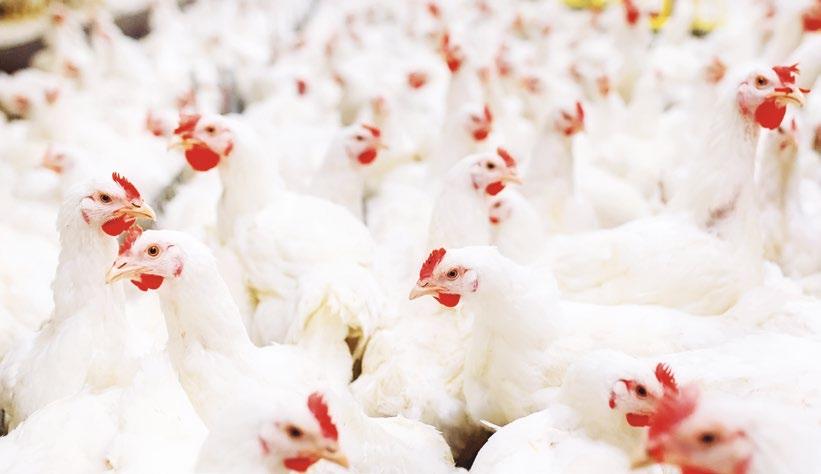
81 Interview aviNews International March 2024 | Interview with Carlos Garcés Narro

What is the vision of the EF-WPSA for the future of poultry farming in Europe?
Poultry farming is highly dynamic and resilient.
In fact, it is one of the livestock sectors most capable of withstanding economic and social crises, adapting to new production models.
As a key sector in providing food for European citizens, primarily in the form of meat and eggs, poultry will face the coming challenges and will undoubtedly emerge from them successfully.
What are the association’s main objectives and priorities for the coming year?
The objectives of the association are very stable and clear:
To promote poultry science and to assist the industry in facing upcoming challenges.
That’s why the association is organizing the EPC, but not only that.
The EF-WPSA is also preparing other conferences in 2025, such as symposia on poultry nutrition, welfare, product quality, genetics, and breeding.
Additionally, each branch prepares national symposia or congresses to address more local challenges.
I can say that this association is very active and is always closely engaged with the poultry sector.
What challenges is the European poultry industry currently facing and how is the association addressing these challenges?
The poultry industry in Europe faces significant challenges, including:
Food safety. Sustainability.
Animal welfare.
Maintaining economic viability.
And, crucially, ensuring a stable and substantial food source for European citizens.
These challenges are complex and require careful management. The objective of the WPSA is to assist in achieving success in addressing these challenges effectively.
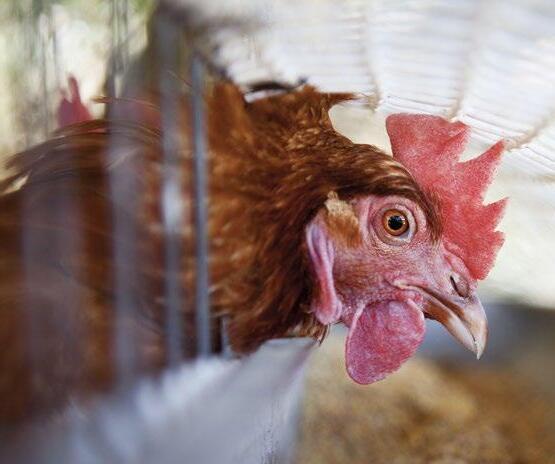
82 aviNews International March 2024 | Interview with Carlos Garcés Narro Interview

What initiatives or programs is the association promoting to foster research and development in the field of poultry farming?
The WPSA promotes poultry science, aiding researchers in achieving their research objectives and facilitating their dissemination to the industry.
Continuous interaction between academia and industry is crucial for aligning research objectives.
The organization hosts congresses and symposia, publishes a quarterly journal, and provides travel grants to attend various conferences, all of which are primary objectives of the association.
How does it collaborate with other organizations and institutions at the European and international level to promote the interests of poultry farming?
The WPSA is one of the organizations that maintains continuous communication with European institutions, aiming to address the questions in poultry science that are essential for both institutions and producers to advance and enhance poultry production efficiency and sustainability.
What role does the association play in promoting animal welfare in the European poultry industry?
The WPSA’s European Federation has a dedicated working group focused on animal welfare.
Within this group, top researchers collaborate to conduct and disseminate research findings.
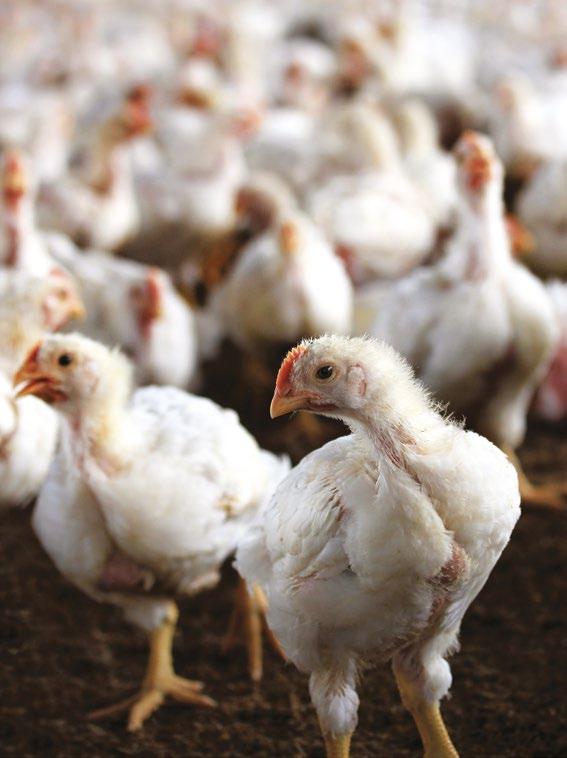
Every two years, a symposium centered on poultry welfare is held in a different European country. We believe that the discourse surrounding animal welfare is of paramount importance, and the association is deeply committed to addressing this issue.
Interview 83 aviNews International March 2024 | Interview with Carlos Garcés Narro
How are European poultry practices adapting to changes in consumer demand and government regulations?
As we have already mentioned, poultry industry is highly dynamic constantly endeavors to adapt to shifts in consumer preferences, societal changes, and government regulations.
The poultry industry maintains close ties with society to ensure the provision of high-quality food that is sustainable, environmentally respectful, and upholds animal welfare standards.

Various production methods coexist within poultry farming, offering consumers a range of options.
Given Europe’s diverse geographical landscape, it is essential to encompass all these options to cater to the needs of consumers effectively.
What opportunities and challenges does digitalization and technology present in modern poultry farming, and how is the association addressing these?
Digitalization is an important tool in our evolving world, and the poultry industry is not turning its back on this trend. On the contrary, all technologies are welcomed into the poultry industry.
The application of technology poses a challenge in integrating it into the entire production process.
them achieve more efficient, controlled, environmentally friendly, and worker-animalfriendly production.
In line with this, the WPSA includes discussions on technology application in all its general meetings, with a significant number of research groups in this area actively participating.
What steps is the association taking to promote environmental and economic sustainability in the European poultry industry?
Sustainability and environmental challenges are paramount in the work of the WPSA.
Environmental protection holds particular significance in our densely populated continent, where the landscape has been heavily influenced by human activity for centuries.
The adoption of new energy sources is of great importance in our region, and our focus on renewable energy is pivotal.
84 aviNews International March 2024 | Interview with Carlos Garcés Narro Interview
Additionally, mitigating pollution poses a challenge that the poultry industry has been addressing quite successfully.
Both poultry meat and eggs are among the least polluting animal products.
The farms, along with the entire production chain, are implementing changes to recover pollutants and prevent their spread into the environment.
What is the association’s role in the education and training of poultry professionals?
Of course, education is one of the primary goals of the WPSA, enabling future and new poultry specialists to acquire knowledge of the latest trends in poultry science and industry.
Every WPSA congress or symposium features a youth program aimed at encouraging young people to participate in the poultry industry, applying the latest knowledge and addressing the challenges of contemporary society.
At the EPC, 40 young scientists will
How is the association addressing antimicrobial resistance and other public health concerns related to poultry?
The poultry industry, like other animal production sectors, faces the challenge of reducing the use of antimicrobials
The achievements of the European sector in this regard over the past few years have been truly remarkable.
Efforts are ongoing, and the results are highly positive.
Producing poultry products with minimal use of antimicrobials, once deemed impossible, is now a reality.
The combined efforts of research groups in both academia and industry have contributed to achieving this goal.
The findings of this field, along with all the latest developments, are presented and shared at our conferences and symposia.
At the next EPC, a session will be
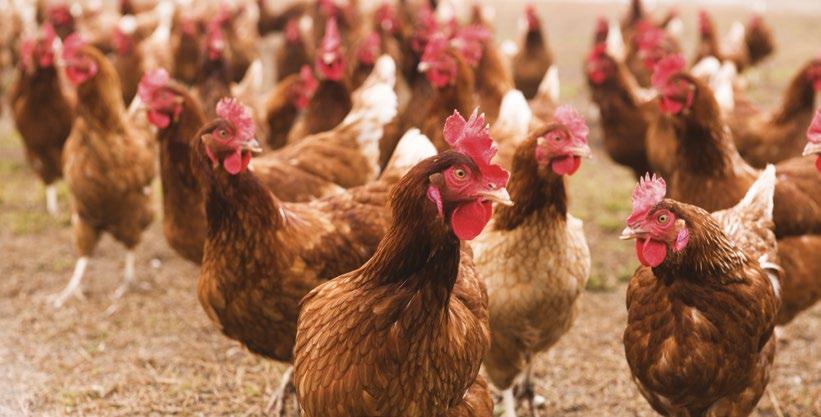
Interview 85 aviNews International March 2024 | Interview with Carlos Garcés Narro
What opportunities for collaboration exist for poultry researchers and professionals through the association?
One of the goals of the WPSA is to bridge the gap between academia and industry.
The participation of both sectors in our meetings, such as the upcoming EPC, is instrumental in strengthening these connections. Many of the ideas shared at these meetings serve as the foundation for academia and industry to initiate new projects, resulting in valuable discoveries beneficial to both the industry and society.
Poultry researchers develop highly applicable science that often proves beneficial to professionals in the poultry sector.
How is the association promoting diversity and inclusion in the European poultry industry?
The WPSA is actively promoting inclusion and diversity within the poultry science through various initiatives. By fostering a welcoming and inclusive environment at its events and conferences, the association ensures that individuals from diverse backgrounds feel valued and represented. Additionally, achieving gender balance between women and men is an objective in our congresses and symposia.
What are the association’s most notable achievements in recent years and what are your plans for the future?
The European Federation of the WPSA takes great pride in the success of the congresses and symposia organized in recent years.
Currently, participation in these conferences is exceptionally high, indicating the robust activity within the poultry sector and the overall health of poultry science.
These events successfully attract both academia and industry participants.
Collaboration between academia and industry remains the primary objective of our association.
Expectations for the next EPC are soaring, with over 40 sponsoring companies, a bustling commercial exhibition, plenary keynotes, parallel sessions featuring keynote speakers, and more than 500 scientific communications, including oral presentations and posters.
Registration for the event closed over three months in advance due to overwhelming demand.
Moving forward, we aim to maintain this momentum while addressing any emerging issues.
Interview with Carlos
Garcés Narro
DOWNLOAD PDF
86 aviNews International March 2024 | Interview with Carlos Garcés Narro Interview

New generation of Zucami aviaries AVIARY GREEN WAY for LAYERS AVIARY VISION for LAYERS AVIARY GREEN START for REARING-BREEDING NEW WEBSITE
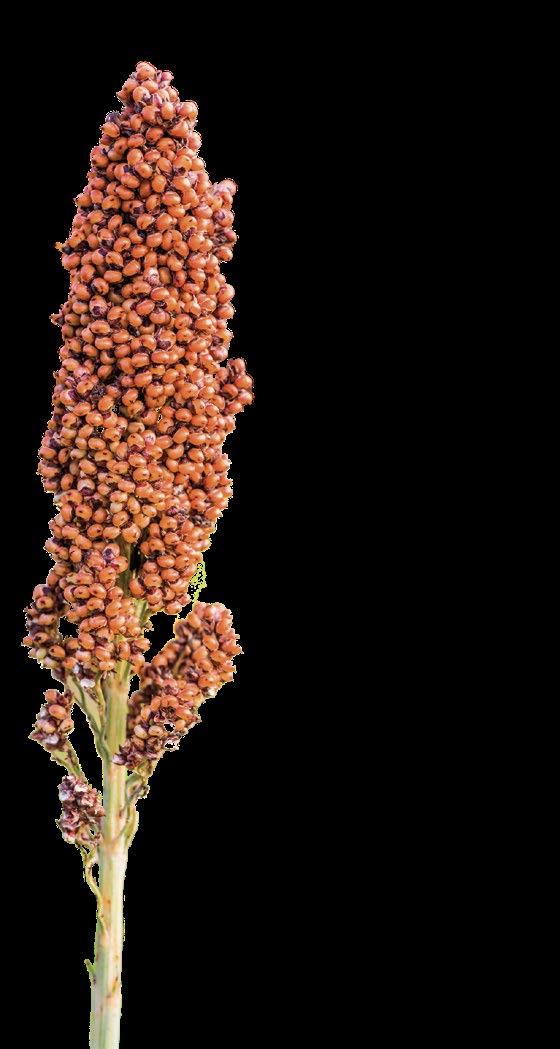
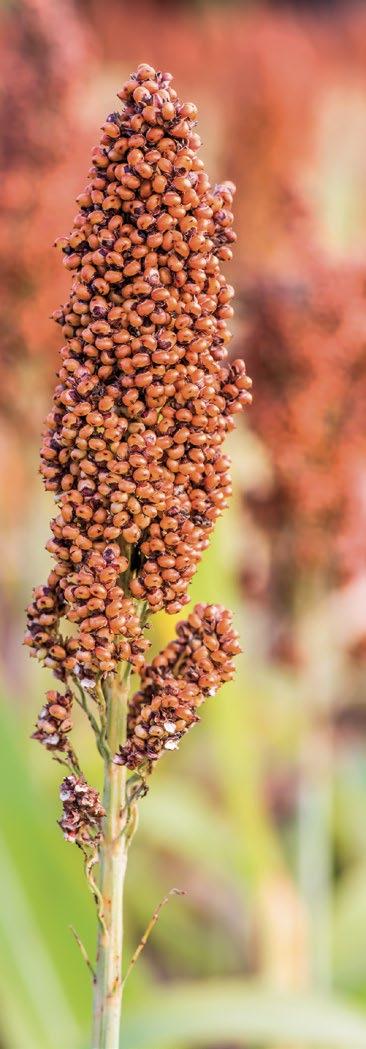
TAND MYCOTOXINS IN CONDENSED TANNINS GENOTYPICALLY BROWN SORGHUMS: A new CHALLENGE TO OVERCOME in poultry production
Dr. Marta Jaramillo
DVM, MS, PhD in Agricultural Sciences
Mycotoxicology – Nutrition – Research Independent International Advisor
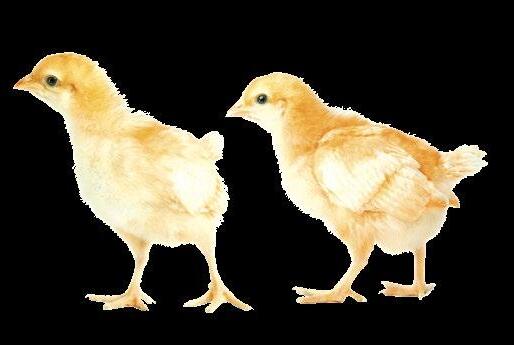
he development of poultry and swine farming systems with characteristics of intensive production has been supported by establishing a circuit that entails the production of balanced feed on a large scale.
In turn, balanced feeds have been structured based on the use of corn as the main energy component of the feed, with very particular advantages over other cereals, such as the fact that they do not have anti-nutritional compounds within their components.
Nutrition 88 aviNews International March 2024 | Condensed tannins and mycotoxins in genotypically brown sorghums: a new challenge to overcome in poultry production
However, since the 1970s, other cereals have been included in the formulation of commercial diets for poultry and pigs.
In South America, particularly in Venezuela, after corn, grain sorghum is the other cereal used by the balanced feed industry.
Most of these sorghums contain condensed tannins (CT) within their components, which have been linked in non-ruminants with an adverse effect on digestion and the metabolism of nutrients.
This report highlights relevant concepts related to the toxicology of genotypically brown sorghums (GBS), emphasizing aspects related to their intrinsic and extrinsic toxicities.

Pericarp
Horny endosperm
Floury endosperm
Testa (Tannins)
Pericarp Aleurone
Floury endosperm
Peripheral endosperm
Floury endosperm Embryo Embryo Embryo Aleurone
Horny endosperm
Peripheral endosperm
TOXICOLOGY OF GENOTYPICALLY BROWN GRAIN SORGHUMS
The GBS designation is given by the presence of a defined layer of cells called the testa (Rooney and Miller, 1981; Rumbos, 1986). This layer is present and highly pigmented in the initial grain formation stage.
Figure 1. Sorghum grain and testa.
89 aviNews International March 2024 | Condensed tannins and mycotoxins in genotypically brown sorghums: a new challenge to overcome in poultry production
Nutrition
As a highly significant structural characteristic, it has been determined that GBSs with a highly developed and highly pigmented testa have high total polyphenol and CT contents compared to those with little or no development of this layer (Doherty et al., 1987; Ciccola, 1989).
This fact suggests that it is in this layer where the cells that produce these compounds are located. Therefore, those cultivars that do not have a testa (genotypically white sorghums) do not contain CT; their nutritional value is around 96-98% in relationship with corn (Sullivan, 1987).
Intrinsic Toxicity: Polyphenolic Compounds
From a chemical point of view, polyphenolic compounds can be classified into three groups:
Phenolicacids
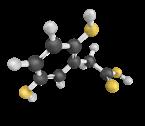
Flavonoids

Tannins

Phenolic acids are found in all sorghum cultivars and the vast majority of flavonoid compounds, while tannins, particularly condensed ones, are present only in GBS, possessing a pigmented testa, resistant to bird attack and enzymatic degradation (Hahn et al., 1984).
Tannins
Tannins are a complex of phenolic polymers that constitute some of the most numerous and widely distributed natural products in many vegetables, including trees, fruits, and grasses.
Their presence in cereals is rare, and in the case of sorghum, they are only found in genotypically brown cultivars (Mehansho et al., 1987a).
Nutrition 90 aviNews International March 2024 | Condensed tannins and mycotoxins in genotypically brown sorghums: a new challenge to overcome in poultry production

BETTER MEAT AND CARCASS QUALITY CREATES BETTER PROFITABILITY
Producers don’t want to compromise on quality. And rising consumer and industry demands can add to the pressure on quality-focused producers. That’s why NOVUS delivers science-based nutrition solutions to support:
• Meat and carcass yields
• Footpad health
• Reduction in secondary carcass condemnations
• Reduction in woody breast and white striping
• Stronger bones and skeletal development
• Animal welfare
Work with NOVUS and get more out of your poultry to meet rising consumer expectations.


The Scale Up™ program helps nutritionists and producers achieve their flocks’ full genetic potential and performance by focusing on improvements in meat production and carcass quality through sustainability-driven intelligent nutrition.
NOVUS® is a trademars of Novus International, Inc., and is registered in the United States and other countries. TM Made of More and TM Scale Up are trademarks of Novus International, Inc. ©2024 Novus International, Inc. All rights reserved. Scale
a NOVUS program
Up
Hydrolyzable Tannins Condensed Tannins
Research by Hahn et al. (1984) made it possible to distinguish two large groups:
Its main representative is tannic acid, which unfolds into its characteristic components: a sugar and a phenolic acid (gallic acid or ellagic acid) when subjected to treatment with acid or alkaline solutions or with hydrolytic enzymes such as tannase.
Figure 2. Structure of the Proanthocyanidin Polymer (Condensed Tannin). Source: Adapted from Gupta and Haslam (1979).
They are high molecular weight (500 to 3000 daltons) phenolic polymers, soluble in water, which result from the condensation of flavan-3-ols or catechin units and are referred to as proanthocyanidins (Salunkhe et al., 1982).
CTs have the ability to precipitate alkaloids, gelatins and other proteins, forming stable tannin-protein complexes; which will lead to protein inactivation with subsequent protein precipitation (Aw y Swanson, 1985).
This type of tannin has been scientifically associated with the deterioration of the nutritional value of GBS and the productive response in poultry (Hahn et al., 1984; Jaramillo, 1992).
Extrinsic Toxicity: Mycobiota Metabolites
The presence of molds as natural contaminants of plant inputs, particularly grain sorghums, is significant since, in addition to the intrinsic toxicity of the grain generated by the presence of CT, a new toxic component is incorporated.
This new toxic component is extrinsic in nature. It is represented by natural contamination by mycotoxins when those molds have the genetic capacity to produce one or more of these chemical compounds..
Aflatoxins
Fumonisin
Nutrition 92 aviNews International March 2024 | Condensed tannins and mycotoxins in genotypically brown sorghums: a new challenge to overcome in poultry production
Zearalenone
Once generated in sorghum grains, mycotoxins can be ingested through feed, causing organic dysfunctions in birds that negatively compromise overall health and production rates.
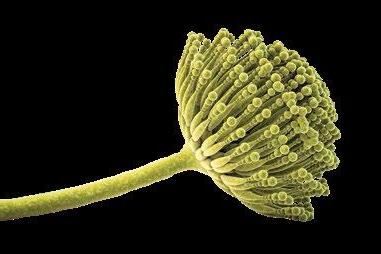
The trinomial CAUSE - EFFECT - RESPONSE can be defined as the action of causal agent on biological systems, giving rise to an effect that is expressed through a response or measurable and/or visible manifestations (Jaramillo, 2005).
Source: Dr .
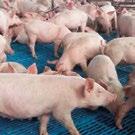
In production animals, particularly poultry and pigs, the effects that could be generated by the consumption of GBS high in CT and contaminated with mycotoxins are unknown since research efforts in this type of sorghum have focused on the study of the antinutritional effects of tannins.
TOXICOLOGY OF THE TRINOMIAL CAUSE – EFFECT – RESPONSE DRBC MSA

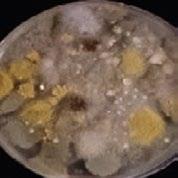
8 days of incubation
Photo 1. Mycobiota in sorghum. Petri dishes in DRBC and MSA media at eight days of incubation. Source: Dr. Marta Jaramillo (1999 - 2018)
Currently, it is known that in the GBS:
The CAUSE component is represented by the intrinsic presence of CT and by the extrinsic presence of metabolites produced by a mycobiota that contaminates the grain internally and externally in the field and to which an external mycobiota load is added during storage and transport.
The EFFECT component is represented by the generation of effects developed by the CAUSE component in organs and tissues of the different biological systems.
The RESPONSE component is linked to the manifestations exhibited by the animals as a consequence of the EFFECT component; These can be measured quantitatively (Jaramillo, 2005).
LuisMariño(2022 ) . Nutrition 93 aviNews International March 2024 | Condensed tannins and mycotoxins in genotypically brown sorghums: a new challenge to overcome in poultry production
CONDENSED TANNINS
Metabolic Toxicity
Direct absorption of CTs does not seem to be possible. Perhaps, due to the anatomical barriers encountered and, more specifically, due to the large size of the tannin polymers, which are not degraded to their final products by the gastrointestinal tract enzymes.
However, some evidence of metabolic toxicity has been related to a possible action of CT and other chemical compounds present in the sorghum grain, such as:
The studies by Sell and Rogler (1983) show possible metabolic toxicity of CT by finding an increase in the activity of the enzyme UDP-glucuronyltransferase in birds that consumed sorghum high in tannins in relation to those fed with sorghum low in tannins.

This enzyme is known to be involved in the detoxification processes of phenolic compounds. On this basis, an increase in its activity could imply the absorption of CTs through the intestinal wall.
This hypothesis is reinforced by the observations of Martin-Tanguy et al. (1976), who report that tannins reduce the metabolic use of amino acids.
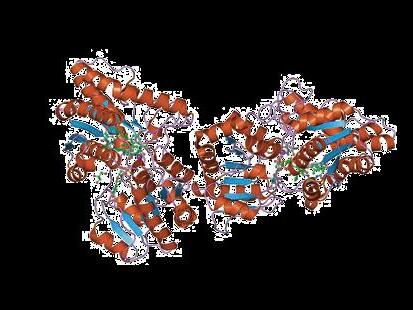
enzyme UDP glucuronyl transferase
In this area, the studies by Jaramillo (1992) showed histological and histochemical alterations of the gastrointestinal tract in broilers that received diets with high tannin sorghums.
These findings would indicate the presence of an injurious agent that could be related to the action of these compounds or to that of flavonoid oligomers.
Nutrition 94 aviNews International March 2024 | Condensed tannins and mycotoxins in genotypically brown sorghums: a new challenge to overcome in poultry production
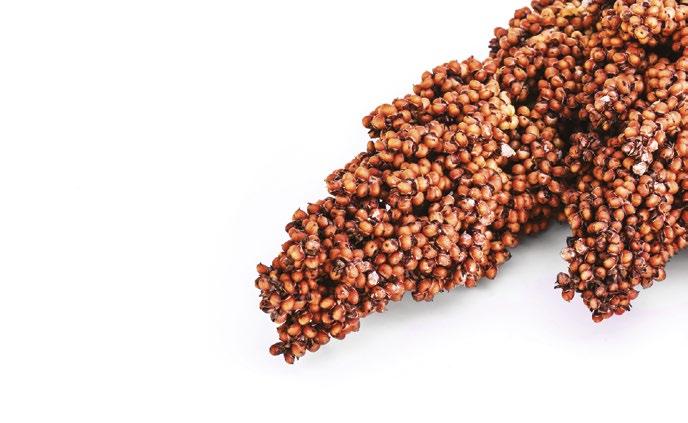
MYCOBIOTA METABOLITES
The research of Jaramillo and Wyatt (2000ab, 2001ab, 2002ab, 2003ab, 2004ab) were conducted as pioneers in the study of the trinomial of toxigenicity in grain sorghums, highlighting that the elements of said trinomial would be represented by:
Condensed Tannin Content (CTC).
Mycobiota Contamination (MC).
Toxigenic Potential of the Mycobiota (TPM).
This trinomial has left open an exciting area of investigation.
In their different studies, Jaramillo and Wyatt discuss significant findings that currently allow us to understand the toxigenicity of GBS under a new concept of an integral system of Condensed
This toxigenicity system occurs naturally under field conditions given the per se presence of tannins in the grain and its internal and external contamination by mycobiota.

Nutrition 95 aviNews International March 2024 | Condensed tannins and mycotoxins in genotypically brown sorghums: a new challenge to overcome in poultry production
CONCLUSION
In the study of the toxicity of GBS, a new approach concept that involves the trinomial: CTC – MC – TPM allows for a more accurate and representative comprehensive evaluation of the toxicity per se of the grains, of the contamination events that occur both at the field and storage level and the effects on birds and pigs where they generate an adverse response on the function of different organs and systems; being the young animals the most affected.
Understanding its toxicity will lead us to more efficient and rational animal nutrition and feeding use.
Source: Dr. Marta Jaramillo (2016)

Source: Dr. LuisMariño(2022) . References upon request
Condensed tannins and mycotoxins in genotipically brown sorghums: A new challenge to overcome in poultry production
DOWNLOAD PDF

patología 96 aviNews International March 2024 | Condensed tannins and mycotoxins in genotypically brown sorghums: a new challenge to overcome in poultry production


aviNews International the English-language poultry magazine for the international market aviNews® International agriNews® CONTACT US! /avinewsinternational POINTING IN THE RIGHT DIRECTION Luis Carrasco Managing Director lc@agrinews.es +(34) 605 09 05 13 Adoración Guerrero Guzmán Key Account Sales Manager int@grupoagrinews.com +(34) 664 66 06 05
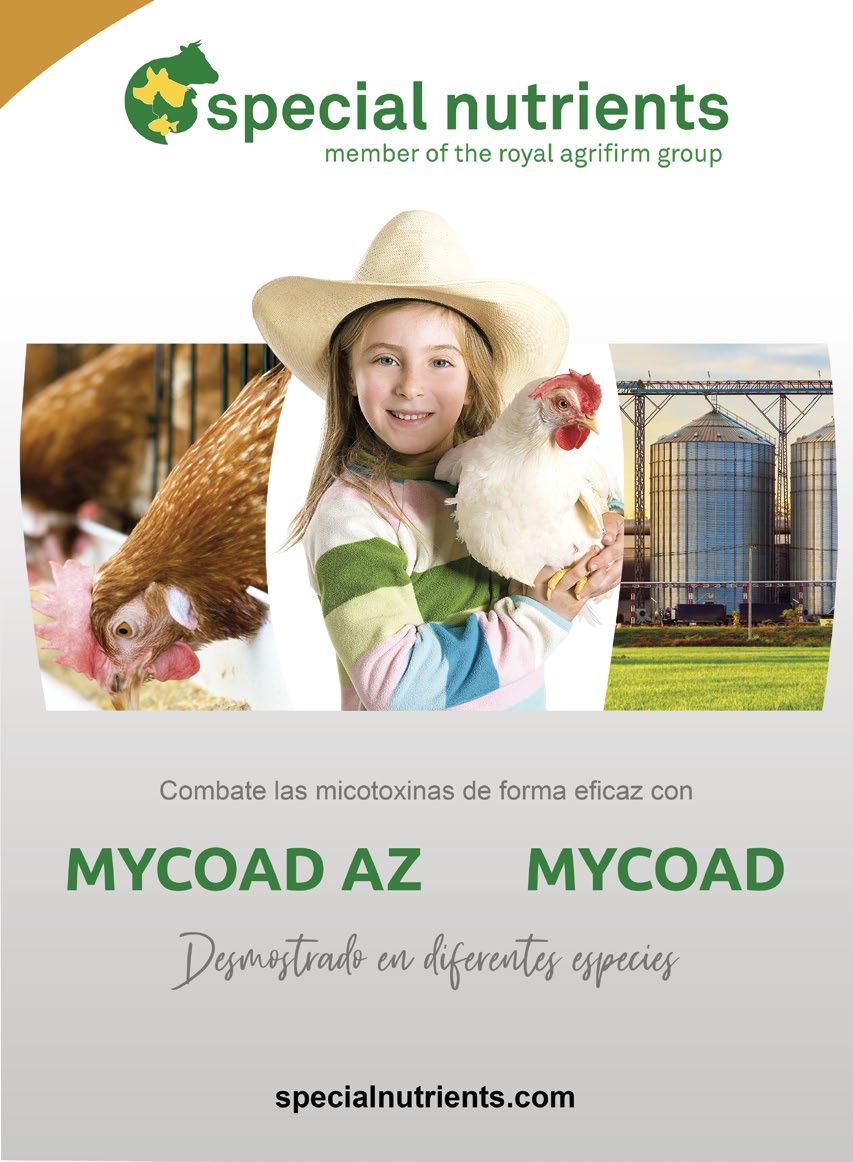




















 AviNews Br team and Rodrigo Galli
AviNews Br team and Rodrigo Galli

















 Figure 1. Representation of the pillars of clinical practice, pathology and epidemiology.
The clinic studies sick animals
Pathology studies dead animals and/or parts of these and of the sick ones
Figure 1. Representation of the pillars of clinical practice, pathology and epidemiology.
The clinic studies sick animals
Pathology studies dead animals and/or parts of these and of the sick ones






































 Edgar O. Oviedo-Rondón Prestage Department of Poultry Science, North Carolina State University
Edgar O. Oviedo-Rondón Prestage Department of Poultry Science, North Carolina State University





























 Figure 1. Examples of broiler images from different scenes. b. Broiler images from reused litter floor.
Figure 1. Examples of broiler images from different scenes. a. Broiler images from fresh pine shavings floor.
Figure 1. Examples of broiler images from different scenes. b. Broiler images from reused litter floor.
Figure 1. Examples of broiler images from different scenes. a. Broiler images from fresh pine shavings floor.




























 Fig. 3. Detection results using YOLOv5 and YOLOv5-CBAM in reused litter. (b) Birds at day 9. (c) Birds at day 16. (d) Birds at day 23.
Fig. 3. Detection results using YOLOv5 and YOLOv5-CBAM in reused litter. (b) Birds at day 9. (c) Birds at day 16. (d) Birds at day 23.










 Figure 2. Thermal variation in conventional and climate-controlled aviaries (Guerra, 2020).
Figure 2. Thermal variation in conventional and climate-controlled aviaries (Guerra, 2020).




























 Picture 2. Example of feed collected at the beginning (left) and at the end (right) of the feeding line.
Picture 3. Example of a good dimensioned feed delivery
Picture 2. Example of feed collected at the beginning (left) and at the end (right) of the feeding line.
Picture 3. Example of a good dimensioned feed delivery



























 virus Avian virus New reordered virus
Figure 2. Rapidly detecting the introduction of new viruses.
virus Avian virus New reordered virus
Figure 2. Rapidly detecting the introduction of new viruses.



























































